Park visit: December 1-4, 2019
DAY ONE (AND A BIT): Arrival and paddle to Hells Bay
After a long day of driving, I arrived late on Sunday night at the Flamingo Visitor Center feeling a little anxious. The next day I had reservations to pick up a kayak so I could head into the backcountry of Everglades National Park, but the permit required by the park can only be picked up in person the day of or day before you plan to head out. I was afraid the permits for the sites I wanted would all be taken. The permits are for campsites known as chickees. A chickee is a raised platform about two feet off the water. Since there is hardly any solid ground in the backcountry, the chickees are built for campers to stay on. They are roughly 12’x12’ platforms, often in pairs with a walkway connecting them. Each chickee site comes with a port-a-potty. Since discovering what a chickee was about a year prior, I knew it was something that I had to experience.
Being well after dark, there were no signs of life at the visitor center; it was locked and dark and nobody was hanging out in the parking lot. I sat in my car for a while deciding what to do. At this point, about 11:00 p.m., I figured either everyone had claimed the available permits for the next day or they were still available and nobody was coming until the morning. No use in worrying about, so I headed for the campground where I had a site reserved for the night. I would just come back before the visitor center opened and get in line for a permit. It was only a quarter mile away so it would be easy enough to zip back.
Black vultures hovering over the shore of Florida Bay.
The campground at Flamingo would set the tone for the rest of my two week, east coast, national park trip; I just about had it all to myself. The campground has 234 sites and I think three of them were taken. I had an entire row of campsites to myself. Fine by me. I had the bed set up in my SUV, so I didn’t need to pitch a tent. After coming out of the bathrooms I met the people at one of the other sites and they invited me to hangout. They were from rural southern Indiana. Remington, Dustin, and I forget the girl’s name. The girl had never been on vacation before. At one point I made an offhand comment about meth being easy to find in Florida and Dustin said he used to be an actual meth head. So that was special.
The next morning I headed right for the visitor center. I had two hours to wait until it opened and nobody was there yet. I was first in line! While I waited, I wandered over by the water next to the old visitor center (which is under renovation). It looks out over Florida Bay. What I saw here would come to symbolize my experience at Flamingo; the astounding amount of wildlife. Above the water were several dozen circling black vultures. They were lined up on the roof of the old visitor center as well. We have vultures where I’m from in New York as well, but I’d never seen them in this number.
I went back and waited in my car again. I put the bug nets in the windows so I could put the windows down. The bugs weren’t horrible, just present. I was still the only one in the parking lot. Eventually a car did pull in. It was the rangers! They asked if I was there for a permit and to give them a minute to get things situated. I was finally let in and made a b-line for the counter to get my permit. I was really hoping to get two nights on the Hells Bay Canoe trail at two different chickee, and they only have two permits per night per chickee. She opened the book and… there wasn’t a single other person signed up for any of the Hells Bay Trail sites for that night. I would have my pick of the litter. What a relief! I put in for a night at Hells Bay and a night at Pearl Bay. This was the Monday after Thanksgiving weekend, which was apparently very busy. Now they were in a lull until the busy season starts closer to Christmas. I picked the perfect time to visit, not too hot, minimal crowds, and few bugs.
With permits secured, I headed over to the marina to check in at the kayak rental. The kayak rental, operated by Flamingo Adventures, is located across the parking lot from the visitor center at the marina. There is a small marina that services the Buttonwood Canal which heads into the park interior, and a larger marina that services Florida Bay. I was all set and needed to come back around 10:30 to get fitted for my life jacket, paddle, and kayak.
A wood stork at Eco Pond.
After a quick shower back at the campground (had to take advantage of it while I could), I stopped at Eco Pond, within walking distance of the campground. It’s a small pond where I saw ibis, egret, and even a wood stork stalking fish. I went back to the parking lot to start packing for my kayak trip. I stood at the back of my SUV packing and arranging stuff when I noticed the first one. A crow had landed on the roof. I continued packing. Another crow landed on the pavement next to me. And another one of the side rearview mirror. Within minutes there was half a dozen crows circling me just waiting for me to leave something unattended. The way they were looking at me I wouldn’t have been surprised if they pulled out switchblades. My attempts to shoo them away were meant with mild annoyance. I packed as fast as I could to get out of there.
I went back to get my rental gear. I was surprised to learn the kayaks were the sit-on-top kind. I was expecting the sit-inside type, but whatever. These had a sealed hull, basically making them unsinkable. They loaded it onto a trailer and gave me the paddle and life jacket. We drove 10 miles down the road to the Hells Bay Canoe Trail. After helping the guy unload the kayak, I half jokingly asked if it would get below freezing tonight. The guy started laughing. What can I say, it’s December, I’m from Upstate New York; it’s how I think. I decided to bring my puffy jacket, just in case.
As I started loading it I noticed dark clouds moving in. Great. Sure enough just when I was about done loading it started raining. It only rained a few minutes, but it was enough to get everything wet. Everything that needed to stay dry was protected, but still. Had I shown up ten minutes later I would’ve missed it. Right then a canoe came up to the dock with two women in it. They were coming back from an overnight at Hells Bay. I asked them how it was and they said it was great. When they were out of the way, I stood on the dock looking down the trail. The mangrove had formed a loose canopy over the water. and the trail only went about 30 feet before it took its bend. I felt like I was heading into the Amazon.
Hells Bay Canoe Trail. And this is the start of it. This is taken from the dock at the trail head before I’ve even gotten in the water.
I slid the boat into the water and climbed aboard. I pushed off the dock and headed into the mangrove. Half the distance I’d be doing today would be spent in these tight mangrove channels. It’s almost impossible to get a good rhythm going. The trail is so tight you are always maneuvering the paddle around mangrove branches and roots. Also, the trail is constantly zigzagging, so when I did happen to get some speed going I’d have to brake on one side to do a hard turn in the trail. It was like this for a couple hours as I weaved my way through the thick mangrove. The trail is marked with lengths of PVC pipe sticking out of the water. This does help with navigating, but there were still a few times when I had lost the trail and had to backtrack a bit to try again. At one point I stopped to check my progress on Google Maps and hadn’t gone nearly as far as I thought. You tend to lose sense of distance weaving through the mangroves.
The green line is the route through the mangrove channels, from the trail head on the Park Road to Lard Can campsite. Only 1.8 miles straight line distance, but 3.5 miles of twisting trail to get there.
Lard Can tent site. It’s a mud pit.
After a few miles, the tight mangrove channels start to give way to the more open waters and bays of the park’s interior. Nearly three hours after setting sail, it was time for a break. I was coming up on the campsite known as ‘Lard Can’. It wasn’t unoccupied so I was safe to stop for a rest. Unlike the two sites I would be staying at, Lard Can was on what passed for solid ground in the Everglades. I walked down the short dock to where the tent site was. I stepped one foot off the dock and my foot immediately started sinking into the mush. I pulled back and was thankful I hadn’t decided to stay there.
I got back in the kayak and continued on. The paddling was much easier now in the open waters so I could go faster. 45 minutes later I passed the Pearl Bay chickee, where I’d be spending tomorrow night. At this point the wind was starting to pick up on these open waters. I felt like I was getting pushed around quite a bit, to the point where it was getting hard to steer. Then I turned a corner to face what would be the largest expanse of open water on the whole trip. Situated between Pearl Bay and Hells Bay, as far as I know it isn’t named, the winds here were the strongest yet.
I pulled over into the mangrove to take a break and get my bearings. There were two things concerning me; where I needed to go and that damn wind. According to my map and GPS, I was right where I needed to be. The problem was I couldn’t see the next trail marker. I knew roughly where it should be, but at 1 km across this bay, it was going to be difficult to pick out a piece of PVC pipe or the narrow channel it marked. I’m pretty good with navigation though and I was confident I could use other landmarks to get there. The other issue was the head wind. It was making the bay choppy and I was getting a little tired, but not bad. I considered whether or not I should turn around and just do two nights at Pearl Bay. This bay was the last major hurdle before I got to Hells Bay. I decided to forge ahead.
My plan was to head for a small mangrove island in the middle of the bay and reassess. I pushed off and had to immediately start paddling hard so I didn’t get pushed back into the shore. The water was definitely choppy. Water was splashing up over the hull onto me as I paddled. I basically couldn’t stop paddling or else the wind would push me off course and turn me around. I reached the leeward side of the island and was able to take another short rest. I still couldn’t see the marker, so I planned to head for the shore further north than I needed and just head south along the shore until I got to the channel, ensuring I didn’t pass it. One more stretch of windy, choppy open water and I finally hit the shore and headed south. I did eventually find the marker and the mangrove channel. It was a short, wider channel and easily paddled. When I came out of it, I looked across the narrow stretch of open water and finally saw my home for the night: Hells Bay chickee. I was so excited!
The green line is the route from Lard Can to Hells Bay Chickee, and then back to Pearl Bay Chickee. 2 miles straight line distance and 3 miles of trail.
At first I thought someone might be there because the port-a-potty door flung open, but it was just the wind flapping the door around. I pulled up to the chickee and breathed a sigh of relief. It had taken me about four and a half hours to get there through a couple paddling challenges, but it was an awesome day on the water and now I could take it easy. I pulled the kayak up onto the chickee (I didn’t trust my knot tying ability and didn’t want to wake up stranded because my kayak drifted away). The chickee, while structurally sound, looked a little rundown. The wood planks looked old and needed to be stained. And the port-a-potty door was flapping because the latch was broken. I secured it with a carabiner. There were no railings, and no real easy way to get in and out of a kayak or canoe.
It was getting late in the day so my first priority was to get my tent set up. I was the only one staying there so I had my choice of which platform I wanted. I picked the one closer to the open water but quickly found the wind was making it too difficult to put my tent up. Tents must be free standing (no stakes, screws, nails, etc.), so I weighed it down with water bottles and other heavy objects. But every effort to erect it saw the wind just push it over. I finally gave up and moved to the other platform which wasn’t quite as windy. I had much better success on the side. I finally got the tent set up next to the kayak. Since the chickee had a roof over it, I didn’t bother putting the fly over the tent.
My camp for the night on the Hells Bay chickee.
Now it was dinner time. It was still pretty windy and I didn’t have a wind screen for my camp stove. As I thought about what to do, it occurred to me; the only place on the chickee that was out of the wind was… the port-a-potty. So I closed the toilet lid and set up my stove so I could cook my couscous. Not optimal conditions, but it worked. I mixed the couscous with a packet of tuna and made a cup of tea. The only place to comfortably sit was in the kayak. So I sat there in the kayak with my legs on the outside of it, eating my couscous and tuna, looking out over Hells Bay awash in the amber glow of the setting sun, pleased with my efforts for the day and finally getting to camp out on the famed Everglades chickees.
DAY ONE PHOTO GALLERY:
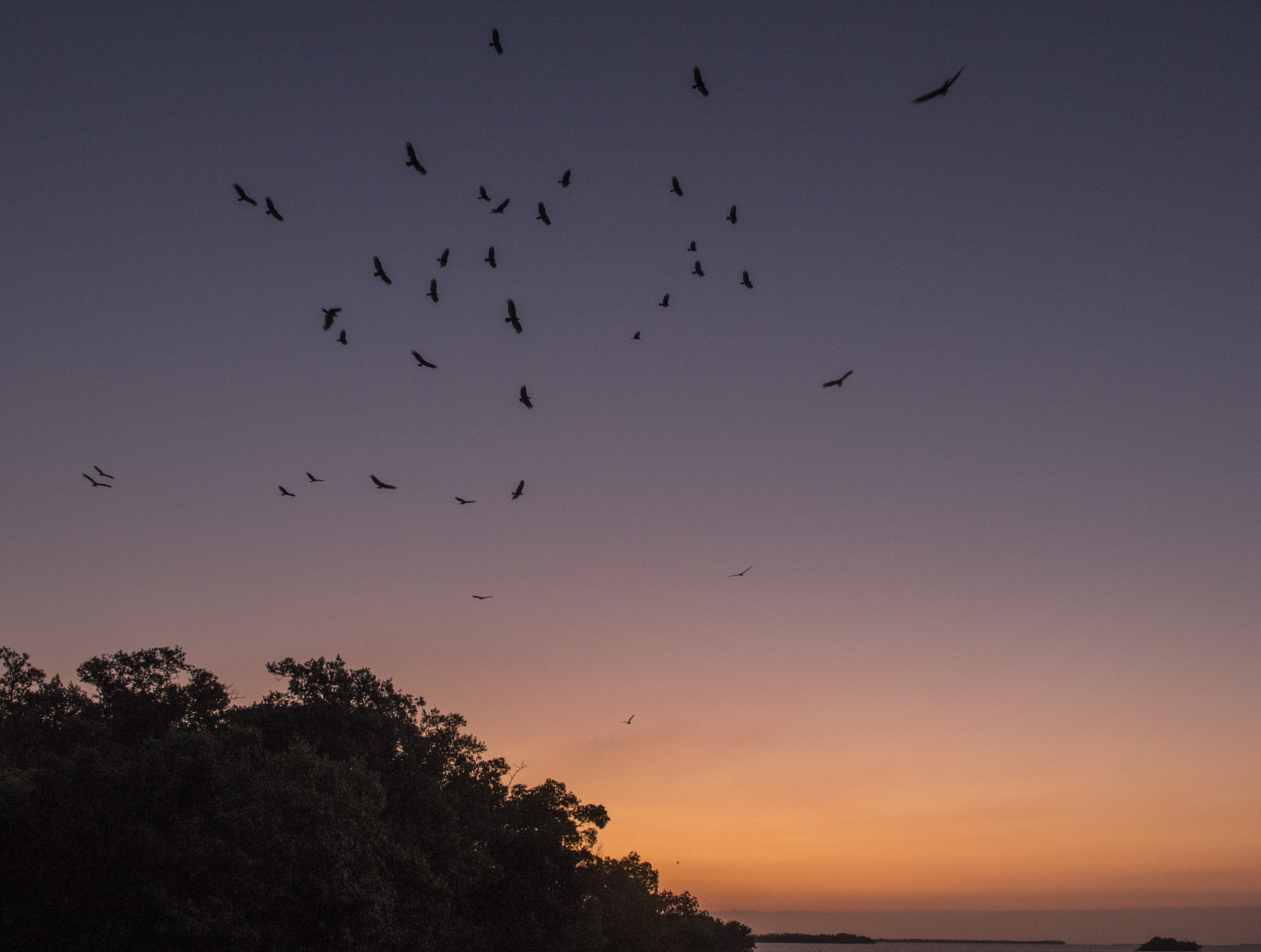
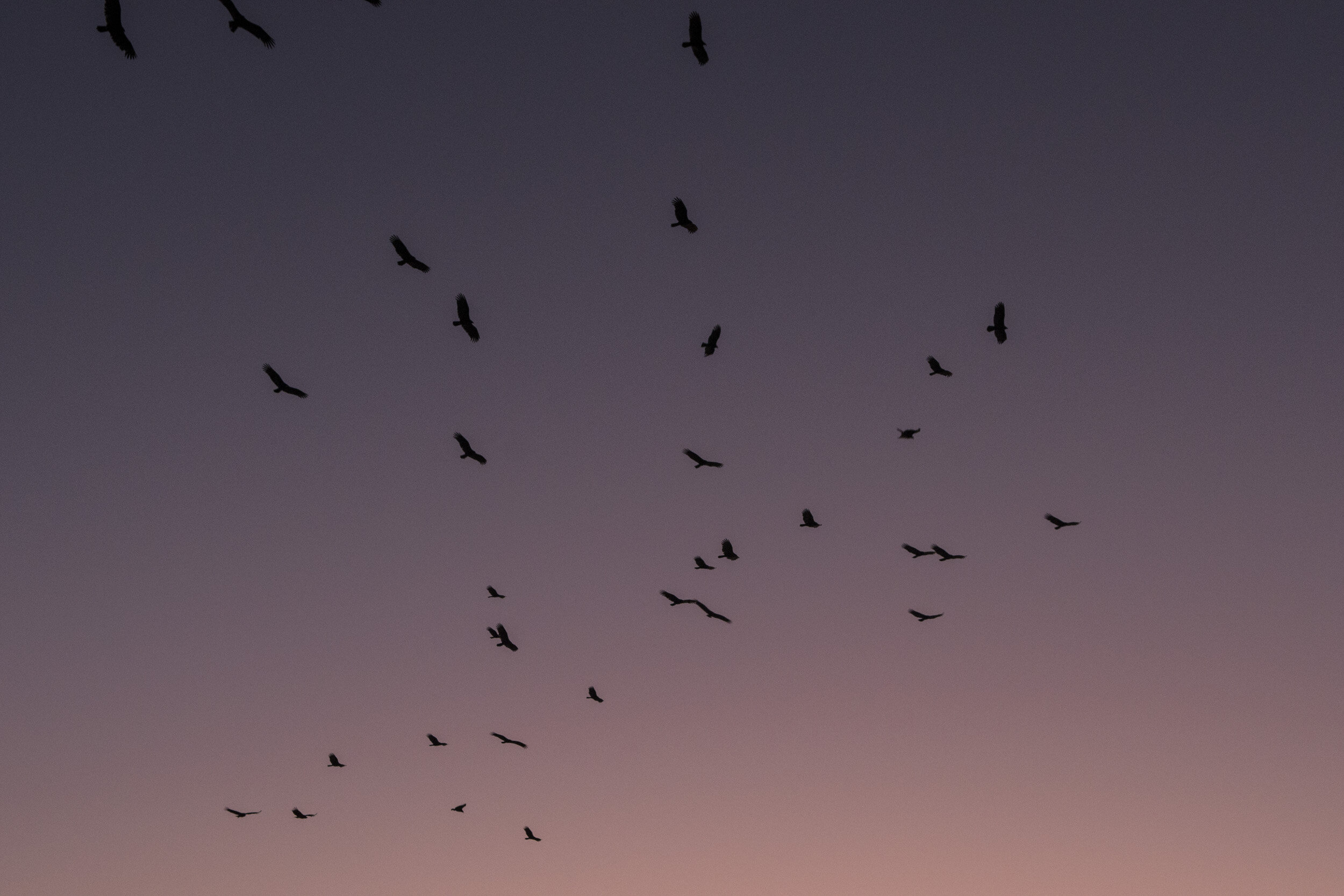
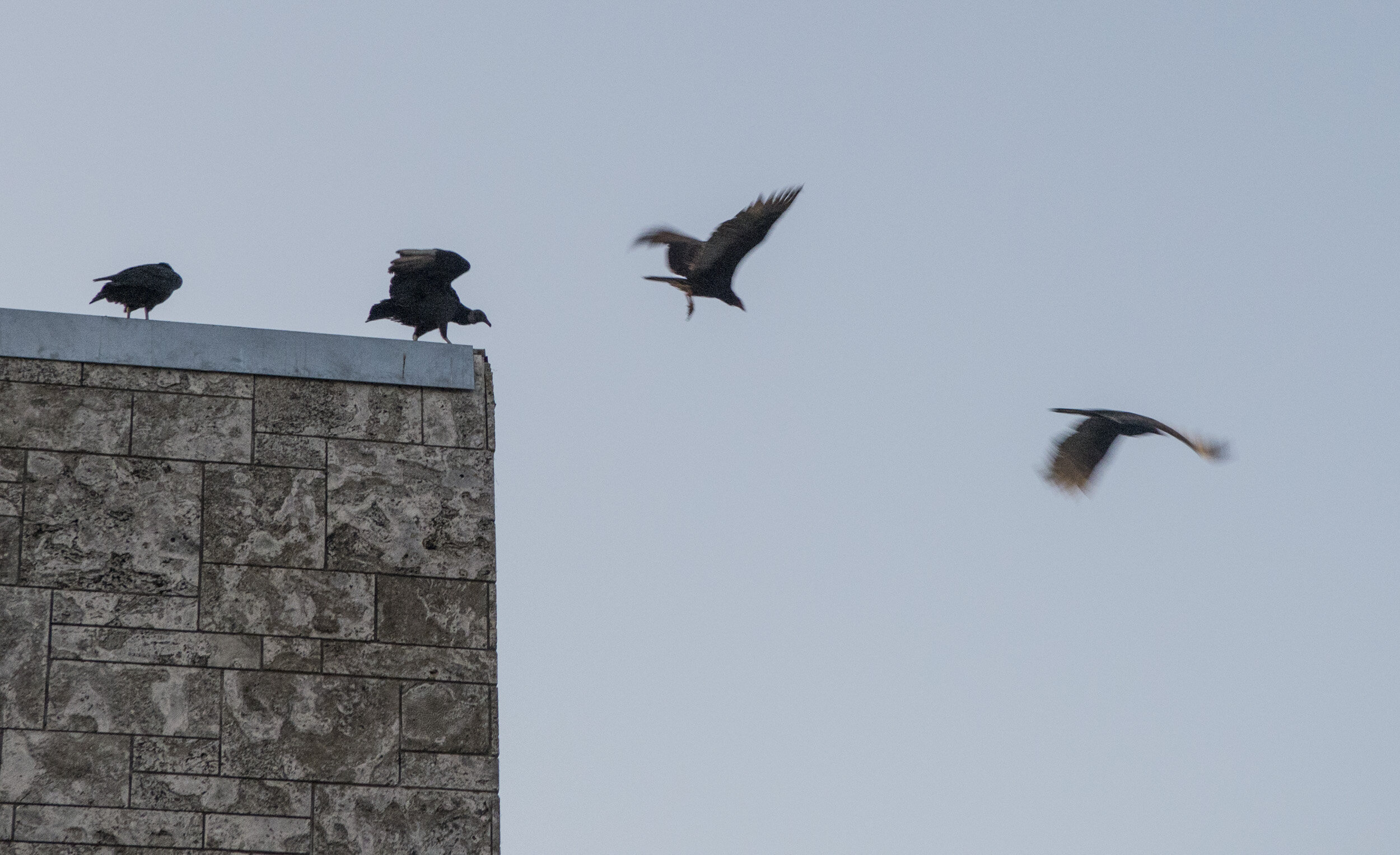

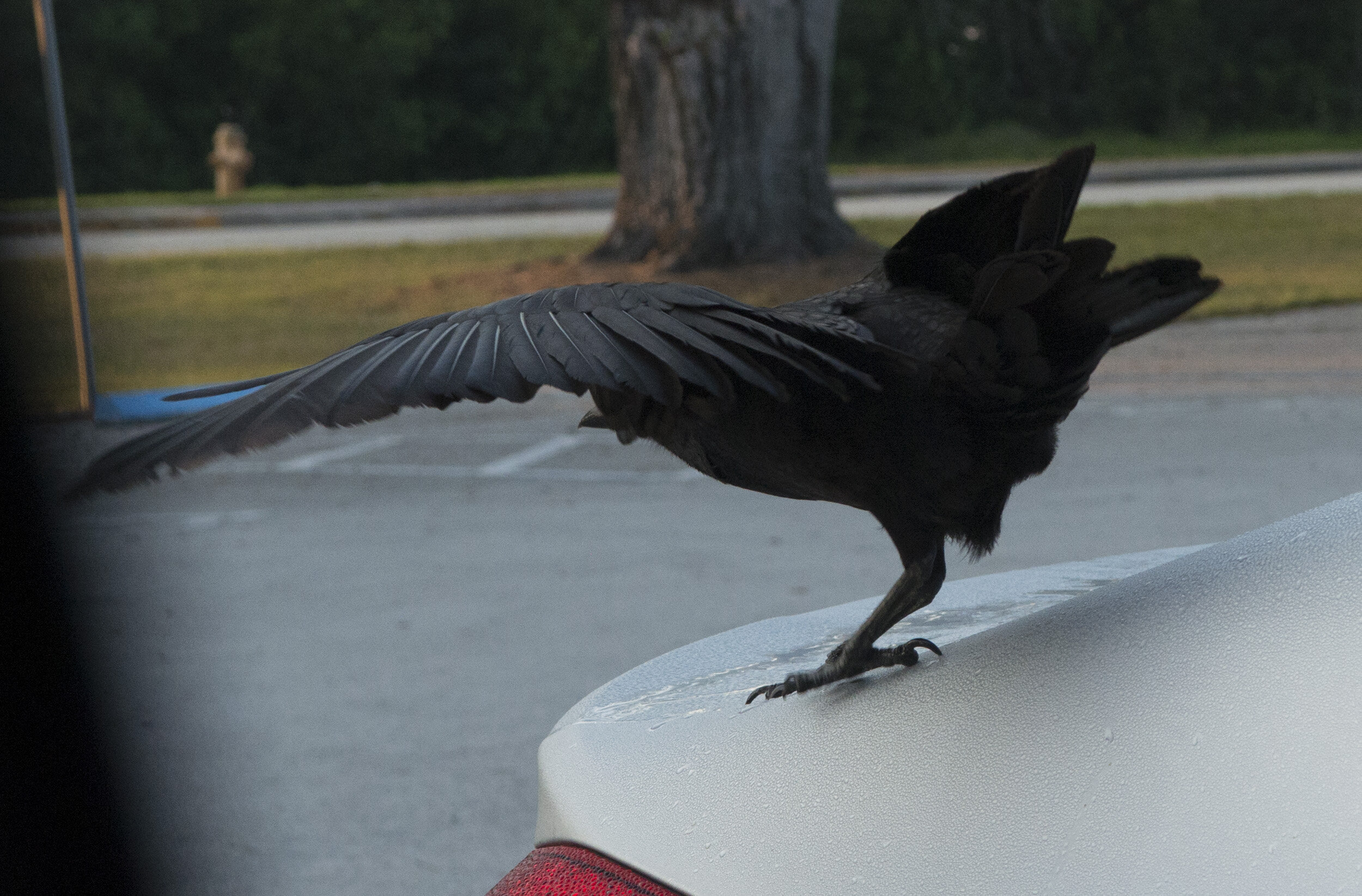
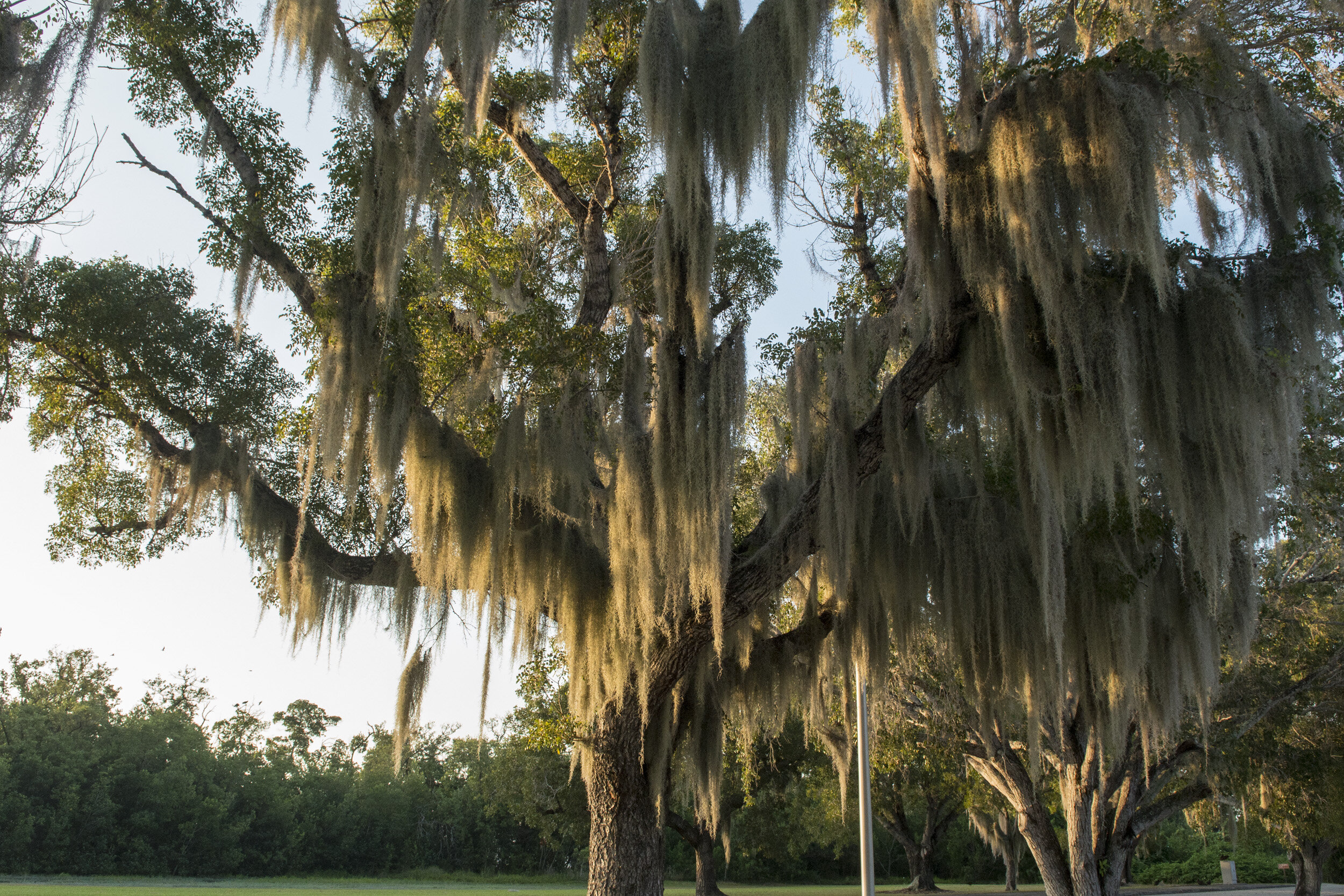
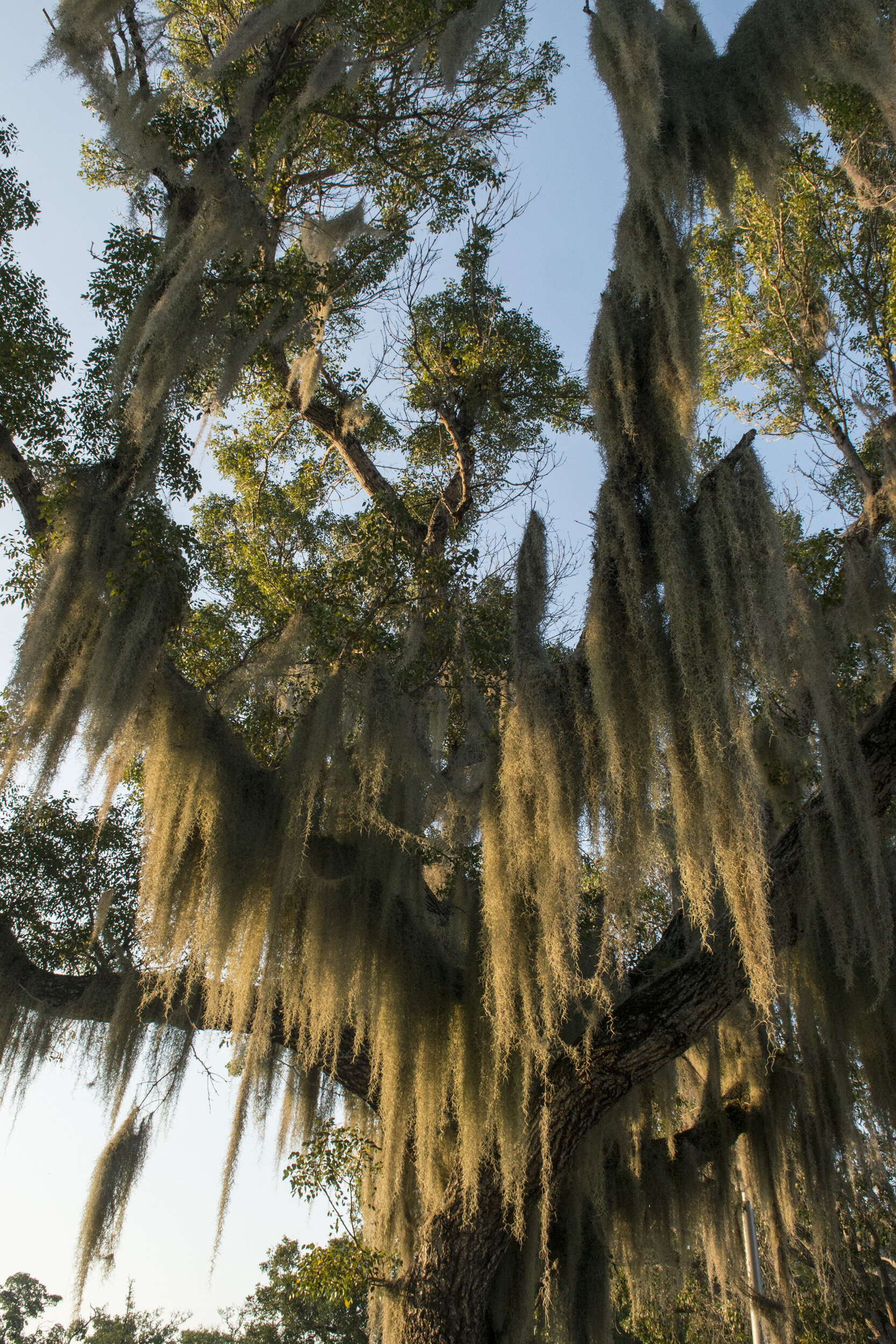
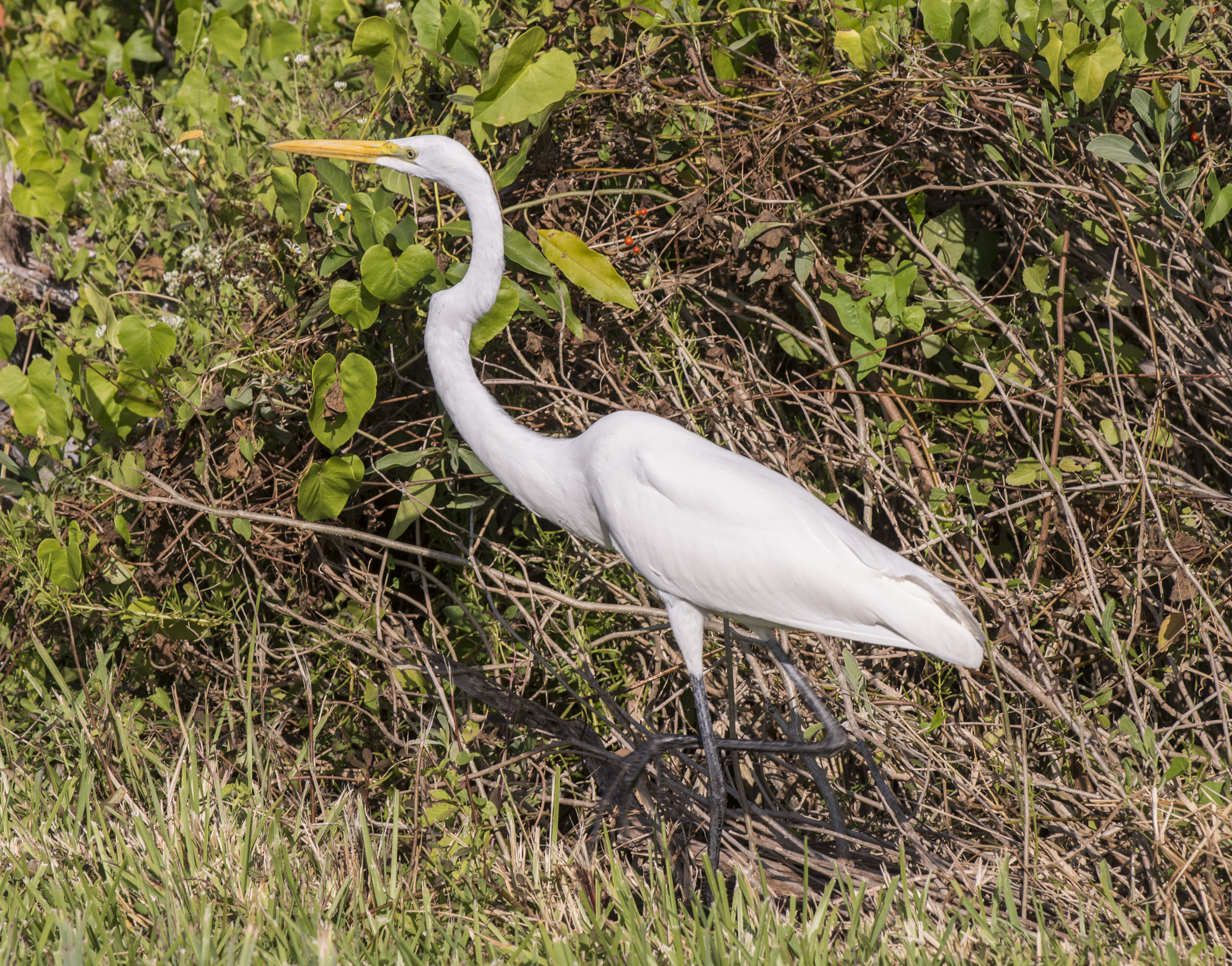
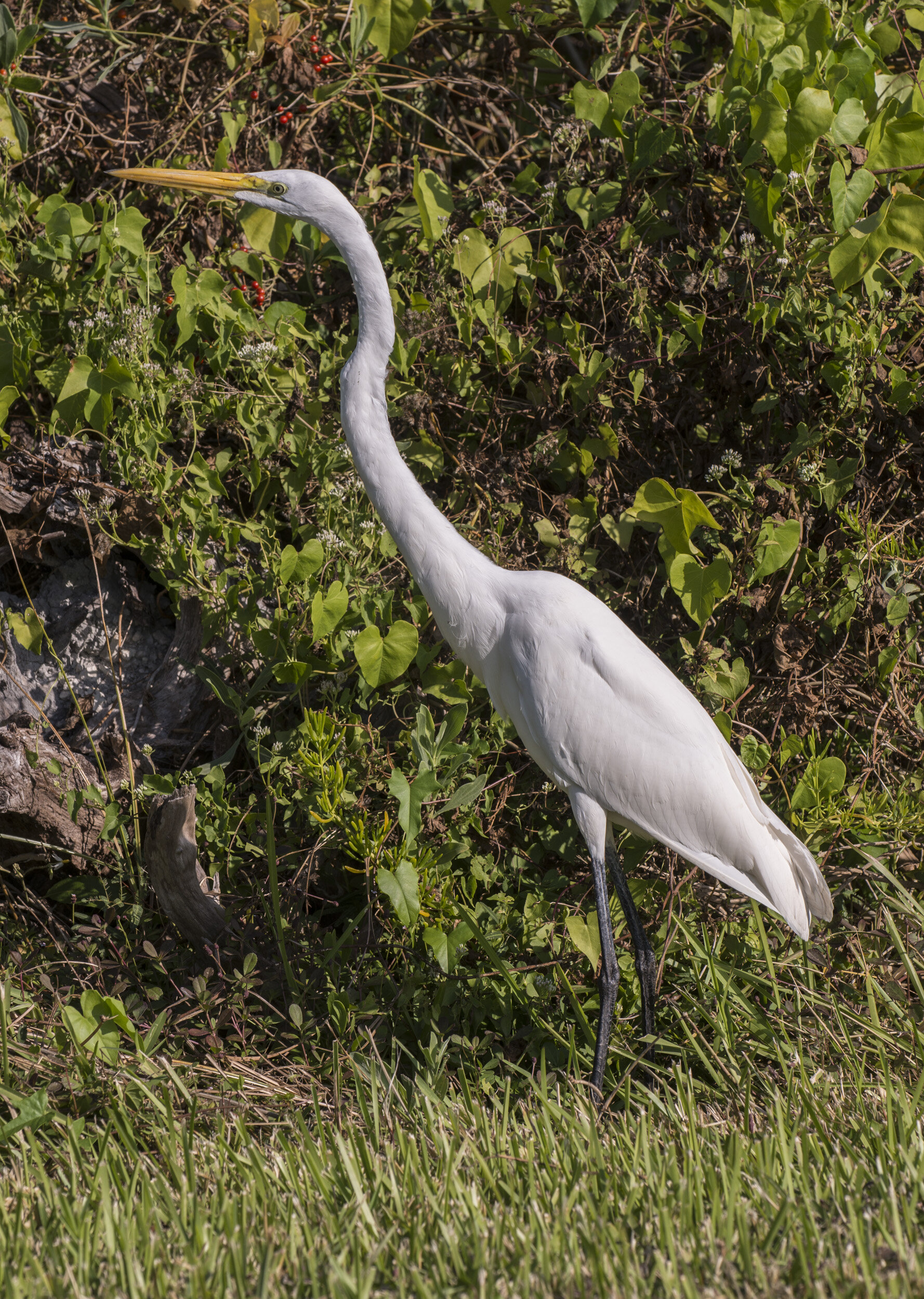
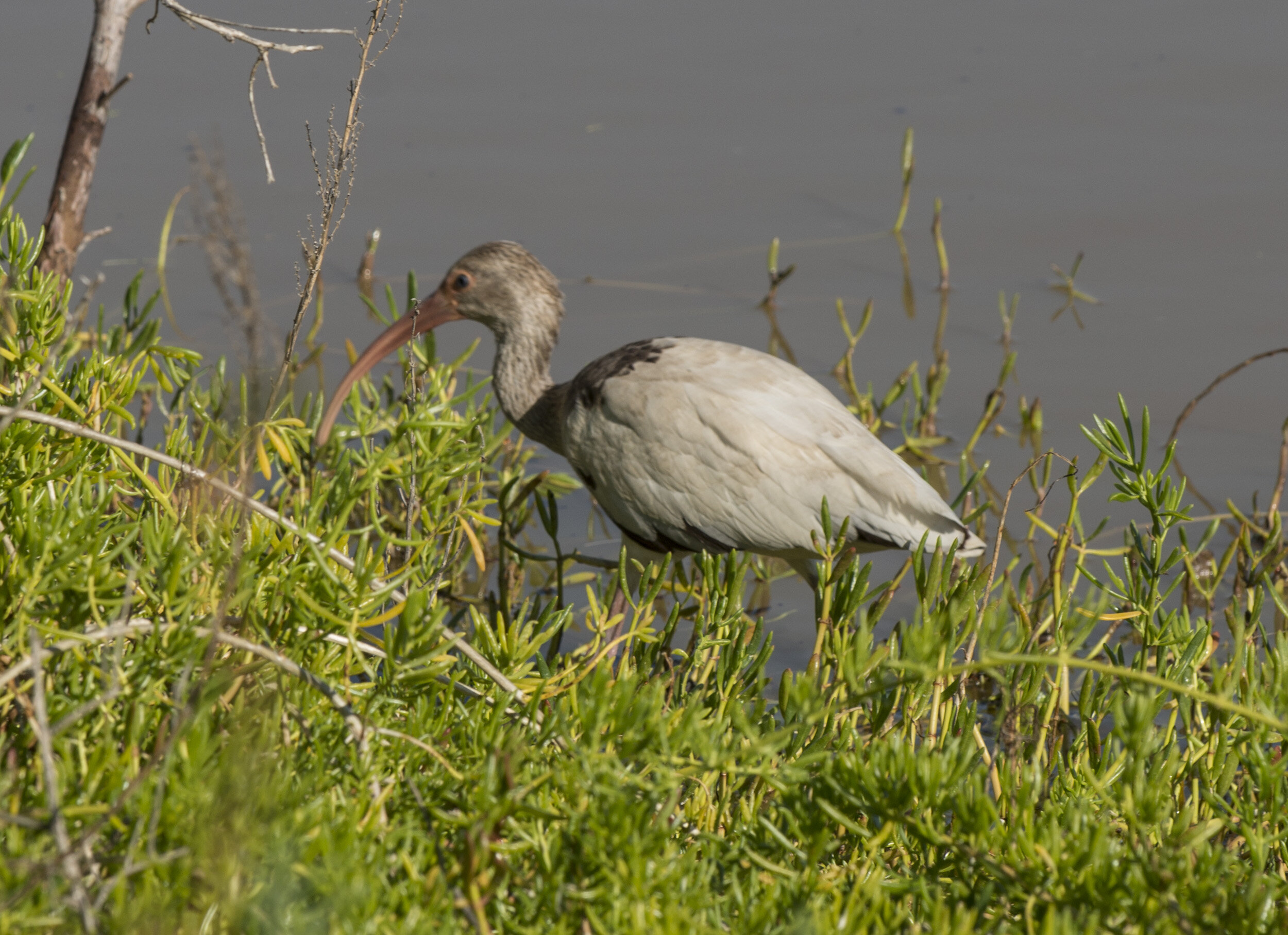
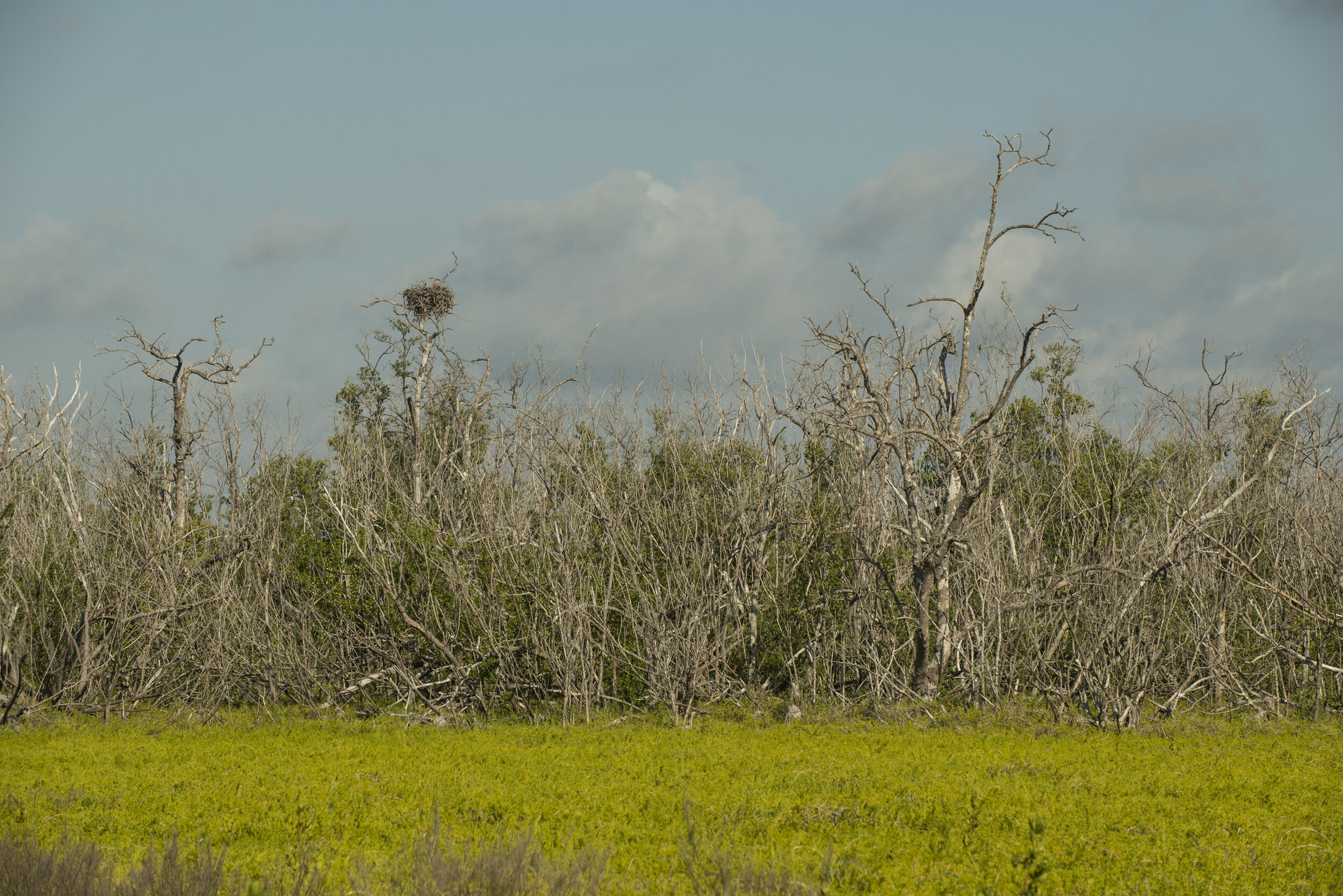
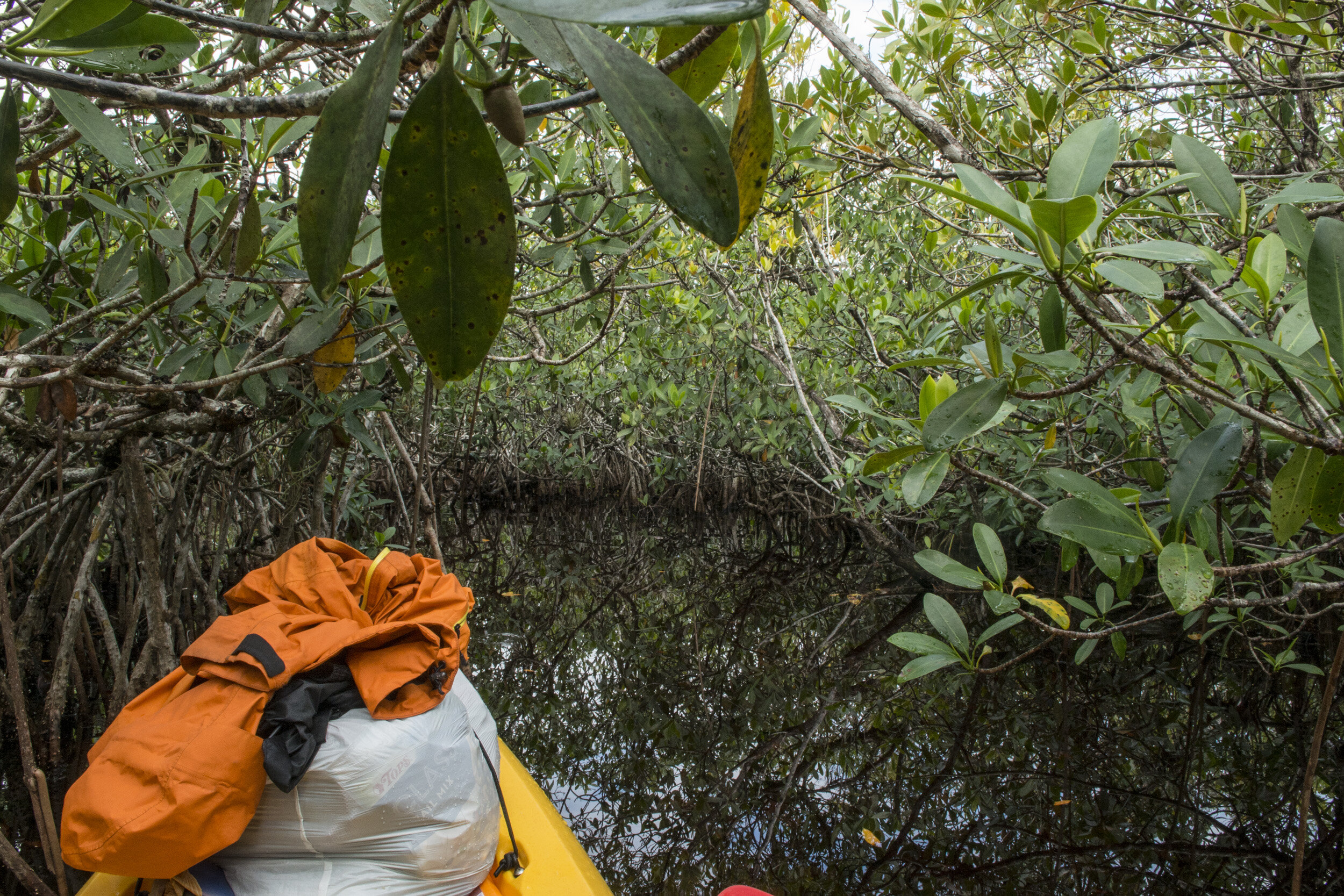
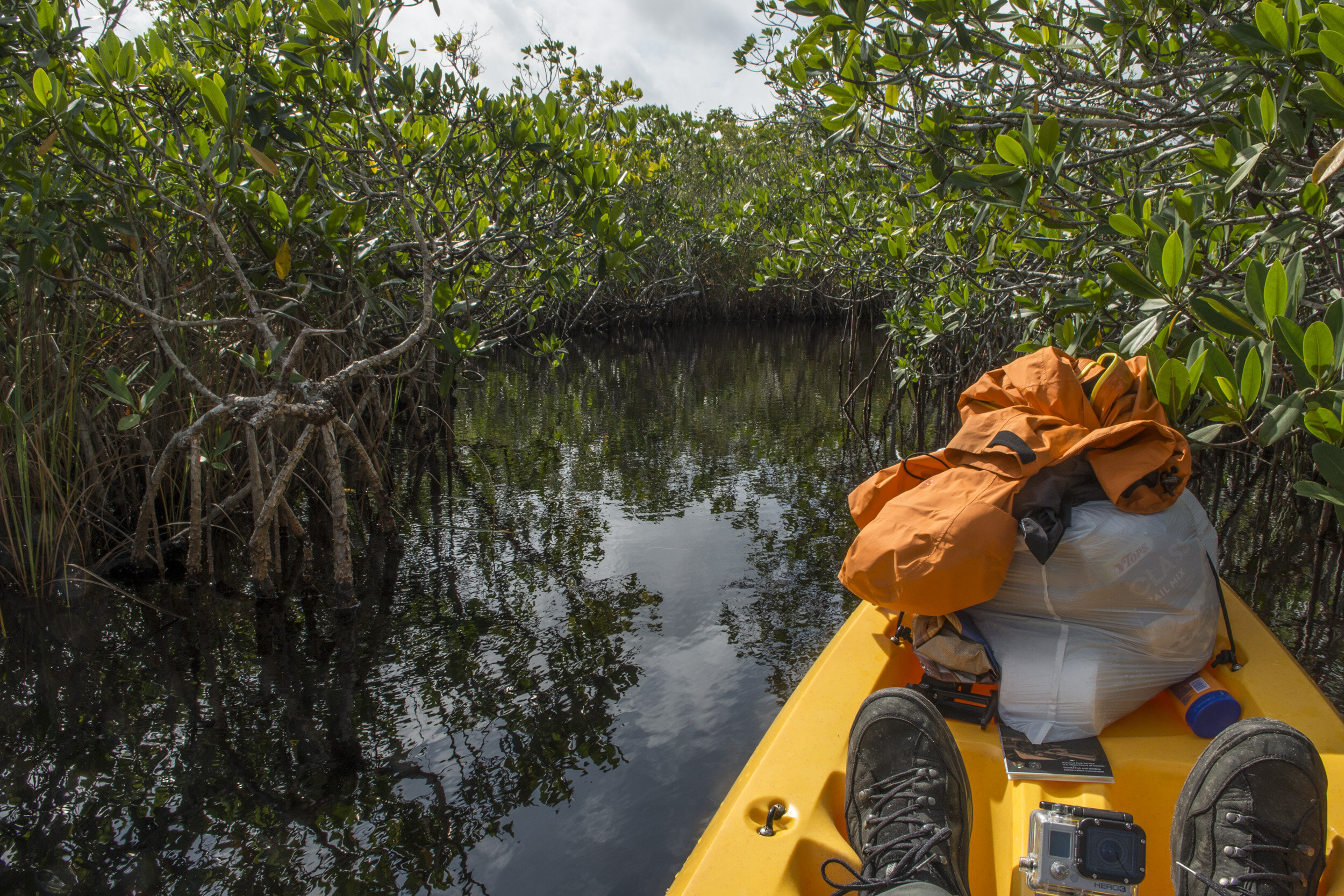
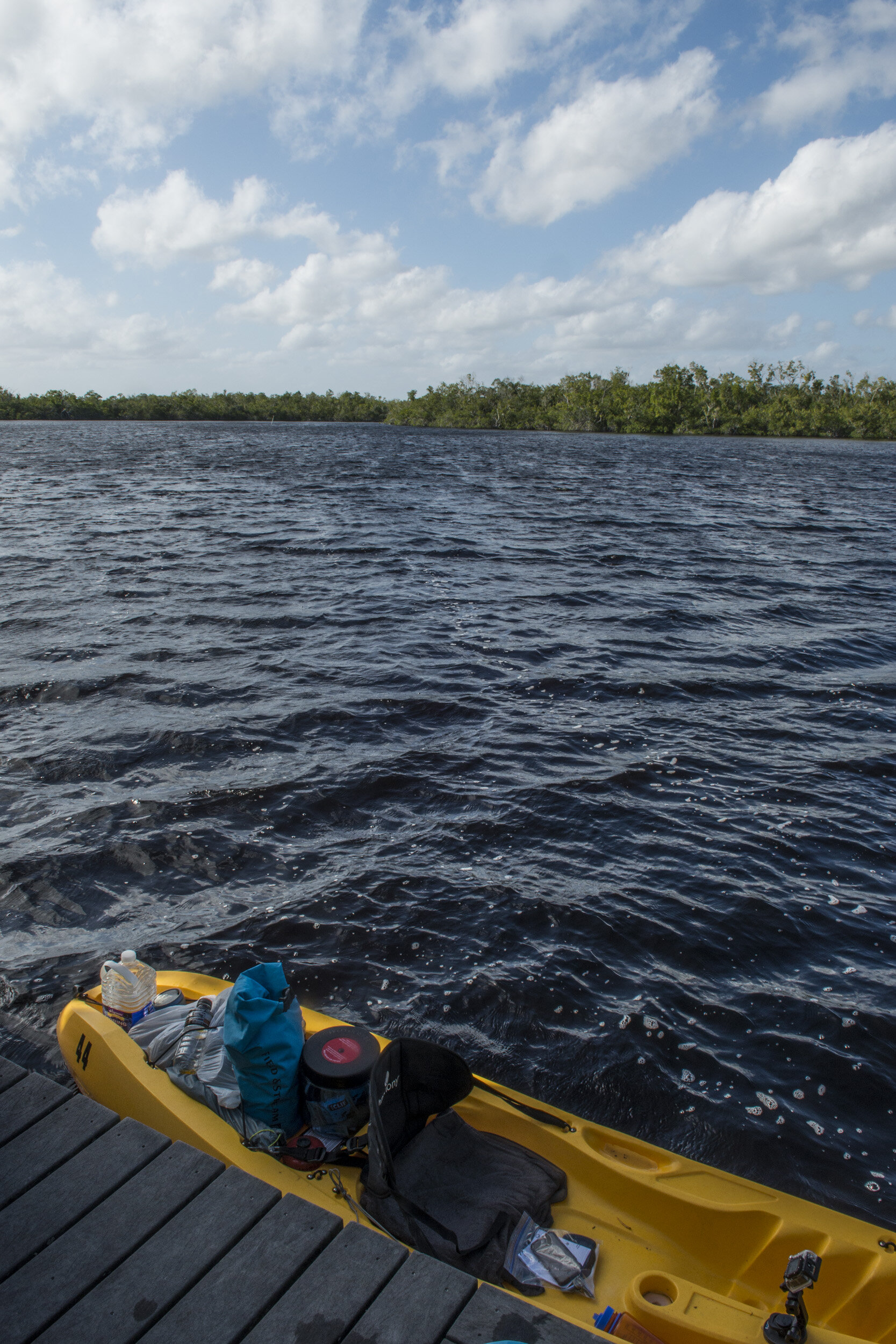
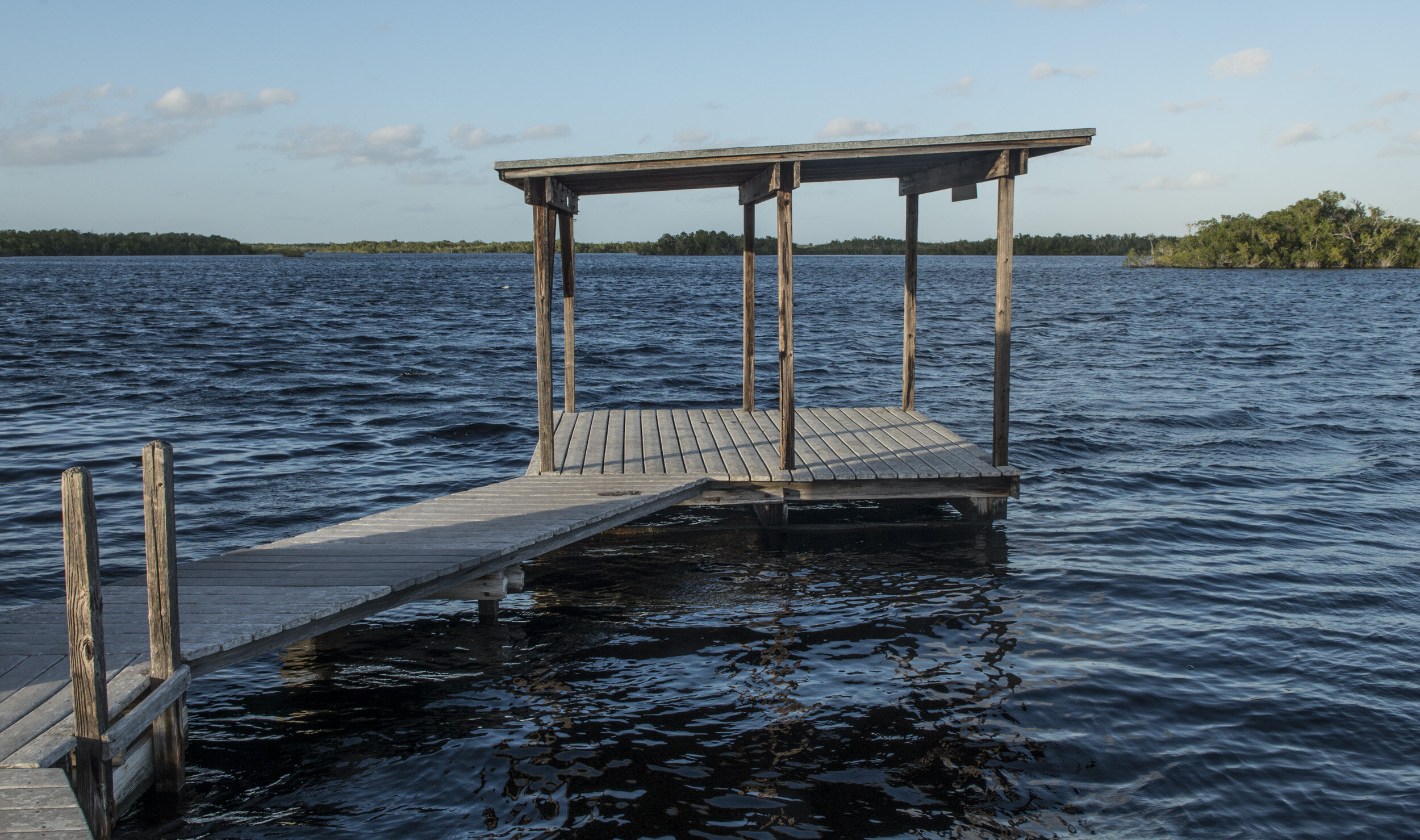
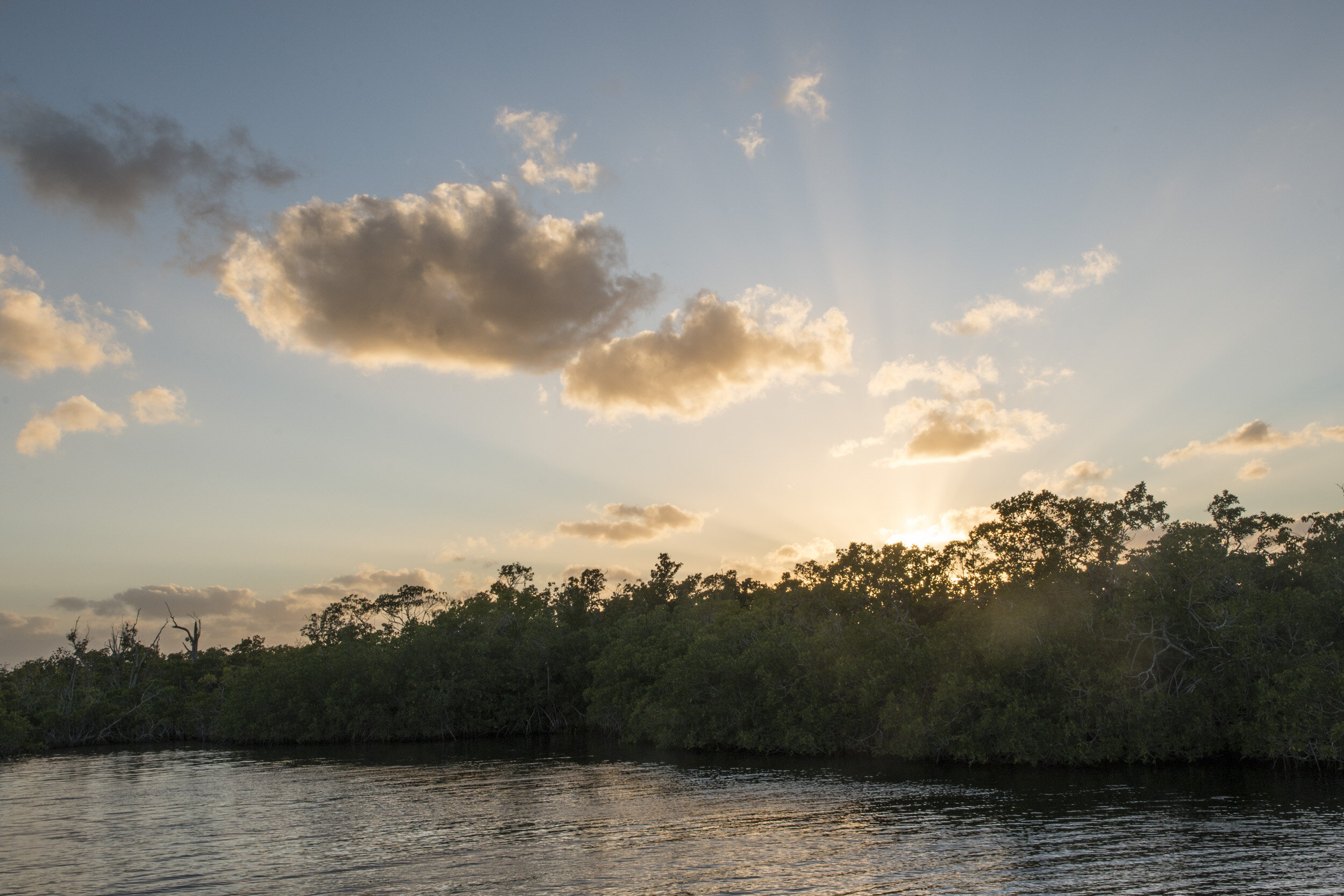
DAY 2: Hells Bay to Pearl Bay
The overnight temps were actually rather cool, and when I woke up in the morning I put my puffy on. So glad I decided to bring it. December in the Everglades can definitely be cold. For breakfast I had freeze dried huevos rancheros. I had been saving this one since it needs to be cooked in a skillet. Normally I don’t want to deal with the weight or space of extra cooking equipment on backcountry trips, but since I didn’t really have to worry about that with the kayak I figured I’d splurge and bring what I needed. It wasn’t bad.
The warm glow just before sunrise on Hells Bay.
Morning on Hells Bay getting ready to head for Pearl Bay.
The only distance I had to go today was back to the Pearl Bay chickee, which wouldn’t take long, so I wasn’t in a hurry to break camp. I technically had until 11:00 to vacate. I took my time packing, shooting some video, and taking pictures. A little after 10:00 I finished getting the kayak in the water and loaded. I pushed off and started heading back to Pearl Bay. The wind and water were much calmer today, which made for a more pleasant paddle. Even the big open bay that almost made me turn around was relatively quiet. In less than an hour I made it to the Pearl Bay chickee.
Compared to Hells Bay, this chickee was positively posh. It looked like fairly new construction, there were sturdy handrails all along the edges, the backside of the chickee had a ladder on one side and actual stairs going down to the water on the other side for easy access to kayaks and canoes. And the port-a-potty? That thing was nicer than my apartment. Each platform even came with a shallow counter to act as a kitchen space. Hells Bay had its rustic charm, but Pearl Bay was definitely the nicer of the two.
Approaching the Pearl Bay chickee.
Mangrove during an afternoon paddle around Pearl Bay.
Unlike the day before, I had a lot of time to kill at Pearl Bay. I would be there until the following morning. Since there is no solid ground anywhere I couldn’t go hiking. Once I had camp set up, I put the kayak back in the water and took a cruise to explore Pearl Bay a little. I didn’t venture too far, not wanting to risk getting myself turned around in the mangrove. There was a long thin island just to the southeast of the chickee that I checked out. The wind was so much calmer than the day before, it was nice to just lazily paddle about, stopping to check out interesting sights without worrying about getting pushed around.
In the afternoon, I had my first human contact in over 24 hours. A canoe with two people in it was heading toward the chickee from the direction of the trail head. I was thinking they probably had permits for the night. I’m fine having a place to myself, but also don’t mind socializing with other like minded individuals. I directed them to the back side of the chickee to where the stairs were. It was an older couple who were just on their way to Hells Bay and were just stopping for a quick break. It was an older couple, and we talked for about half an hour while they ate lunch and made use of the facilities. I told them about my difficulty crossing the next bay over and what to expect when they got to Hells Bay. After they left, I once again had the place to myself.
I lazed about for a bit, took a short nap, caught up on my notes, pondered my place in the world. I decided to go for another paddle. The chickee is located next to a mangrove island that separates it from a small open water to the north. I went around the island, and then another lap around the long thin island from earlier. I don’t want to say this part of the trip was boring, but I was looking for ways to kill time. The mangrove is cool, but it’s pretty much the only flora in this part of the Everglades. And wildlife sightings, unlike at Flamingo, were few and far between. No, there weren’t any alligators.
I made dinner around 5:00 and started settling down in the tent around 6:00. I’m usually a night owl, but when it’s dark by 6:00 in the middle of nowhere, might as well pack it in and get an early rise. I read for a while before falling asleep.
DAY TWO PHOTO GALLERY:
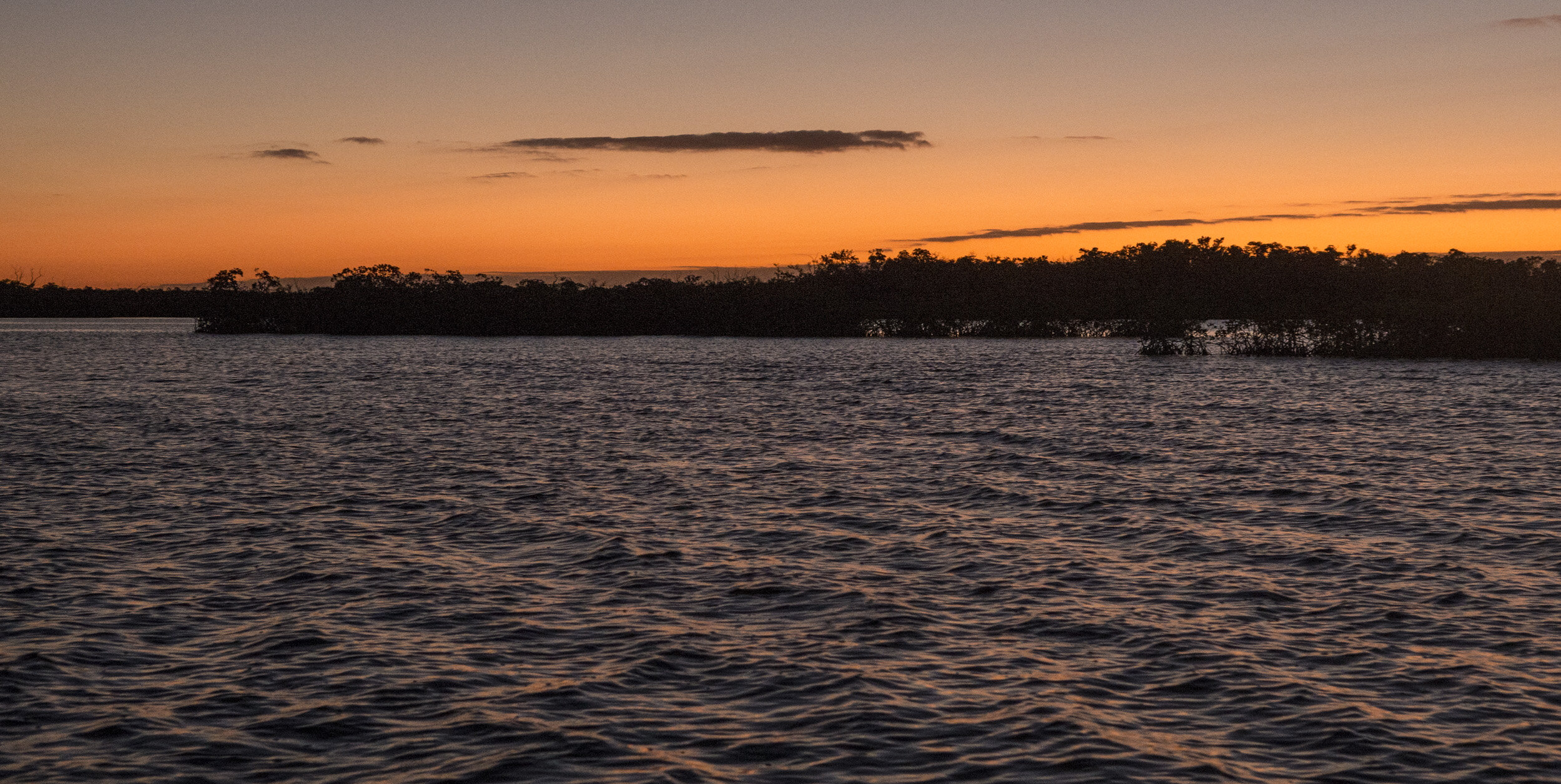
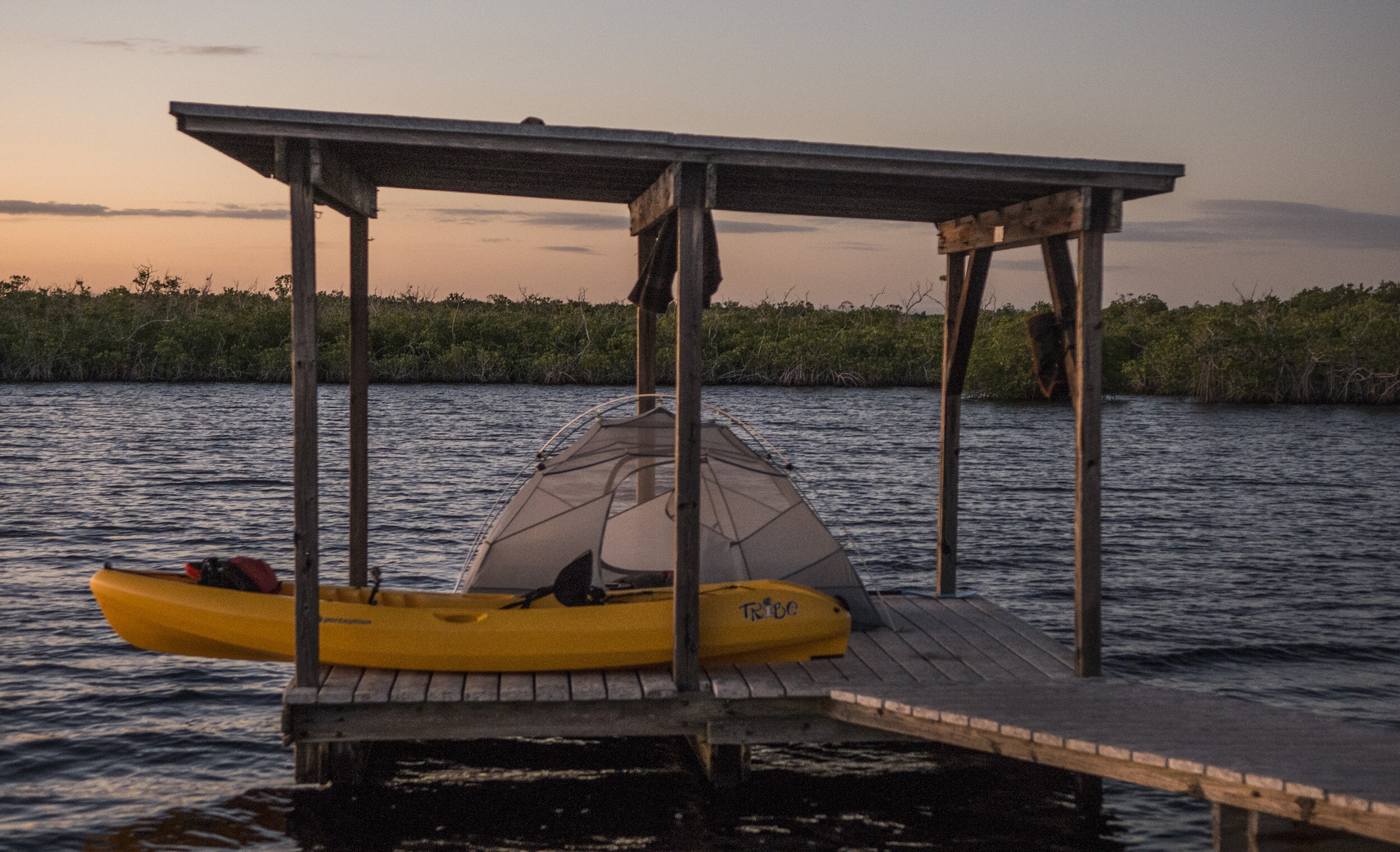
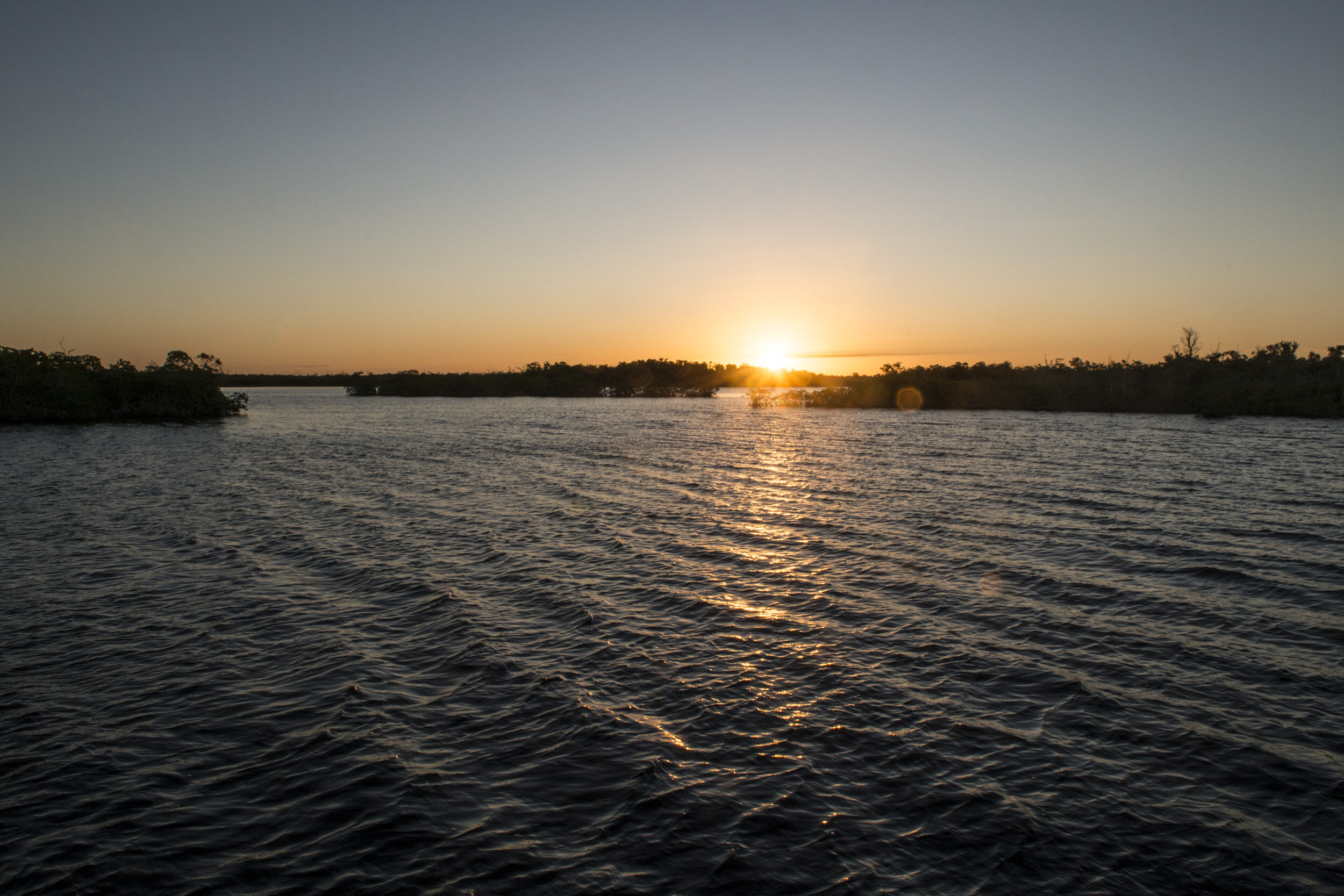
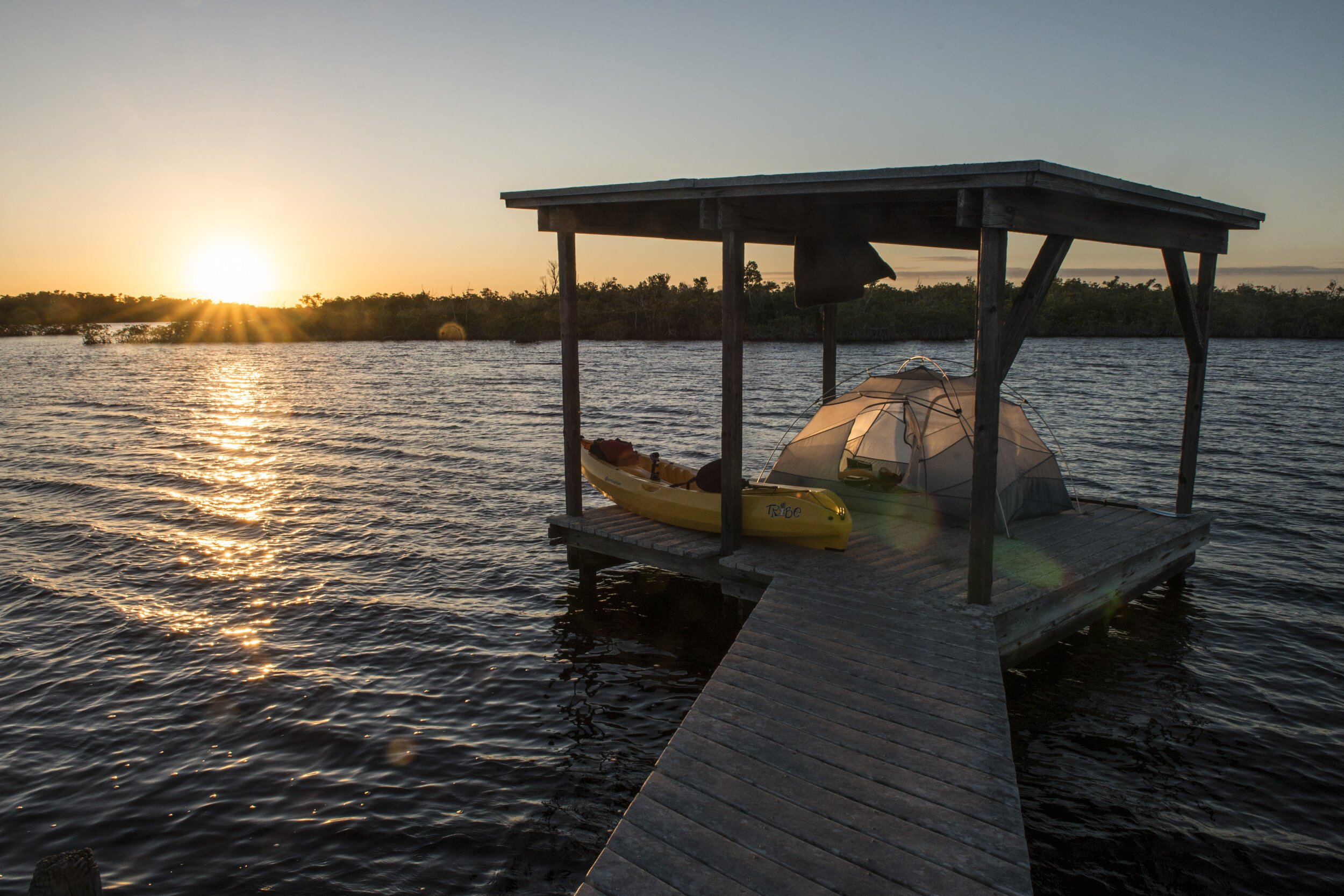
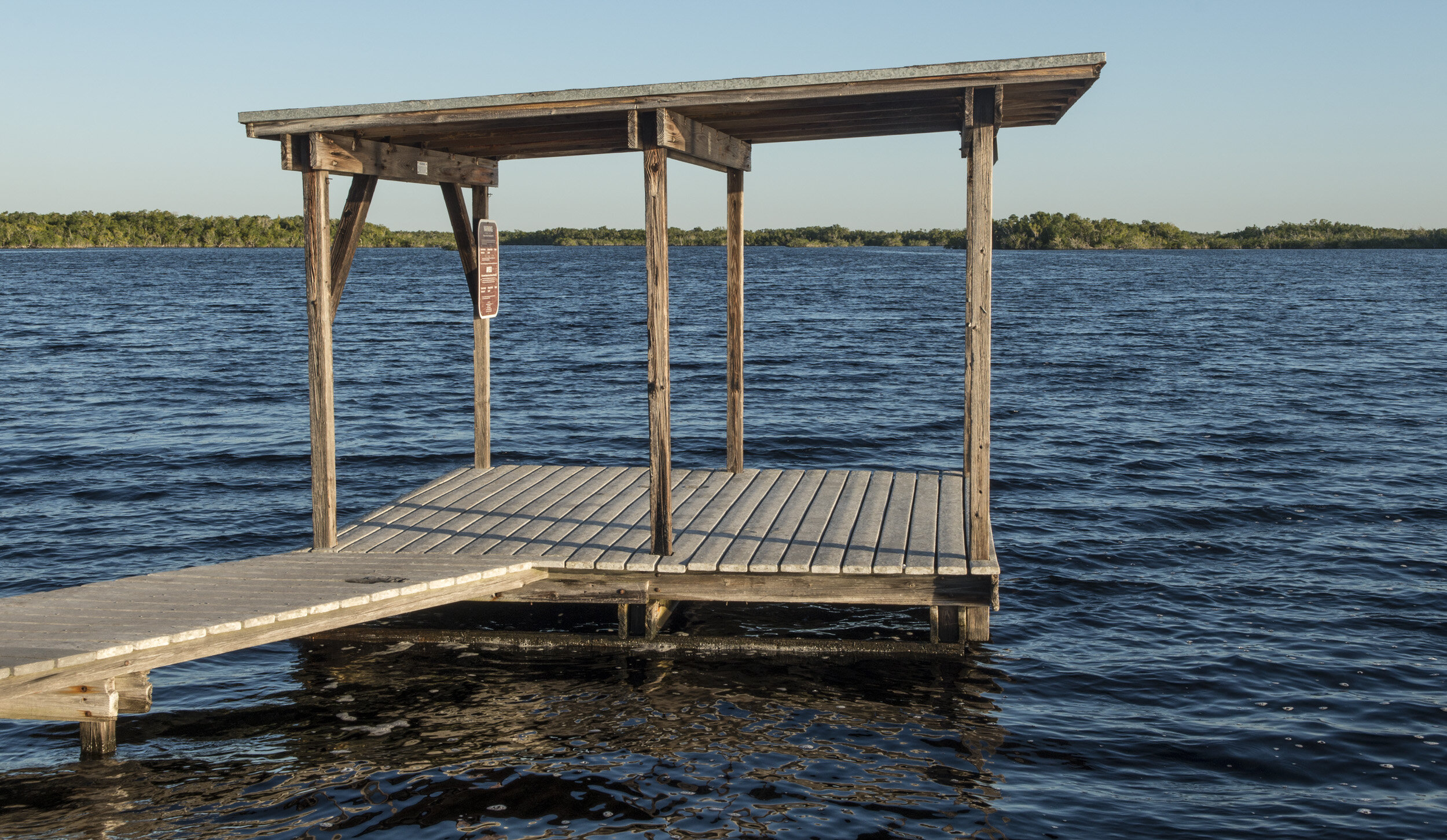
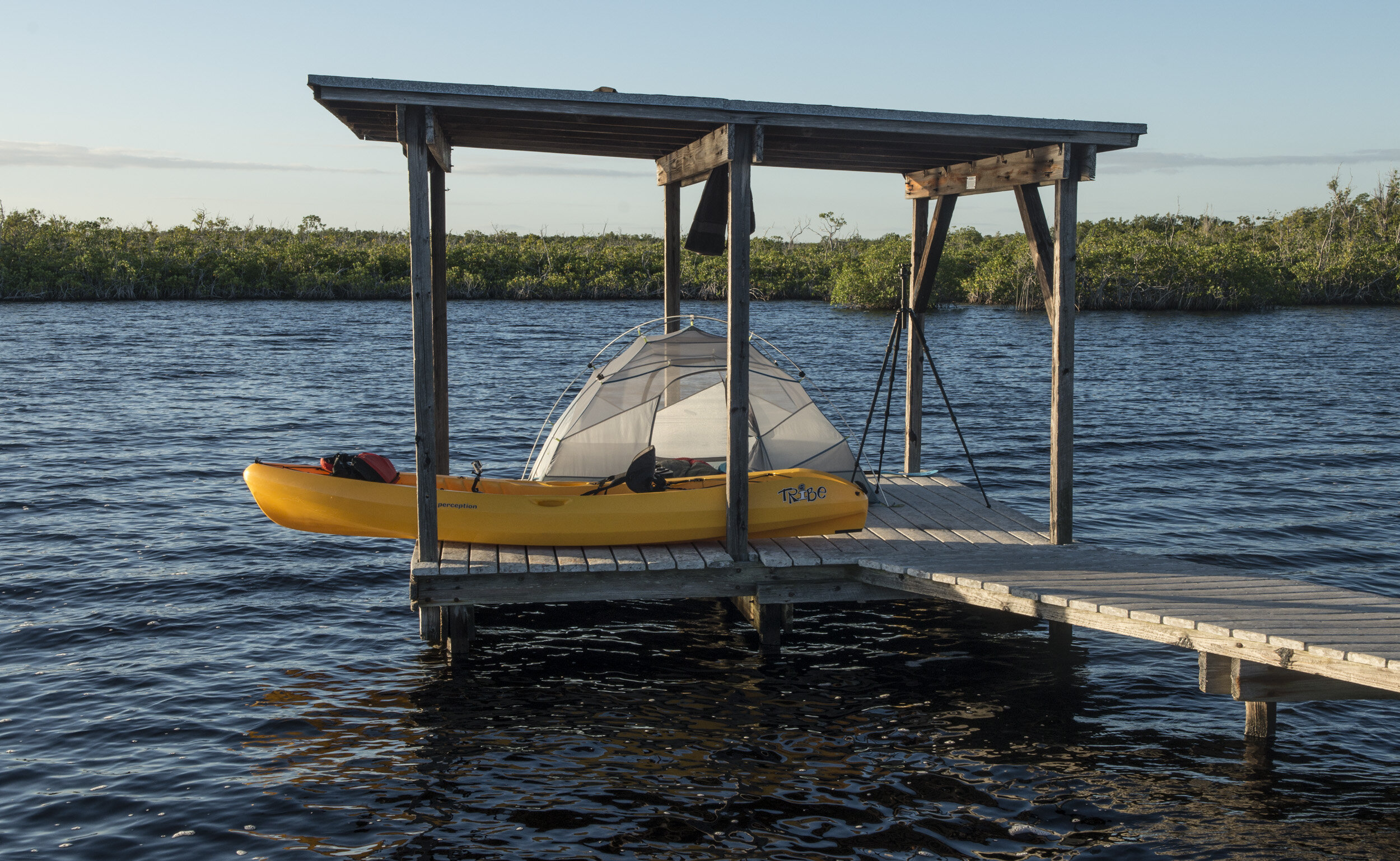
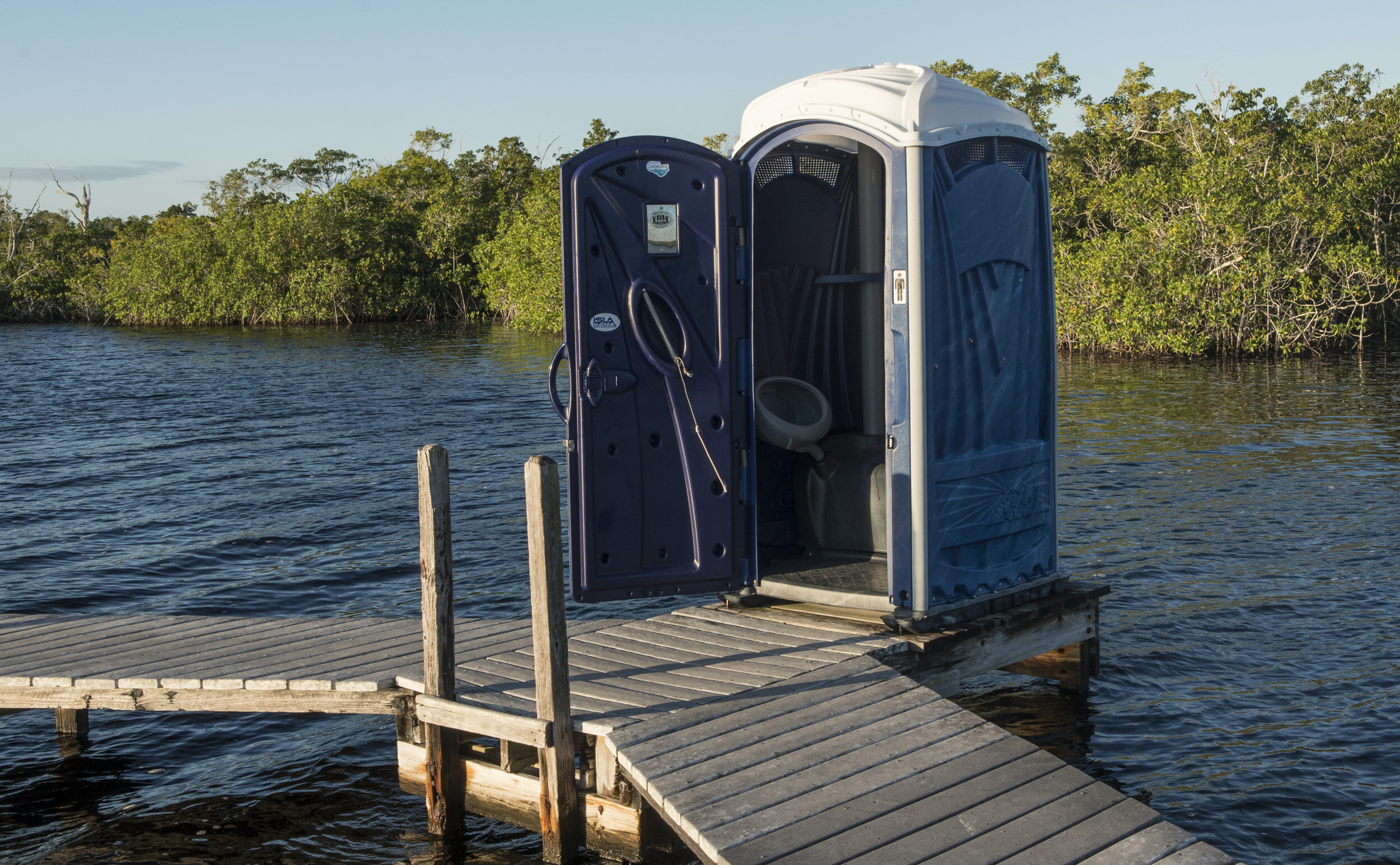

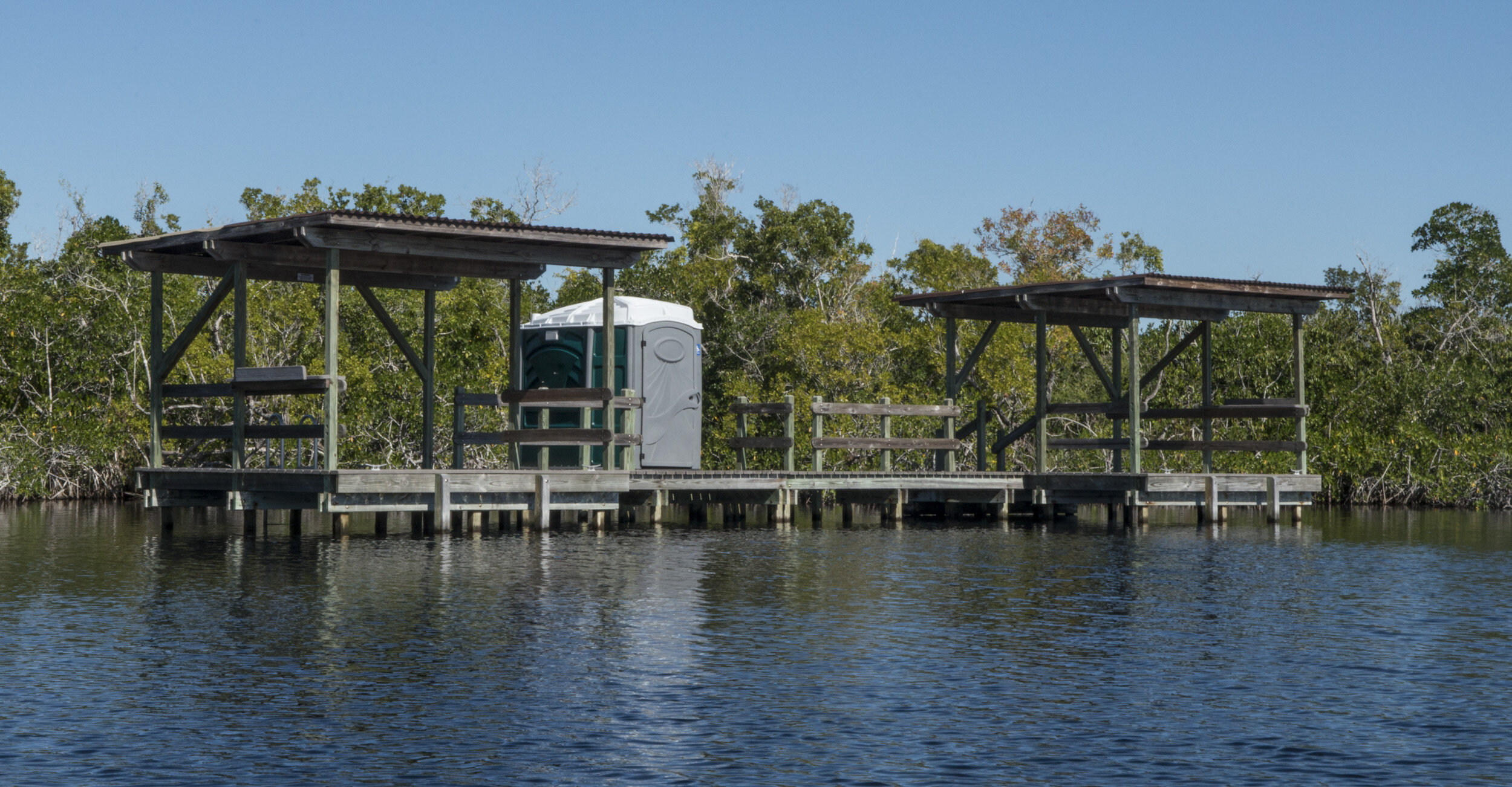

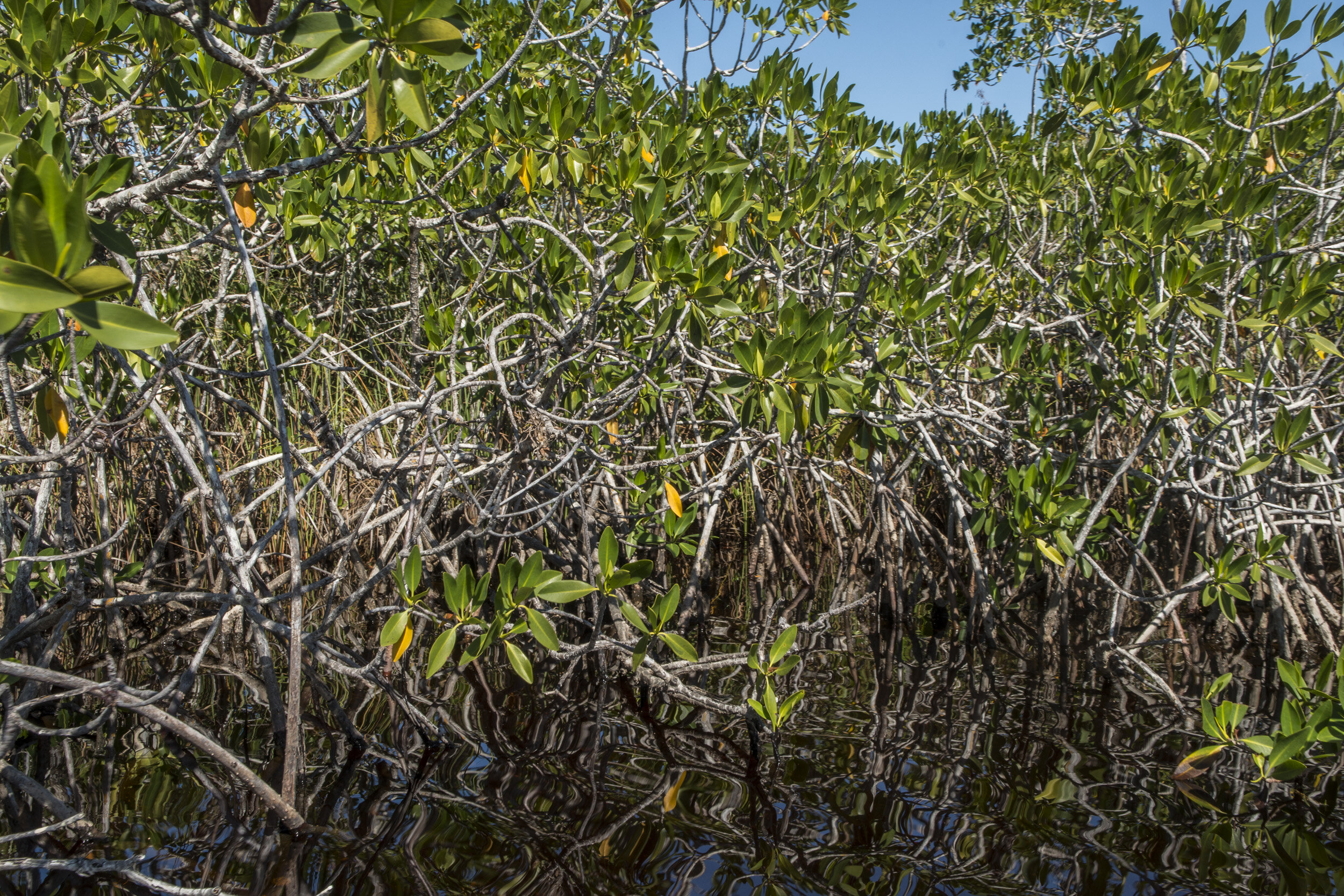
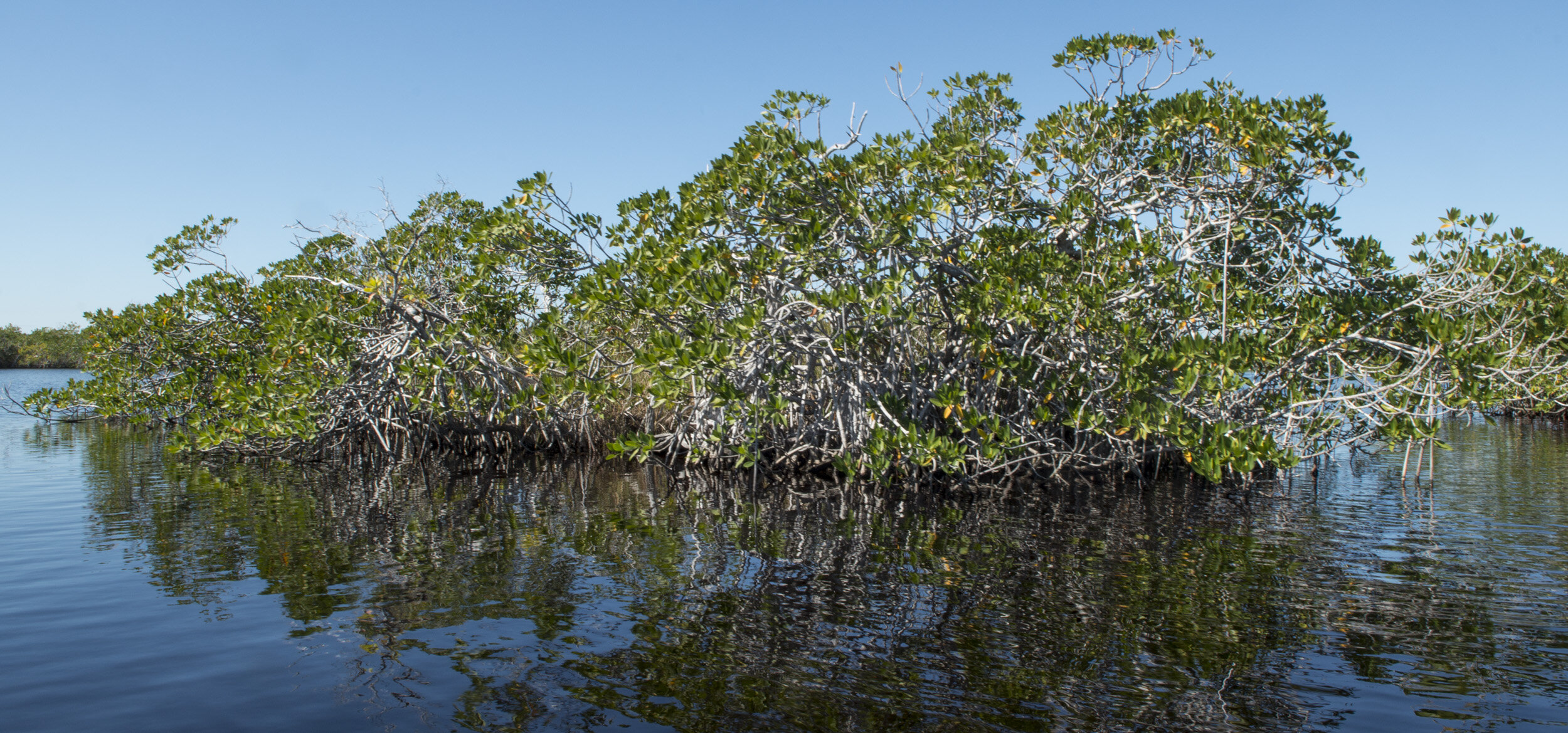
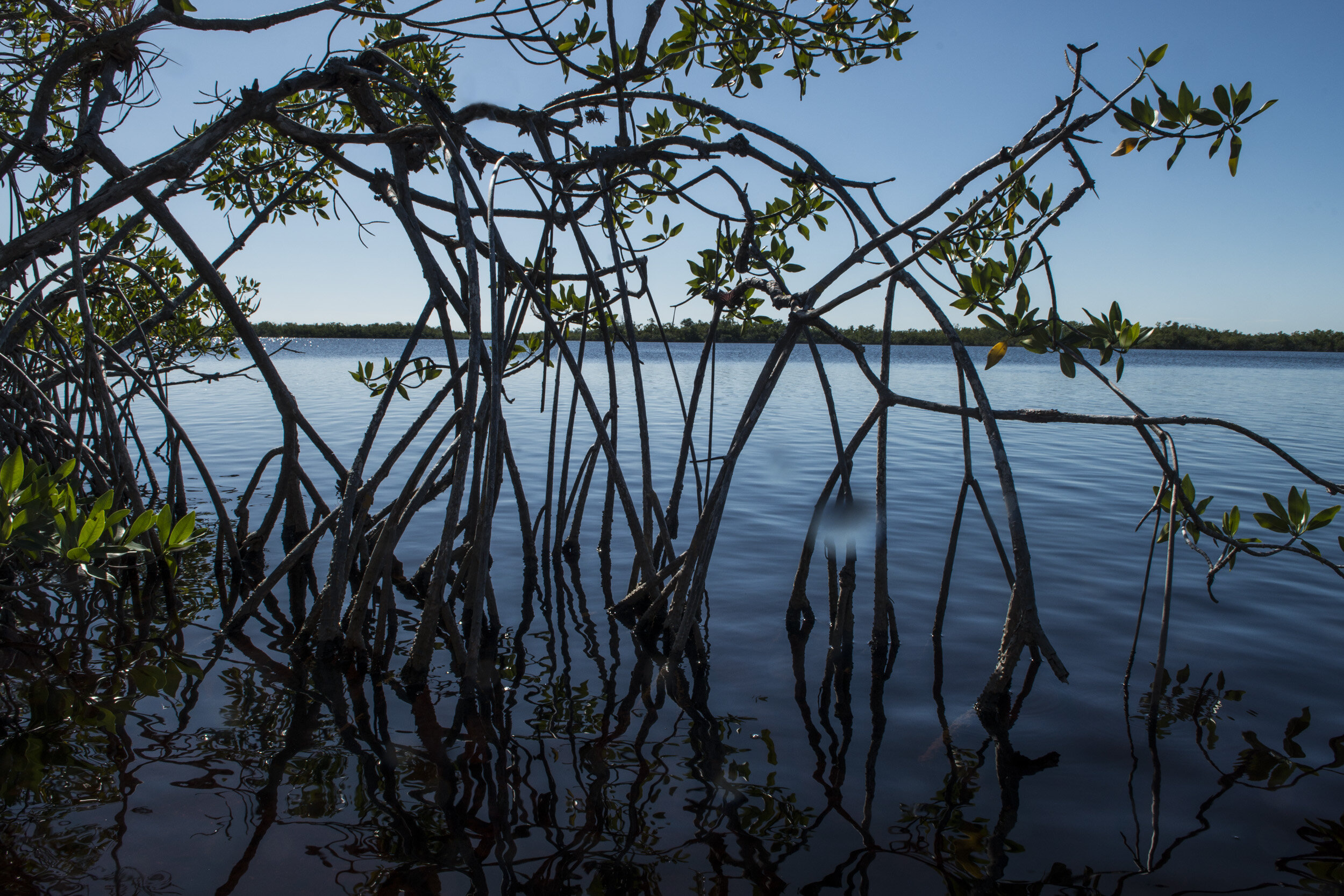
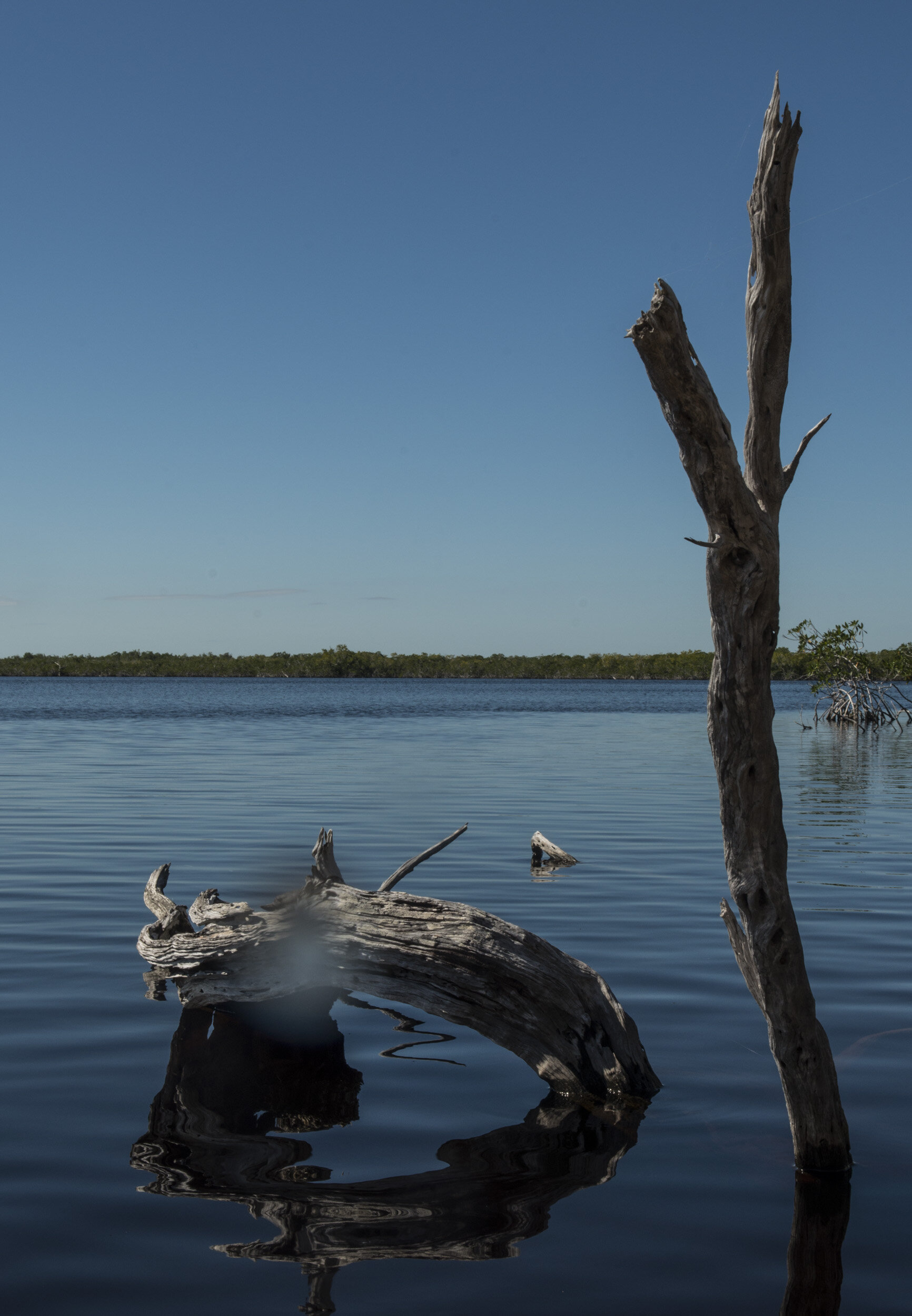
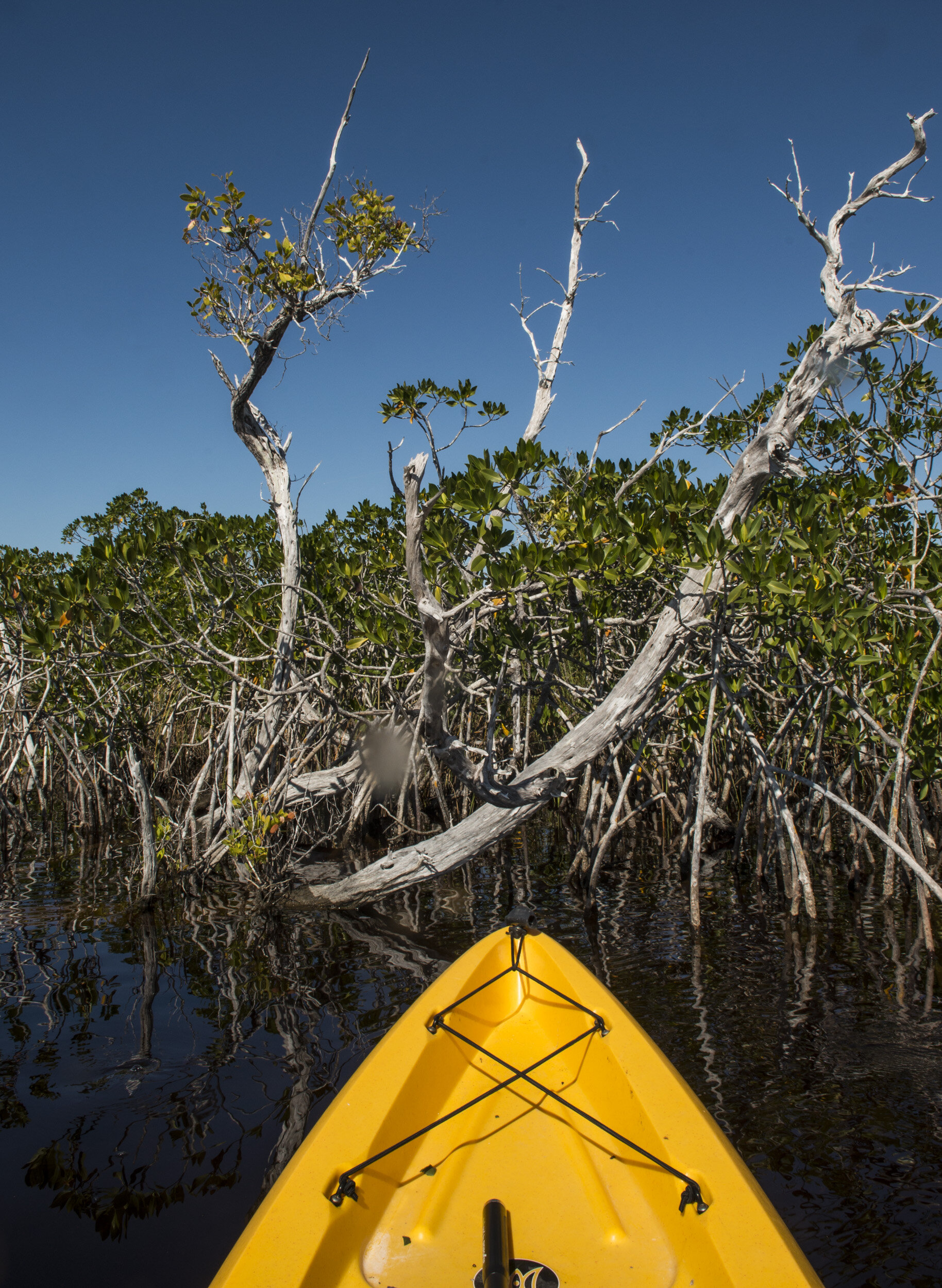
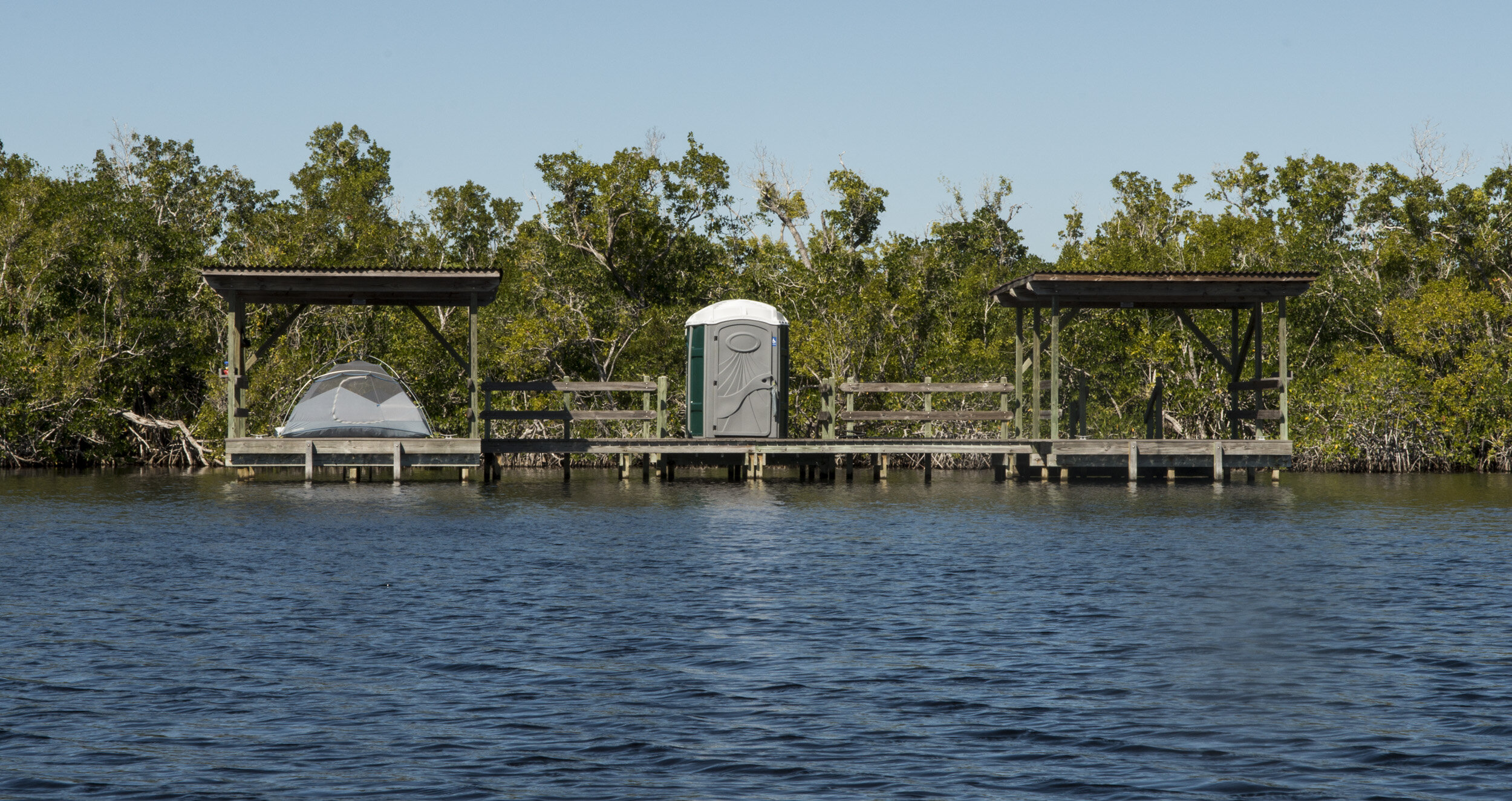
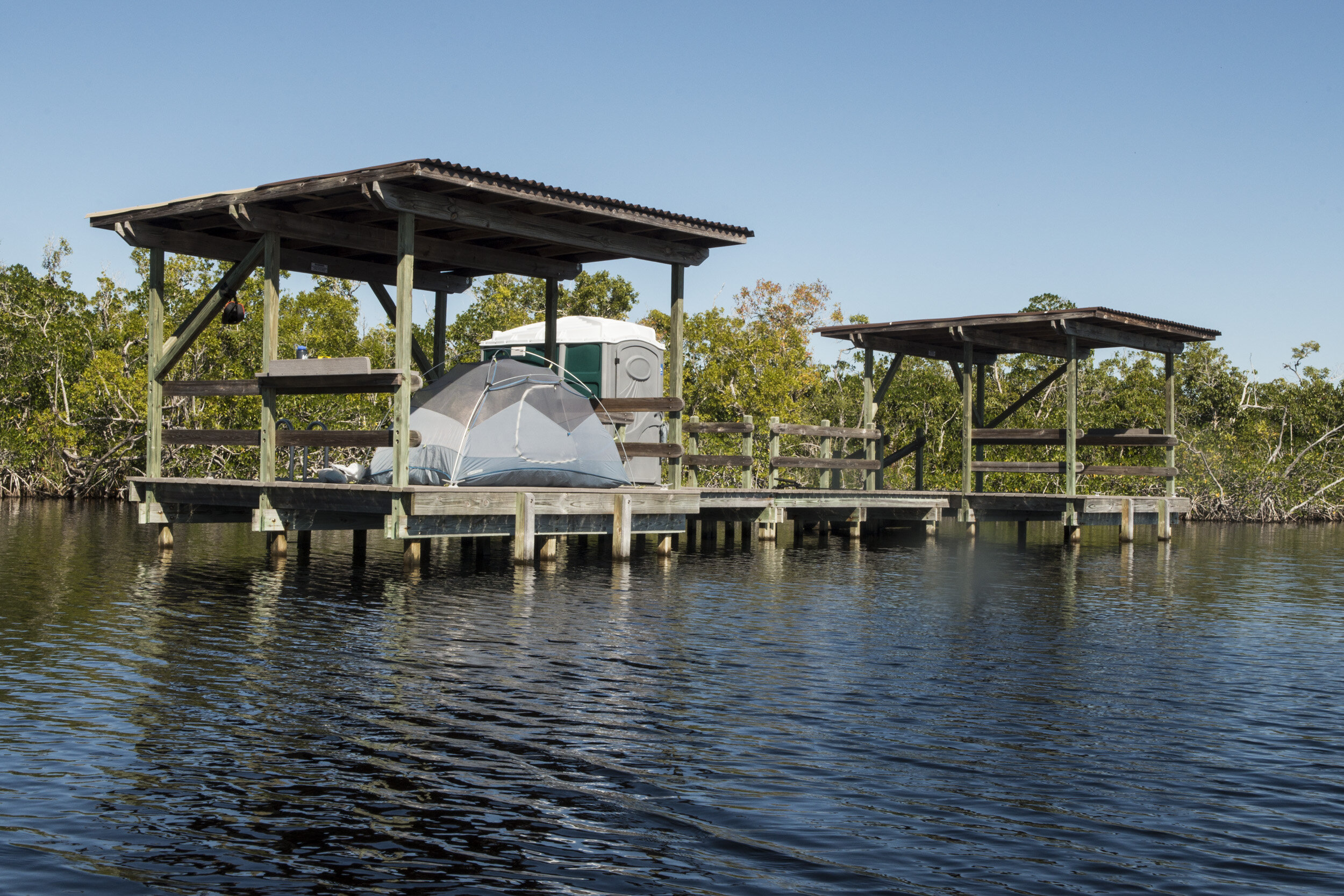
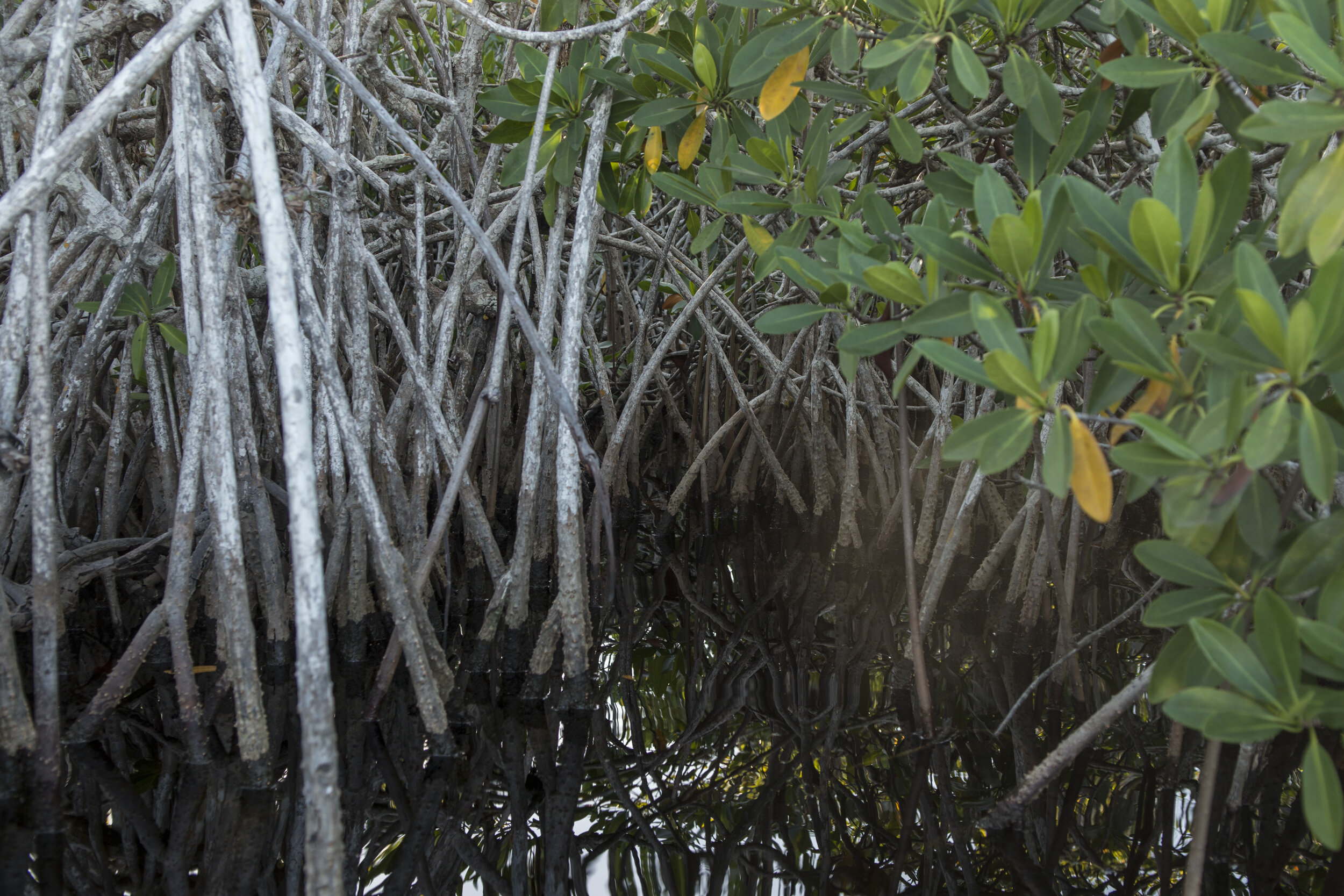
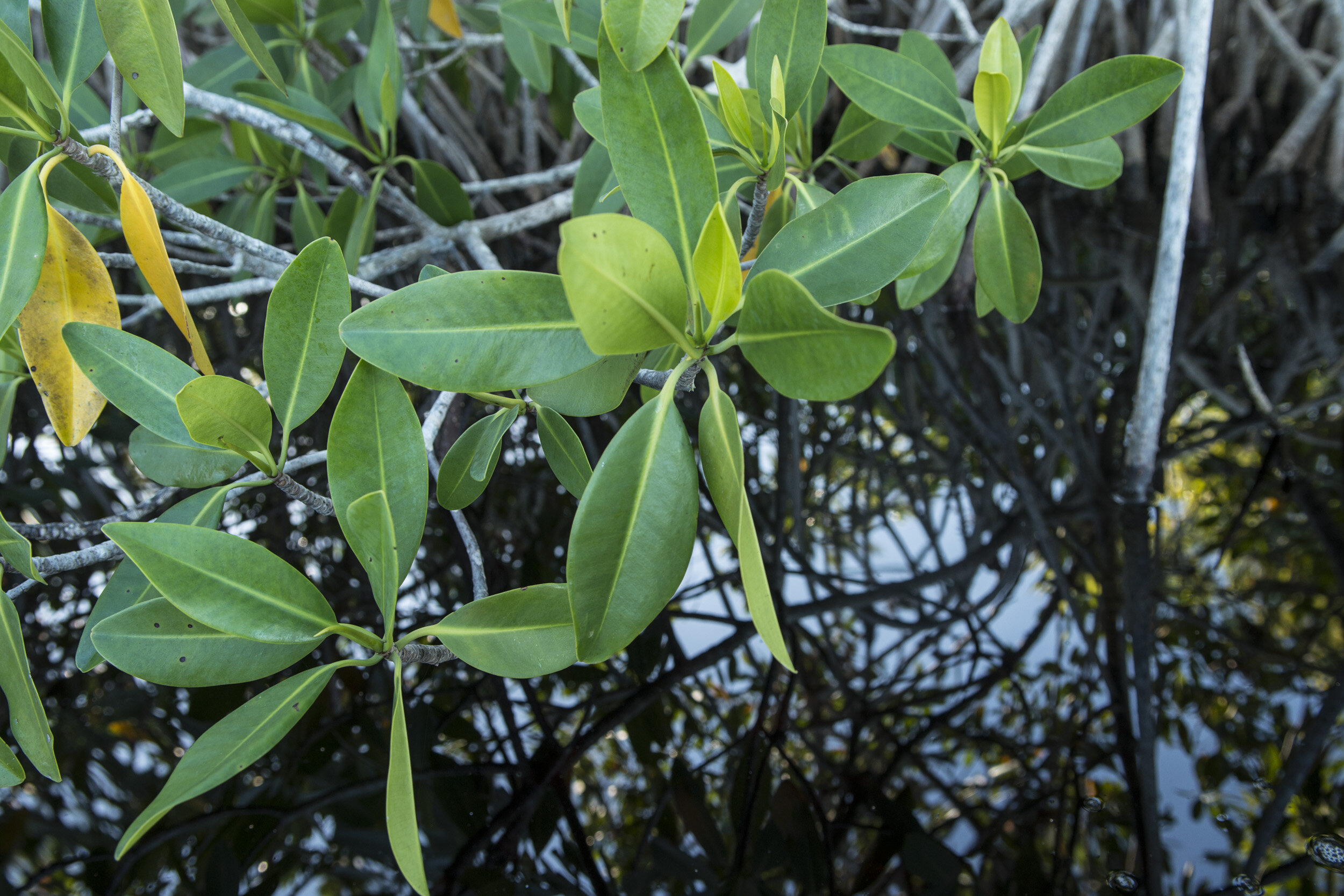
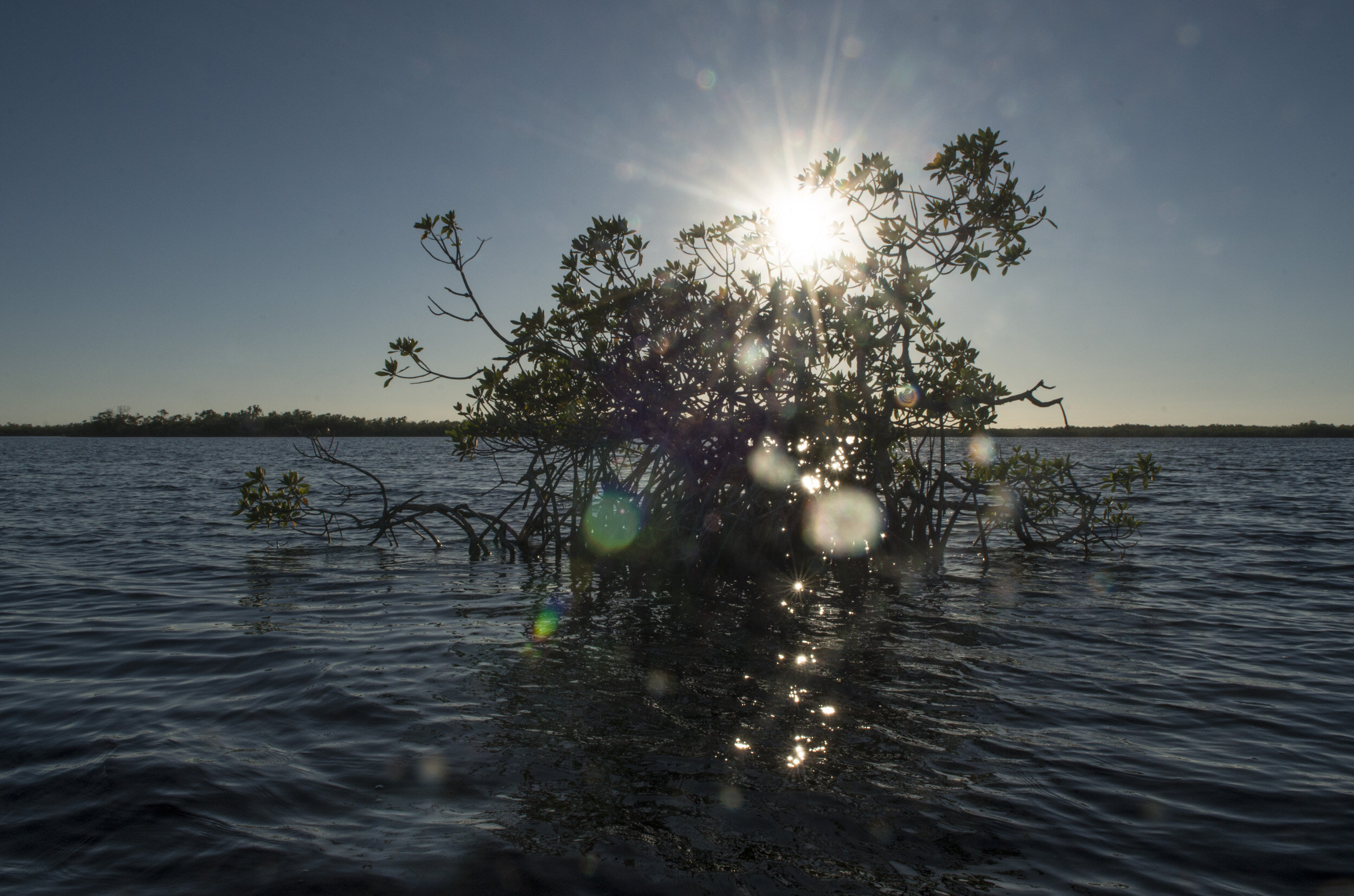
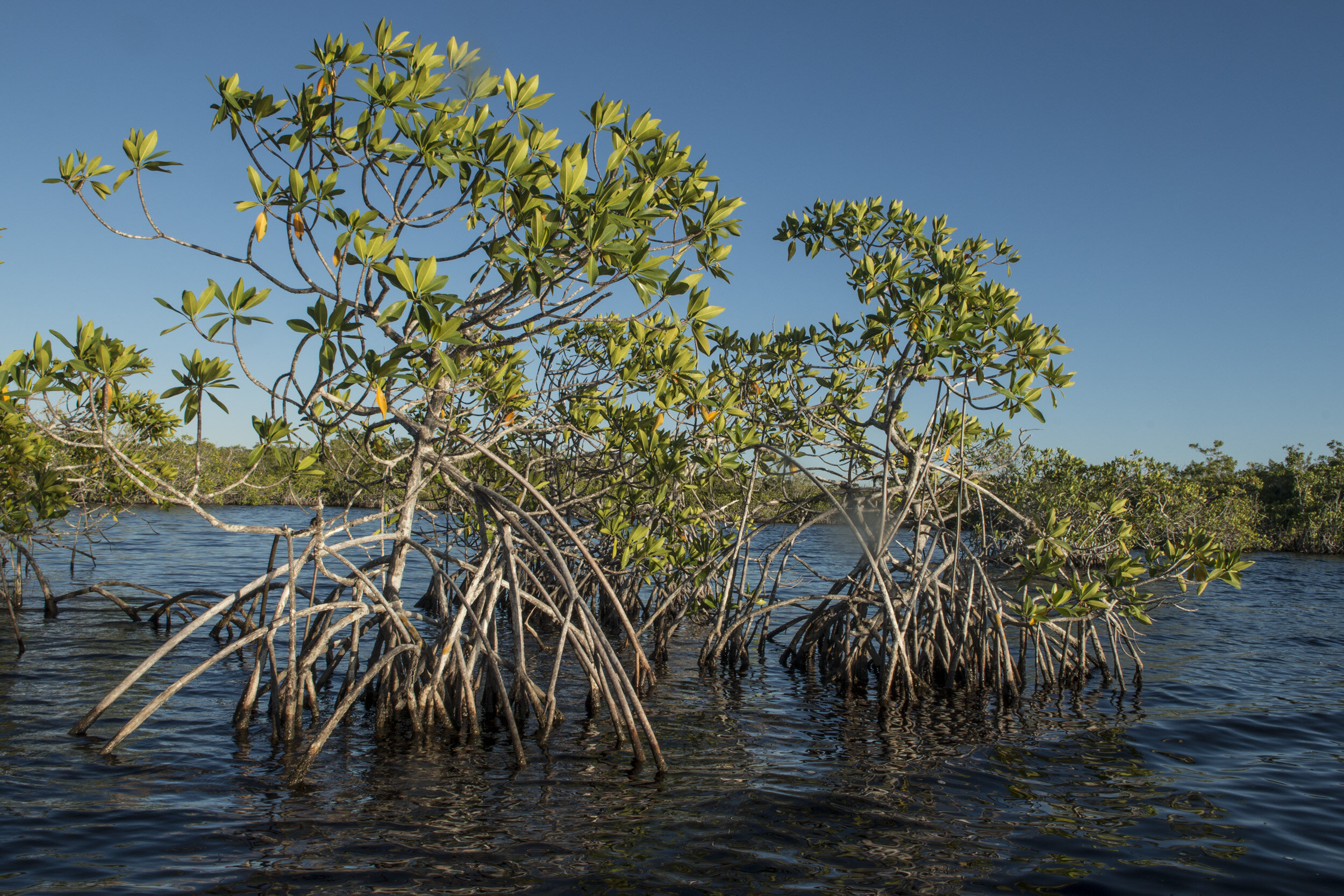
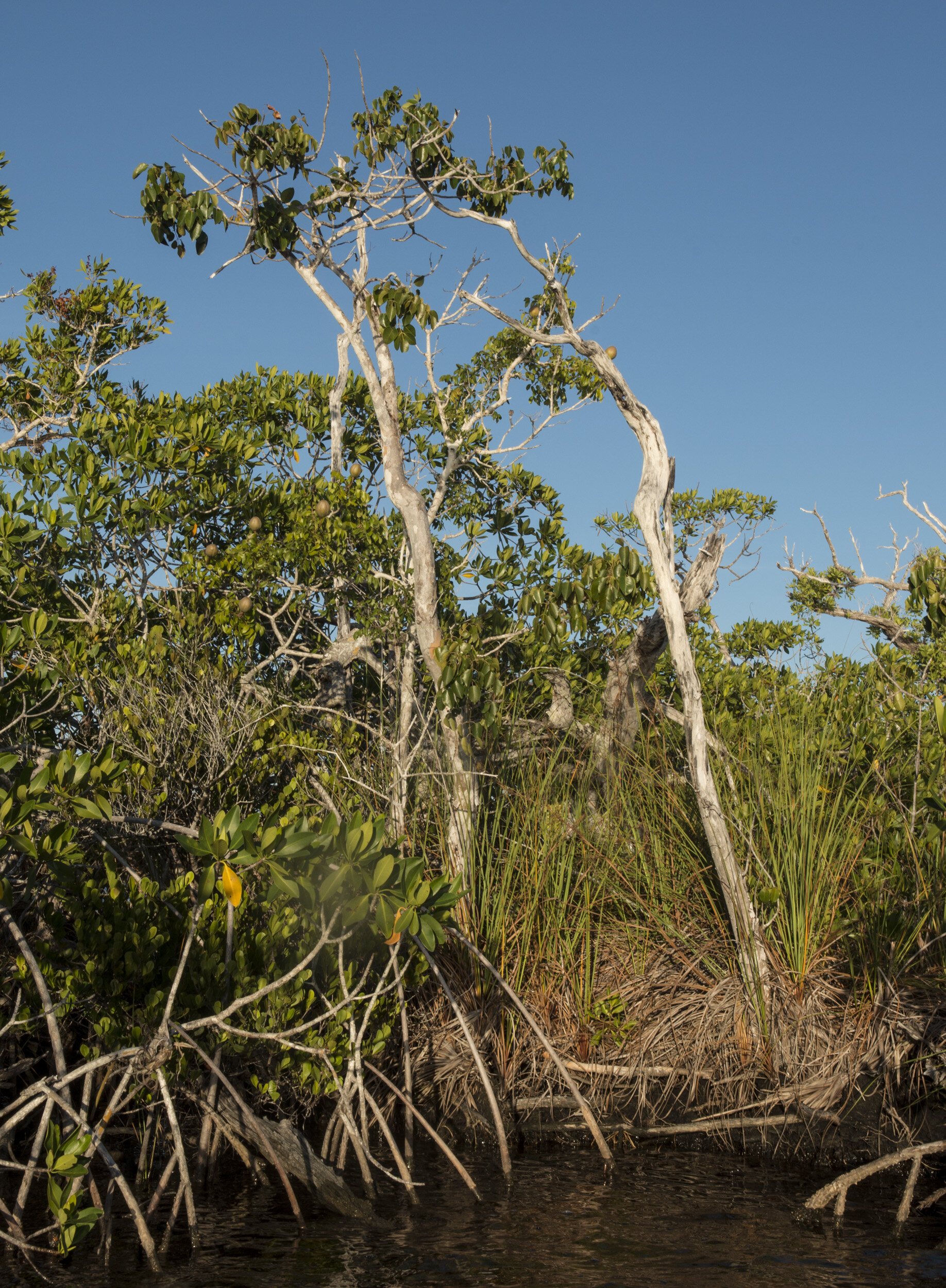
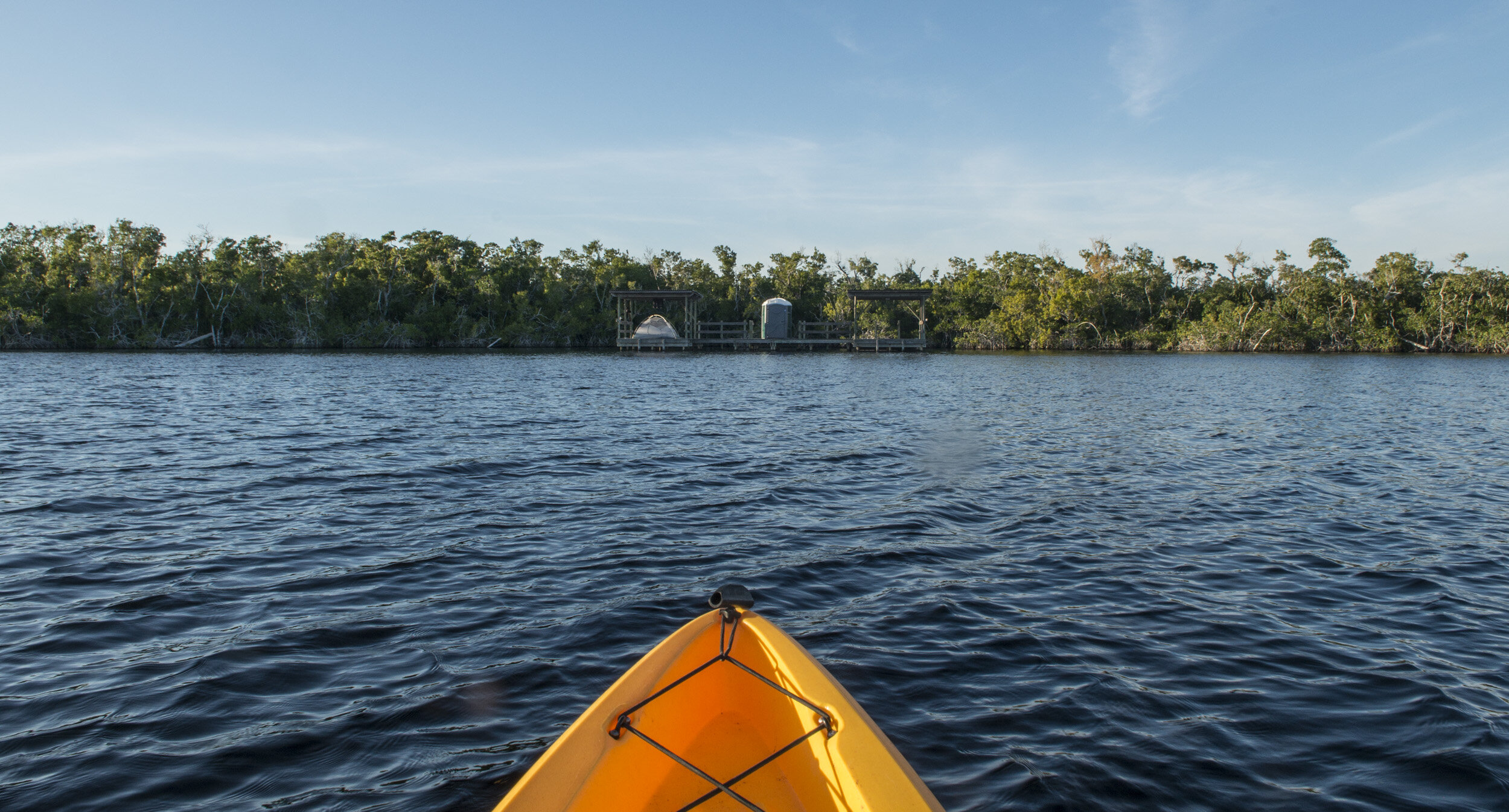
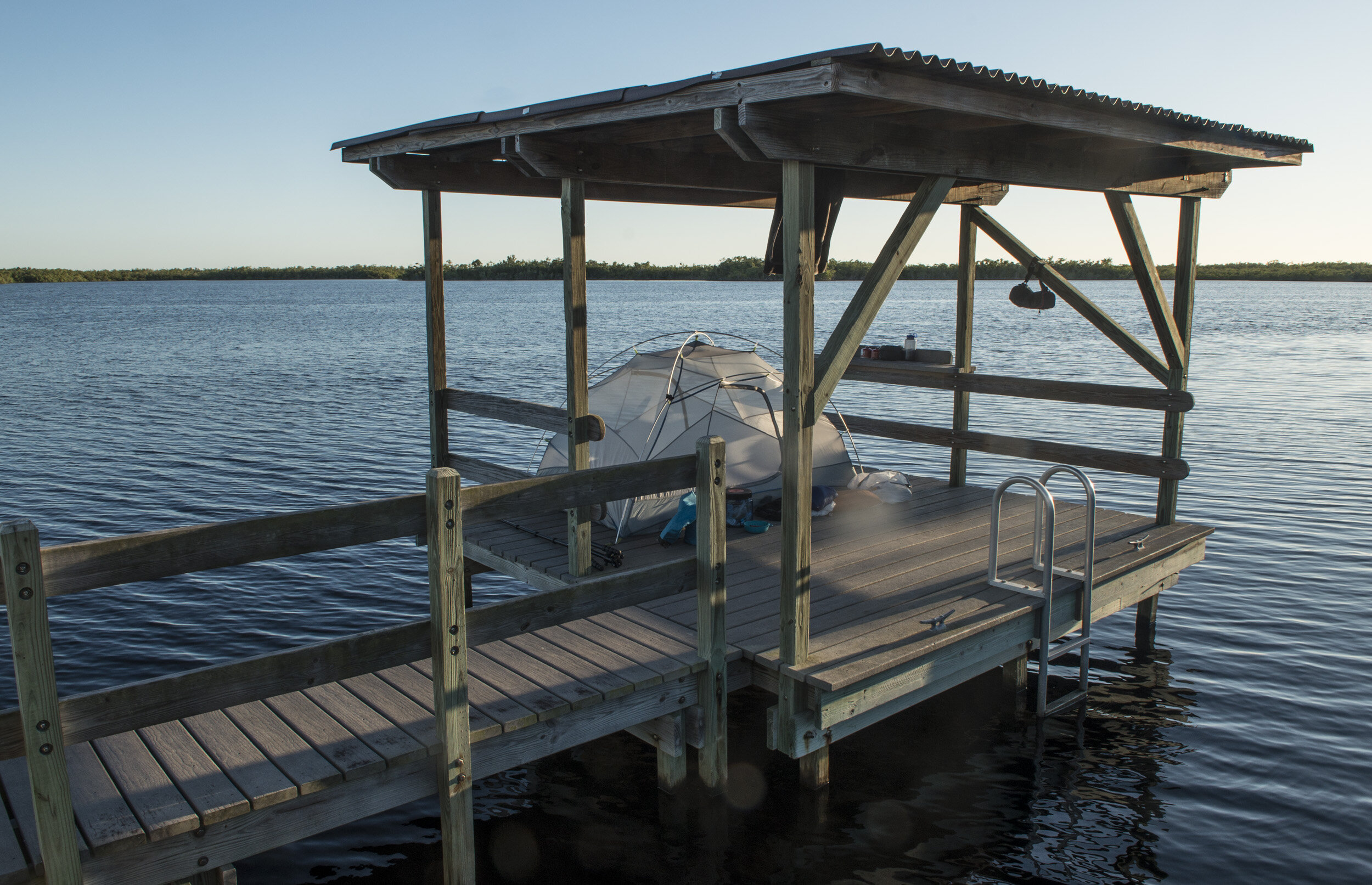
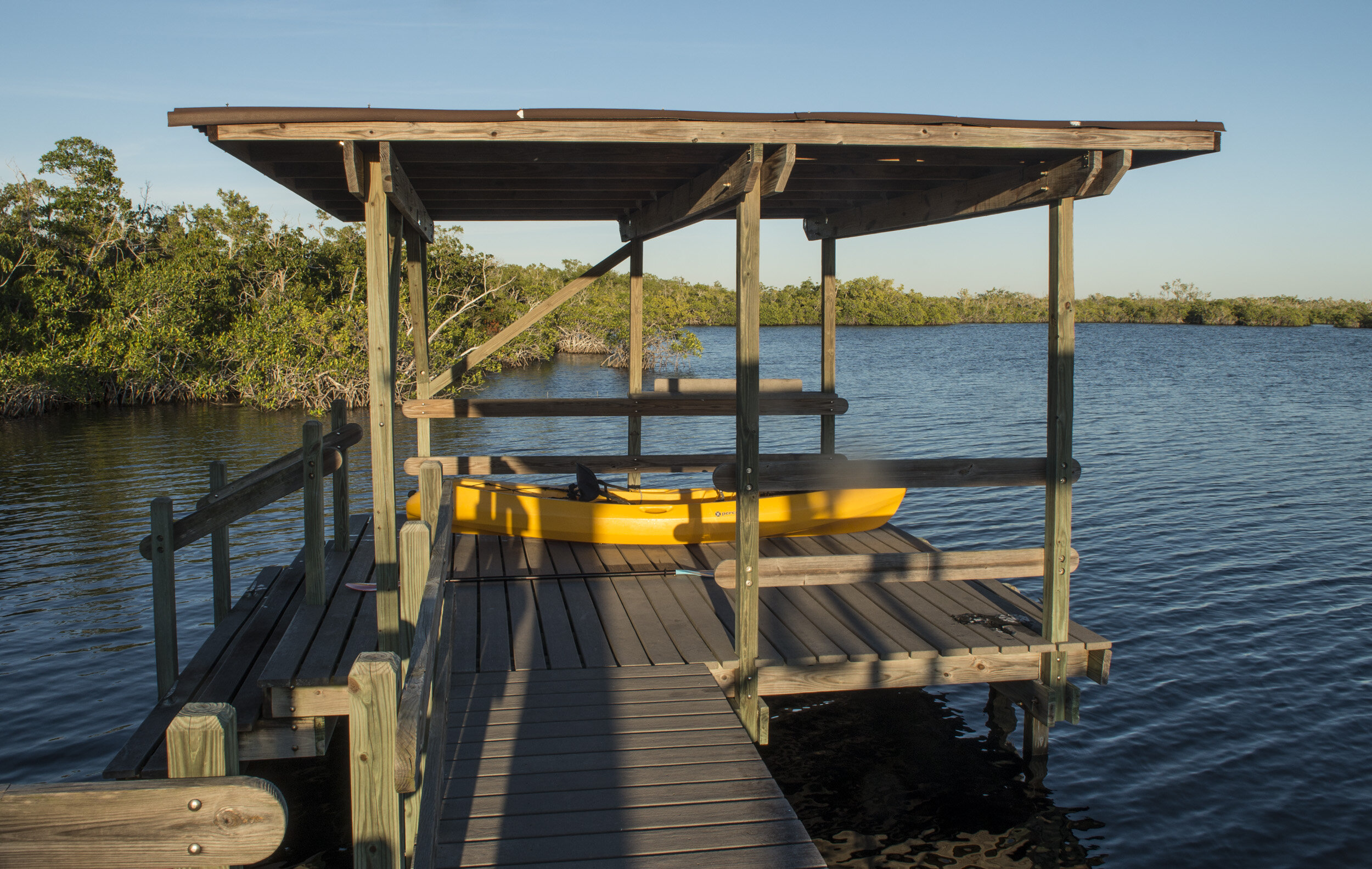
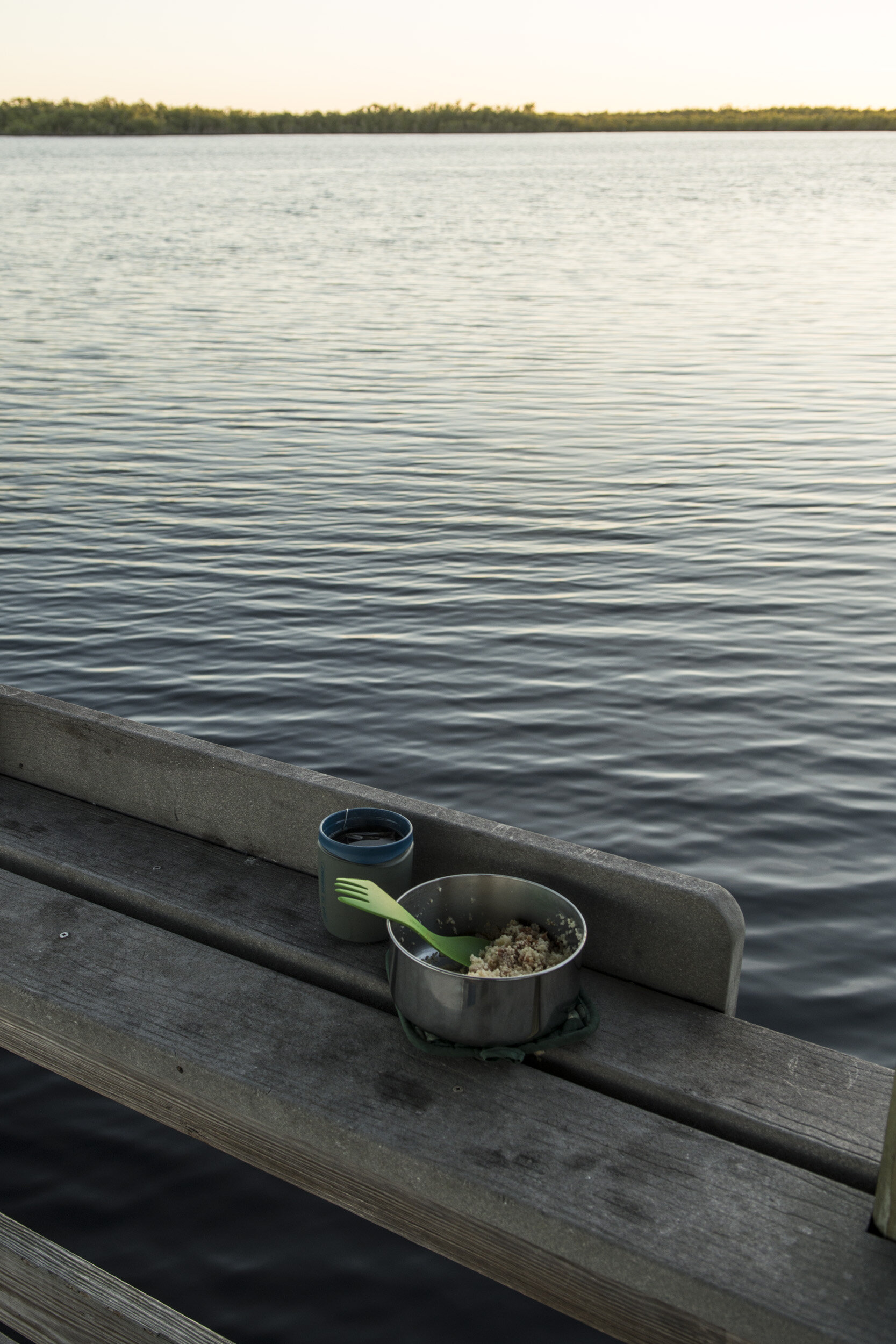
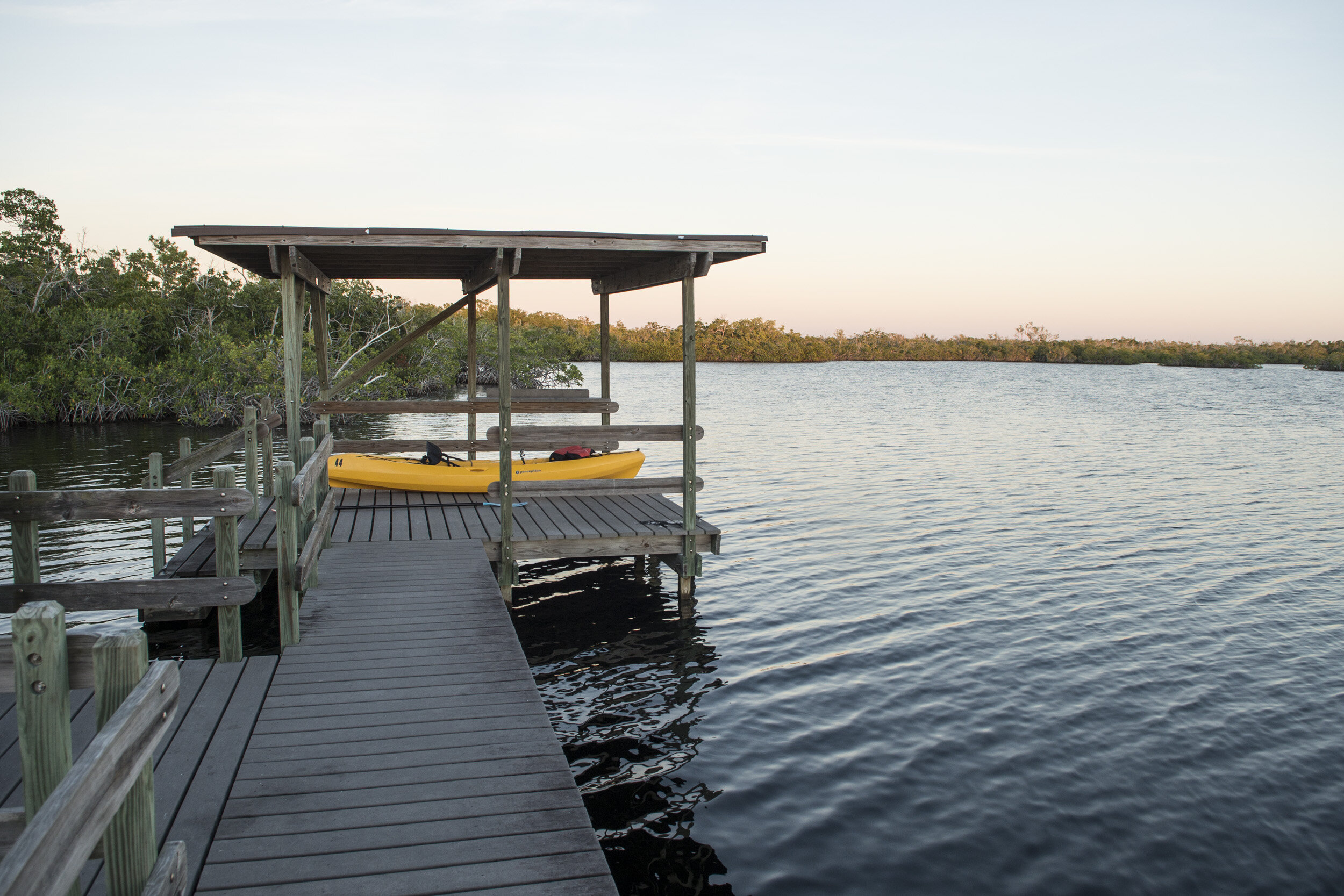
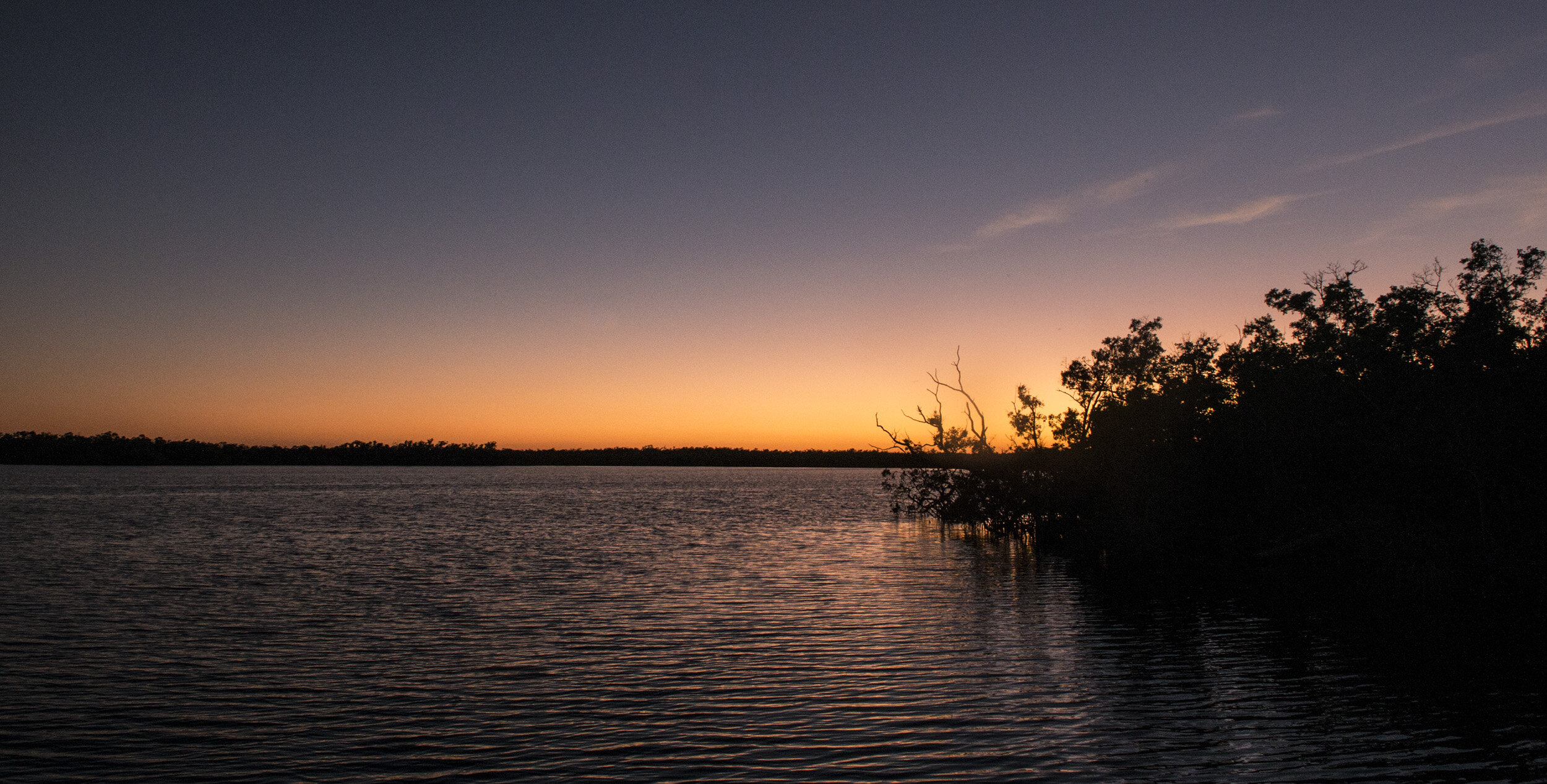
DAY THREE: Pearl Bay back to trail head, Flamingo, park road, Anhinga Trail.
I was woken by the sound of splashing. It would still be dark for another hour, so I couldn’t tell what it was. I thought maybe it was a fish. the more I heard it, the bigger it sounded. It also sounded like breathing noises. Manatee? I hadn’t been around manatees in the wild, so I wasn’t sure what they sounded like. I would have to wait and hope it hung around until I could see it. As the eastern sky started getting light, I caught my first glimpse of what was making all the racket; dolphins! There were at least two of them, within 20 yards of the chickee. I could see their dorsal fins sticking out of the water, as they surfaced and splashed around. And the breathing noise was them exhaling through their blowholes. Just me and the dolphins. So cool. After not seeing much fauna at all in the backcountry, this was an unexpectedly awesome highlight. Little did I know this was just the start of one of the best days I’ve ever had for spotting wildlife in national parks.
The dorsal fin of a dolphin just a few yards off the chickee at Pearl Bay.
Area around Pearl Bay Chickee. The green lines are my two kayak excursions, and the blue circle showing where I saw the dolphins.
As the sun continued to rise, it lit up a Pearl Bay that looked nothing like the last two days. The wind had completely gone away and the bay was absolutely as smooth as glass. It was a gorgeous sight. I made breakfast and started getting packed up. That morning was about the only time during my whole trip to Florida where the mosquitoes really came out. They weren’t horrible, just annoying. I imagine no wind and a mangrove island just a few yards away wasn’t helping. I put on my bug net and carried on. I couldn’t take my time like I had the previous morning. I had to check in at the kayak rental by 11:00. So once I was loaded up, I pushed off into the surreal smoothness of Pearl Bay. The water was acting like a perfect mirror, reflecting the textured layer of clouds that hovered over the area.
The water on Pearl Bay was as smooth as glass on my last morning.
When I was across the bay I was able to take off my bug net. With no head wind to battle like two days ago, I was able to make good time back to the Lard Can campsite. I stopped for a quick break and to use the port-a-potty before hitting the long stretch of mangrove channels back to the trail head. The tent site was still basically a giant bowl of pudding disguised as solid ground.
I got back into the mangrove channels and started the process of bobbing and weaving around roots and branches. Getting up to speed for a few seconds before having to brake hard on one side to make a sharp turn, or tuck the paddle in close to me to slide through a tight opening in the branches. For a little while there was an osprey circling overhead, screeching. I did eventually start to run into other people as I got closer to the trail head. There was an older man who was doing a day trip to take pictures (he had a really nice kayak), and two guys doing an overnight. On return trips I like to keep track of landmarks so I have a sense of how far I have left, but that’s nearly impossible in the mangrove. It all looks the same. Don’t get me wrong, it’s really cool, but there are too many zigzags to keep straight and really no variation in what you’re seeing. The only thing I could do was keep track of the time. It had taken me about 2.5 hours to get to Lard Can, so I used that as a rough guide for how long it would take to get back.
Paddling down one of the wider mangrove channels. One of the PVC trail markers can be seen on the lefthand bank.
When I came around the final bend and saw the dock just ahead of me, I breathed a sigh of relief. More from just finally knowing where I was than from it being over. It was an odd feeling pulling the kayak into the roadside parking area. This was the first solid ground I had been on in two days. And I had plenty of time to drive the 10 miles back to Flamingo before my check-in time. The rental service will come pick up the kayak, no need to try and lug it around yourself.
As I pulled in the Flamingo parking lots, an osprey swooped right in front of my car into a tree, grabbed some Spanish moss mid flight, and swooped out again. Turkey vultures were all over the lawn with their wings spread out soaking up the sun. Egrets, ibis, and herons were all over the place. No sooner had I checked in at the kayak rental, a ranger let us know that there was a crocodile sunning itself over at the canal boat ramp. I grabbed my camera out of my car and ran over there. He wasn’t kidding. There was a huge American crocodile laying out near the water’s edge on the boat ramp. I got to within about 25-30 feet of it. He was just laying there, completely oblivious to me and the other guy that was there checking it out. After some quality time with the croc, I got word that there were manatees in the bayside marina. So I rushed over there and sure enough there was a pod of 4-5 manatees slowly maneuvering around the marina. From there I went back to the osprey nest behind the kayak rental where an osprey had landed on top of a pole. From here I also had a good view of a few more crocs floating in the canal. So much wildlife!
American crocodile on the canal boat ramp at the Flamingo Visitor Center.
Adult manatee and calf in the bayside marina at Flamingo Visitor Center.
Osprey near the kayak rental at Flamingo Visitor Center
Broad-winged hawk perched in a tree near Flamingo Visitor Center.
I ran into the older couple I had met at Pearl Bay the day before and we were gawking together at all the critters. I had bought a Gatorade at the park store and set it down on a picnic table while I watched the crocs in the canal. Before I knew it a crow was pecking at it trying to get it open. Do not leave anything unattended! As much as I wanted to just hang out and watch the animals all day, I did need to get going and I wanted to stop along the park road on the way out. I needed a shower first and so I headed back to the campground. On the way, I spotted an osprey nest on the far side of an open marsh. I pulled over to take a few pics. As I’m standing outside my car, a hawk flies right in front of me and lands in a nearby tree. I think it was a broad-winged hawk, but not 100% about that.
After my shower I finally started heading down the park road where I’d be making three more stops. First up was Mahogany Hammock. In the Everglades, a hammock is a slightly elevated area that acts as a sort of island amongst the surrounding wetlands. Sometimes only a few acres in size, the hammocks harbor hardwood trees, ferns, and other plants that wouldn’t be possible in other areas. Mahogany Hammock has a short loop trail that passes next to the largest living mahogany tree in America.
My second stop was at the Pa-hay-okee Overlook. This is a raised viewing platform with a panoramic view of the Shark River Slough, or “river of grass”. As far as you can see to the north and west is miles of grass, with the odd, small tree poking up now and again. As I stood there taking in the view, I suddenly heard an owl call. And it was close. Really close. It called every minute or two, and I used each call to home in on its position. I finally spotted it in a tree off the backside of the platform, no more than 20 feet away. It was a barred owl hanging out on a tree branch. I must’ve walked right passed in on my way up the ramp. A few minutes later a couple came up on the platform. Not wanting to make any noise, I quietly motioned for them to come over to where I was standing. I brought up a preview on my camera of the owl and pointed to where it was sitting. The woman started shooting away while her male companion took in the view.
A map of the Flamingo area. The visitor center and marina was an astounding place to view wildlife.
View from the Pa-hay-okee Overlook, looking out over the Shark River Slough.
Barred owl at the Pa-hay-okee Overlook.
As I drove further down the road I entered an area known as Pine Rockland. This is another elevated area covered in pine, palmettos, and other trees. There were a bunch of birds along this stretch, including black vulture, herons, and another broad-winged hawk. If I had stopped to photograph every cool looking bird, I never would’ve left the park. My final stop was originally going to be the Ernest F. Coe Visitor Center. As I approached it, I passed the turn off for the Anhinga Trail. I hemmed and hawed, and finally I pulled over to consult my guide book. The Anhinga Trail was listed as one of the must do trails in the park. Daylight was getting short, and there was really nothing I HAD to go to the visitor center for. I already had bought my souvenirs at the Flamingo visitor center. I turned around and headed for the Anhinga Trail.
The Anhinga Trail is a .8 mile trail that is absolutely teeming with life. The whole trail is flat and consists of either paved sidewalks or boardwalks, so the whole length of it is handicap accessible. Right of the bat, the first long stretch of sidewalk lined with several alligators lying in the grass along the water filled ditch. The ditch also contained several of the trail’s namesake, anhingas, a type of cormorant. A little farther down I ran into my old friends, the older couple from Pearl Bay and Flamingo. We all wound up walking the rest of the trail together. The woman seemed to know quite a bit about the birds and wildlife and was able to point things out. The boardwalks go out over the lily pad covered waters and marsh lands. One particularly exciting find was a soft shelled turtle that was slowly cruising through the waters below us. Apparently they are not all that common. Also spotted was a purple gallinule. This small, vividly colored bird with big clown feet is light enough to walk around on the lily pads. And there were so many other birds, more gators, hard shelled turtles, and flora. This is definitely a must do hike!
Alligator along the Anhinga Trail.
Anhinga sunning itself on the Anhinga Trail.
Soft shell turtle along the Anhinga Trail.
Anhinga and purple gallinule along the Anhinga Trail.
When we got back to the trail head, I said goodbye to the couple and took a few more pics of the gators in the pond. The sun was setting and I had just enough time to get to the Coe Visitor Center. It was closed by now, but there was just enough light left to take a selfie with the entrance sign. That would bring an end to my visit to Everglades. From here I was headed to Key West where the next day I would be catching a ferry out to Dry Tortugas National Park.
DAY THREE PHOTO GALLERY:

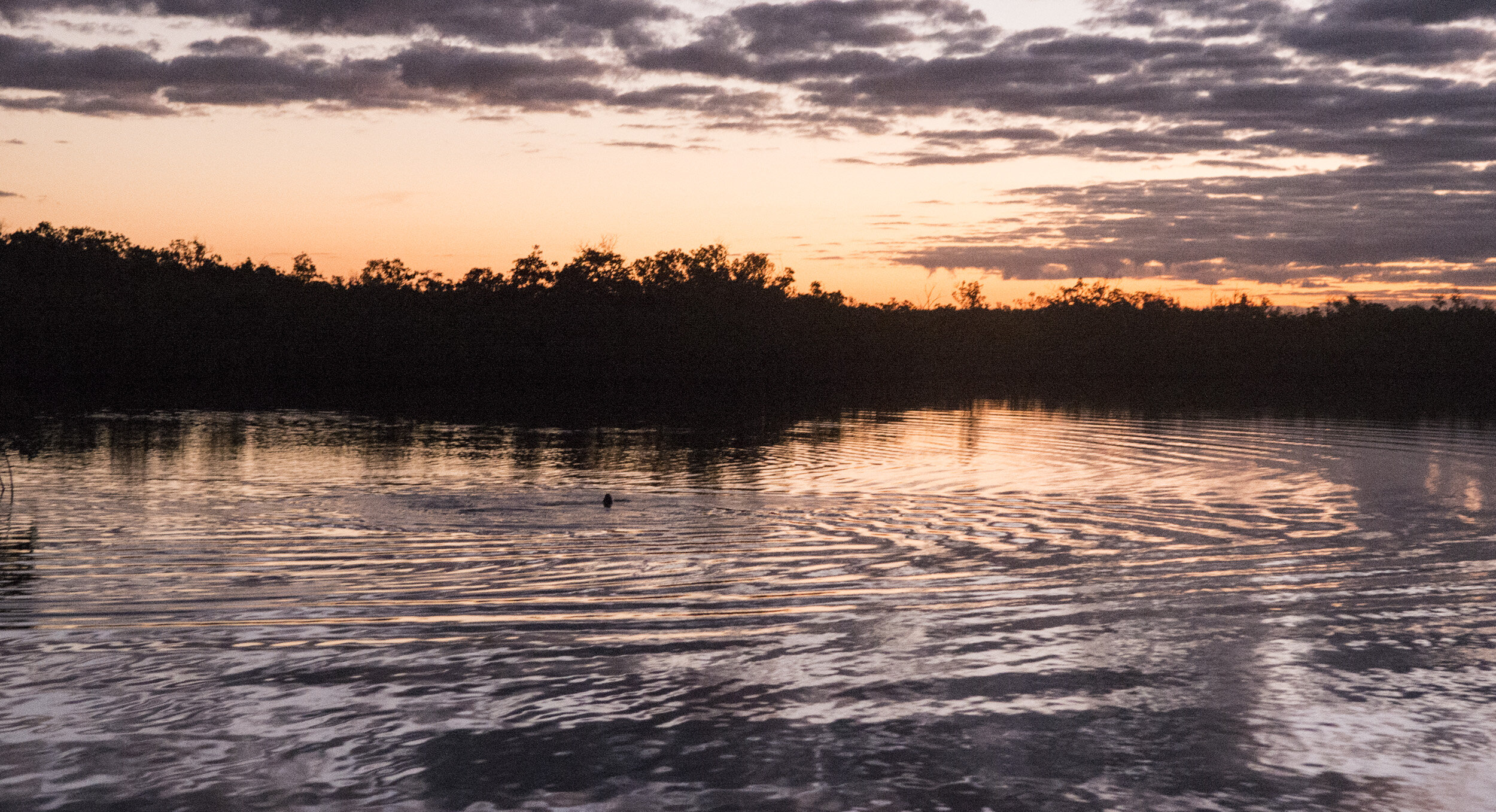

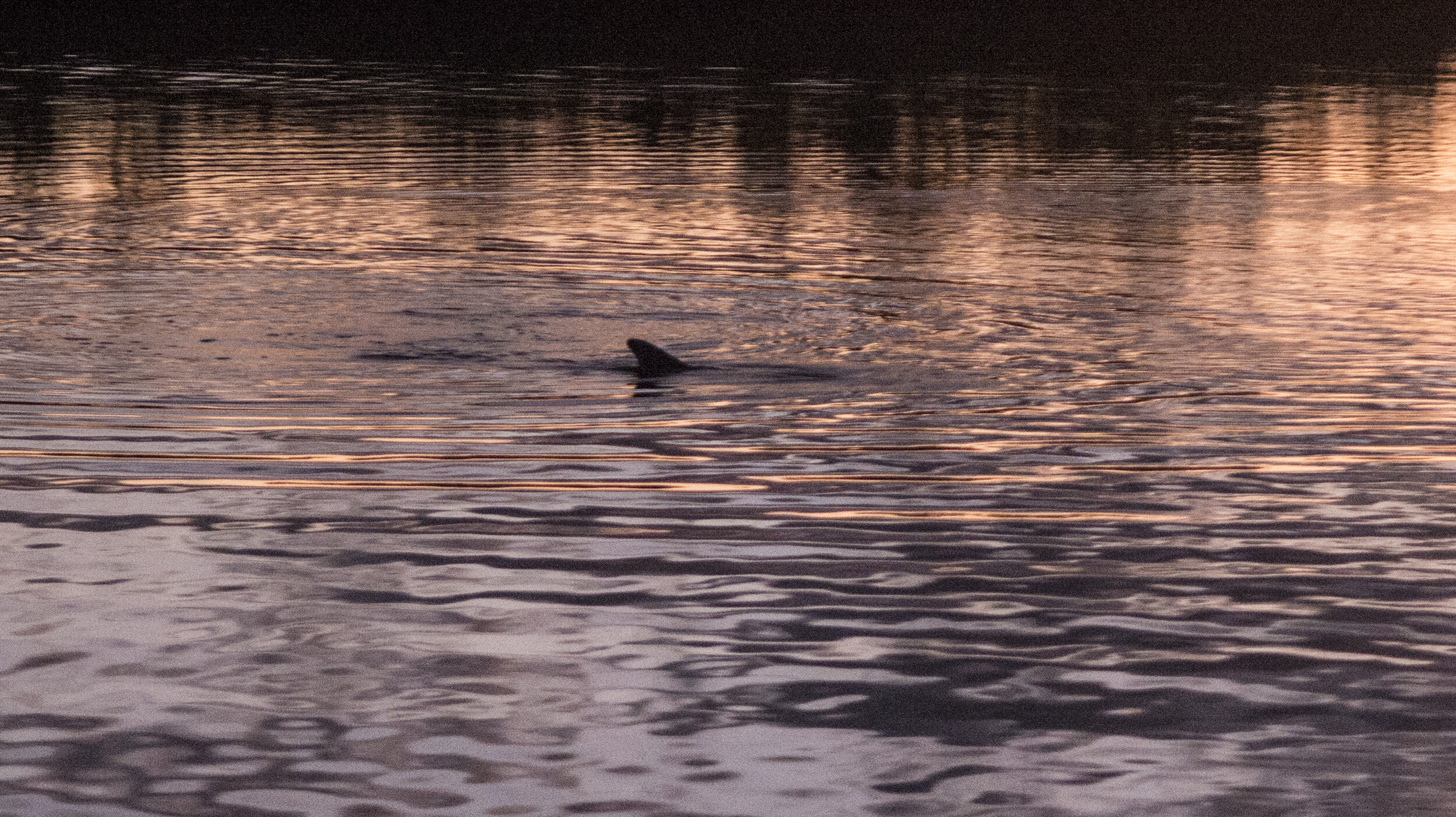
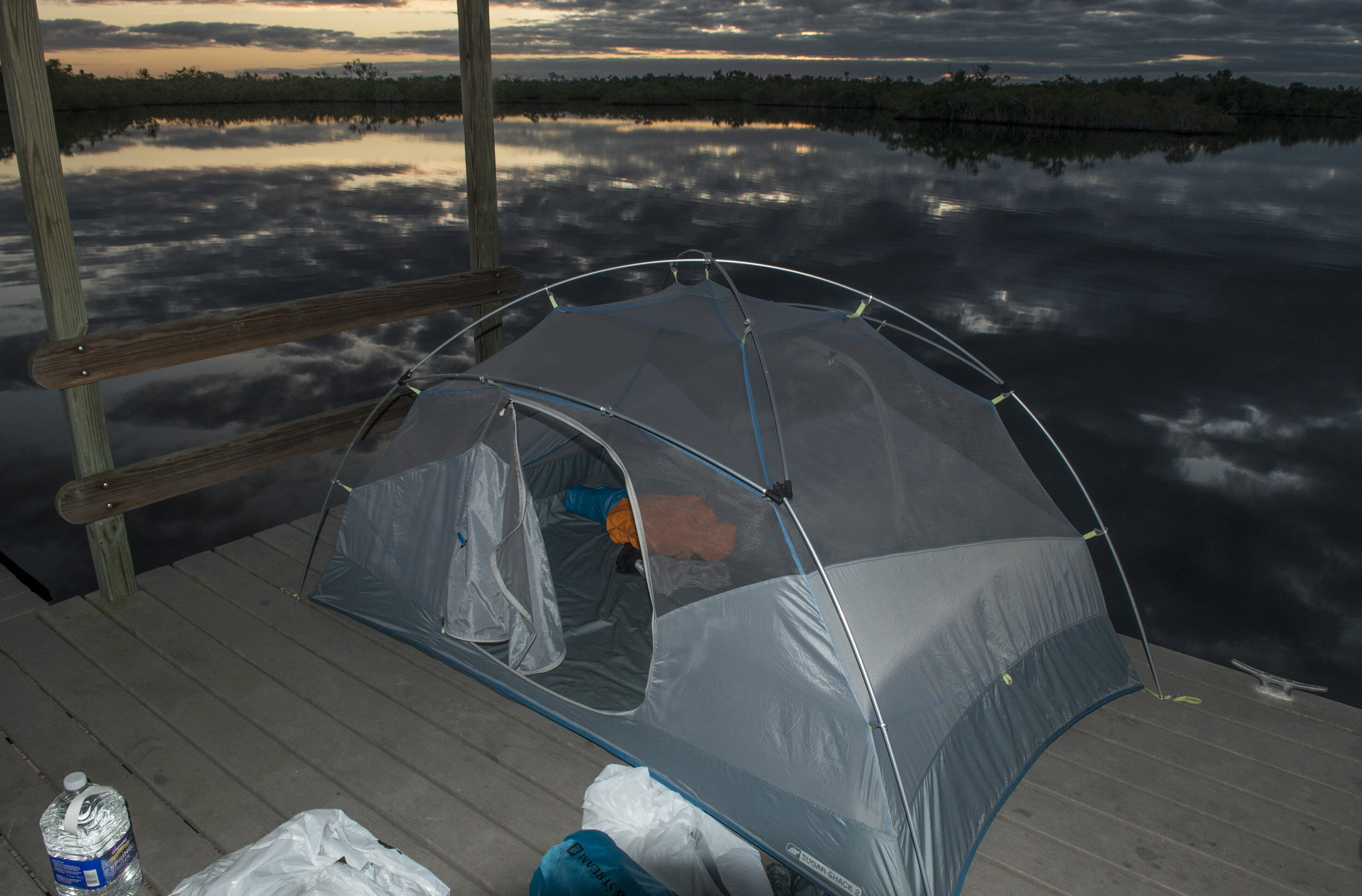
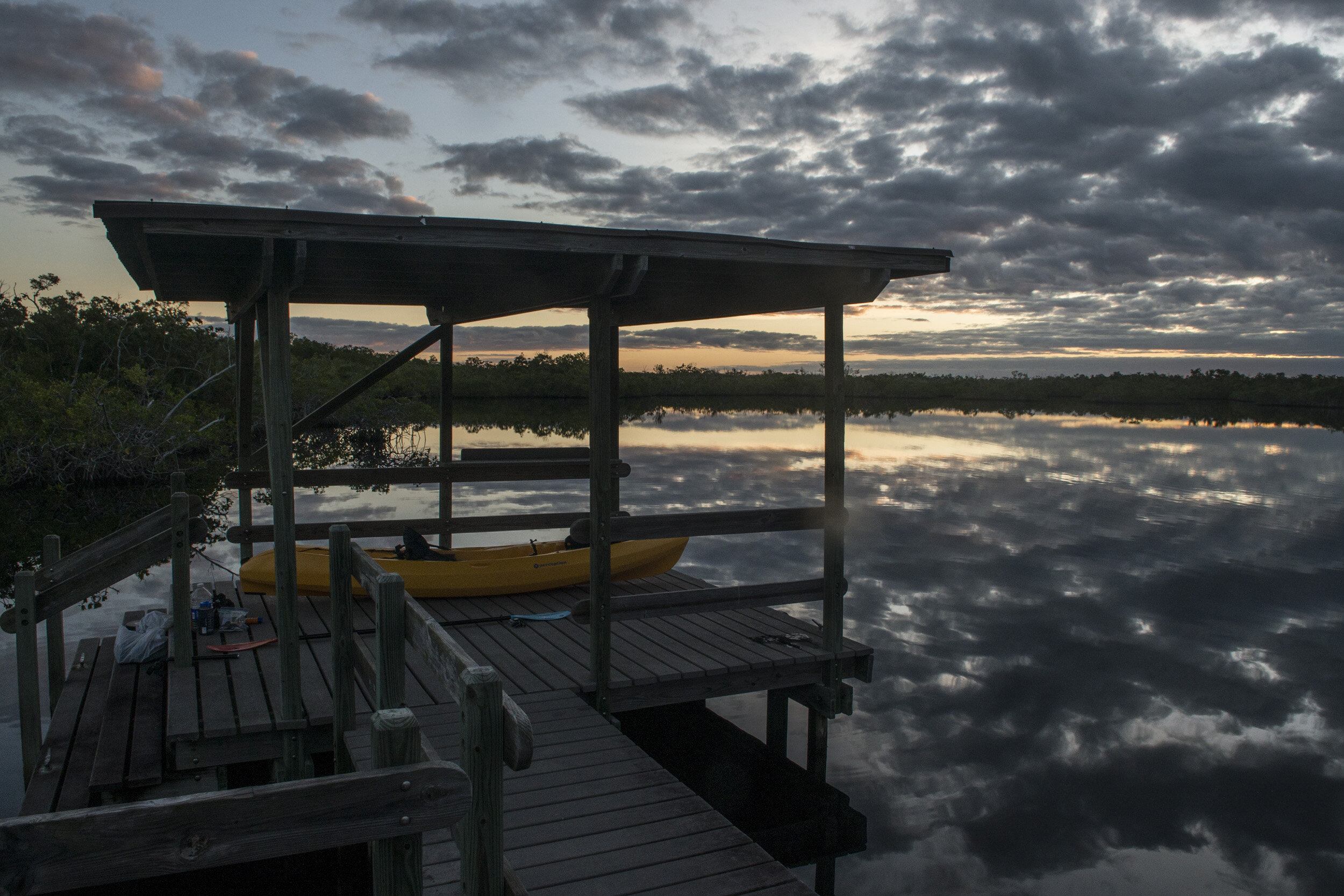
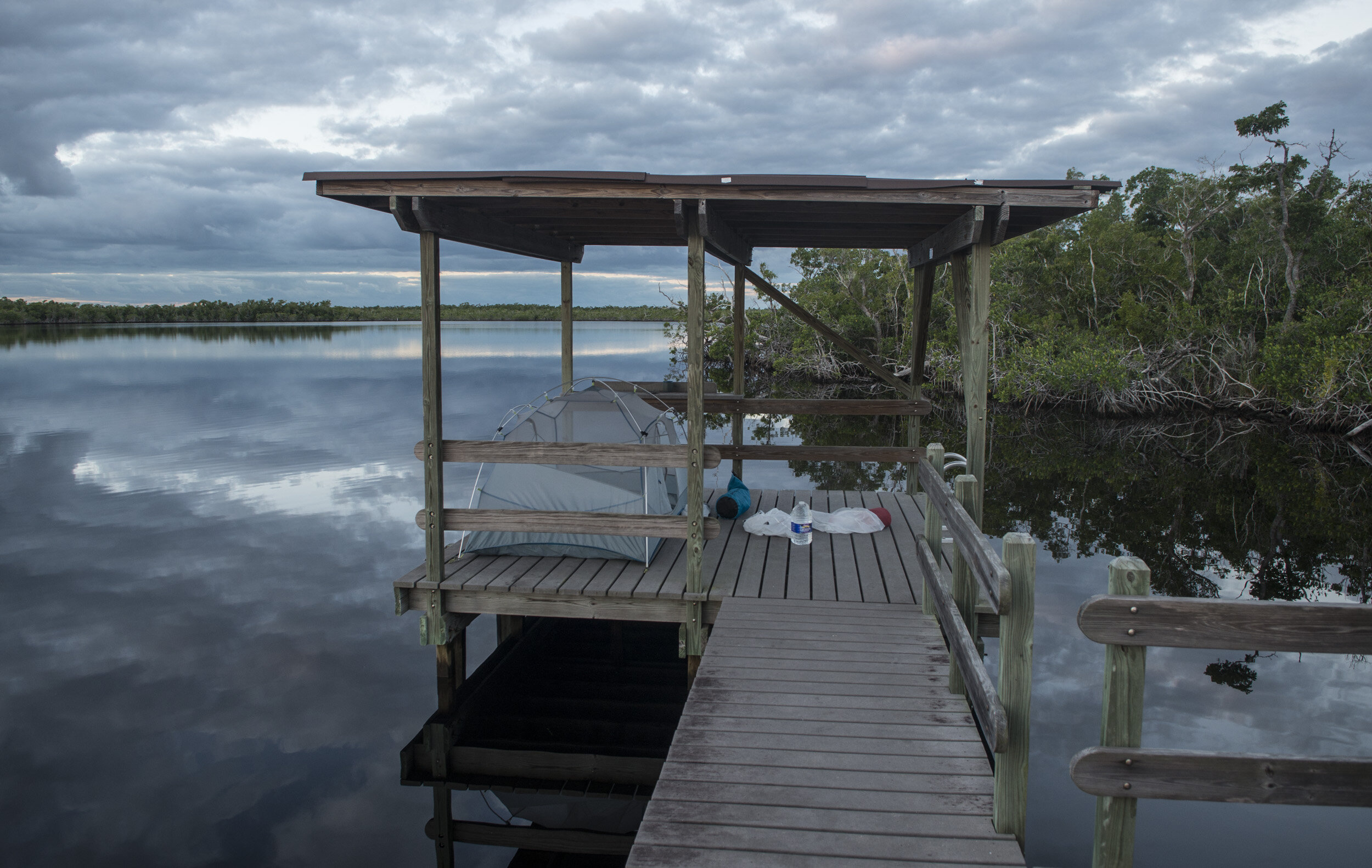
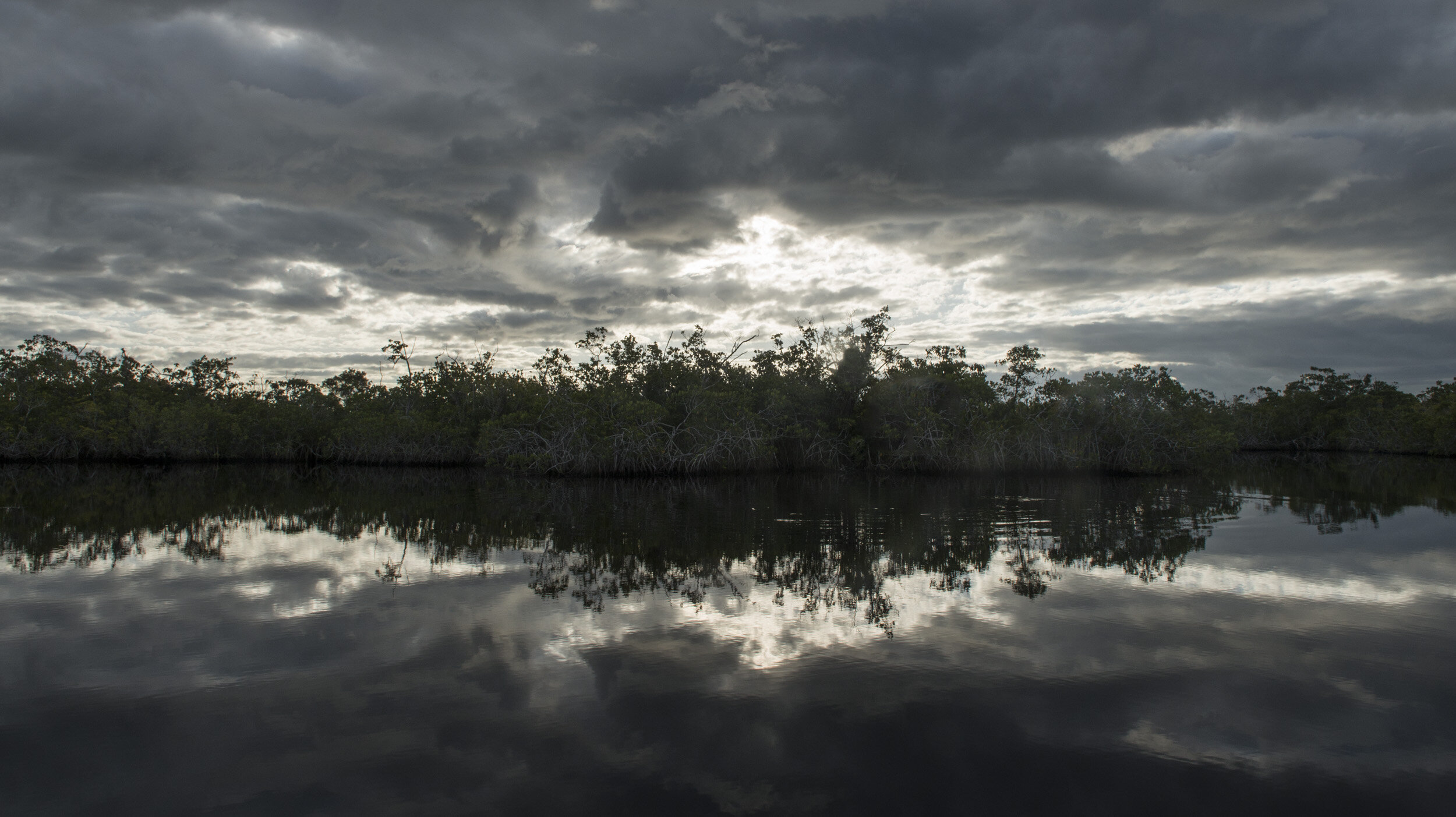
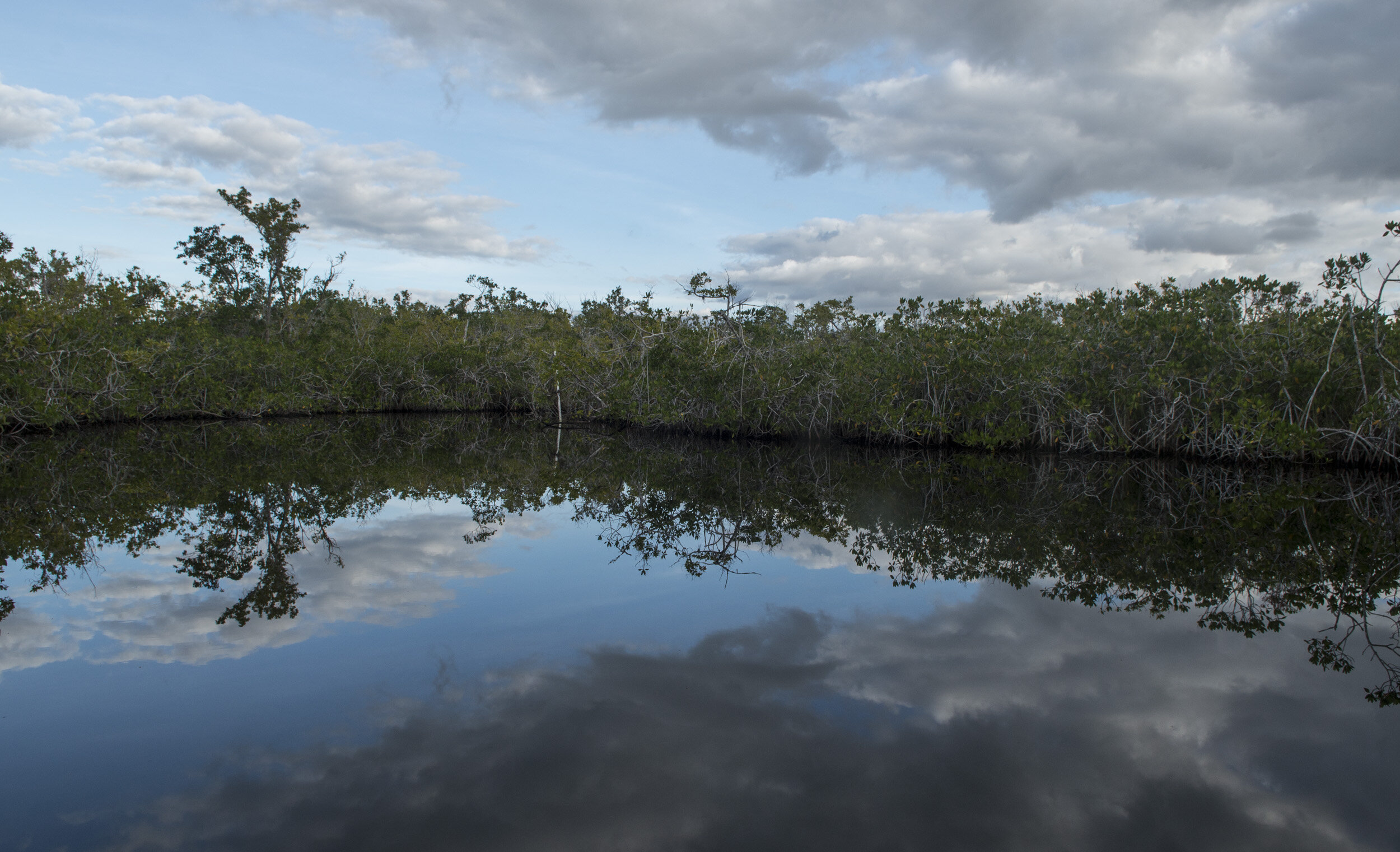
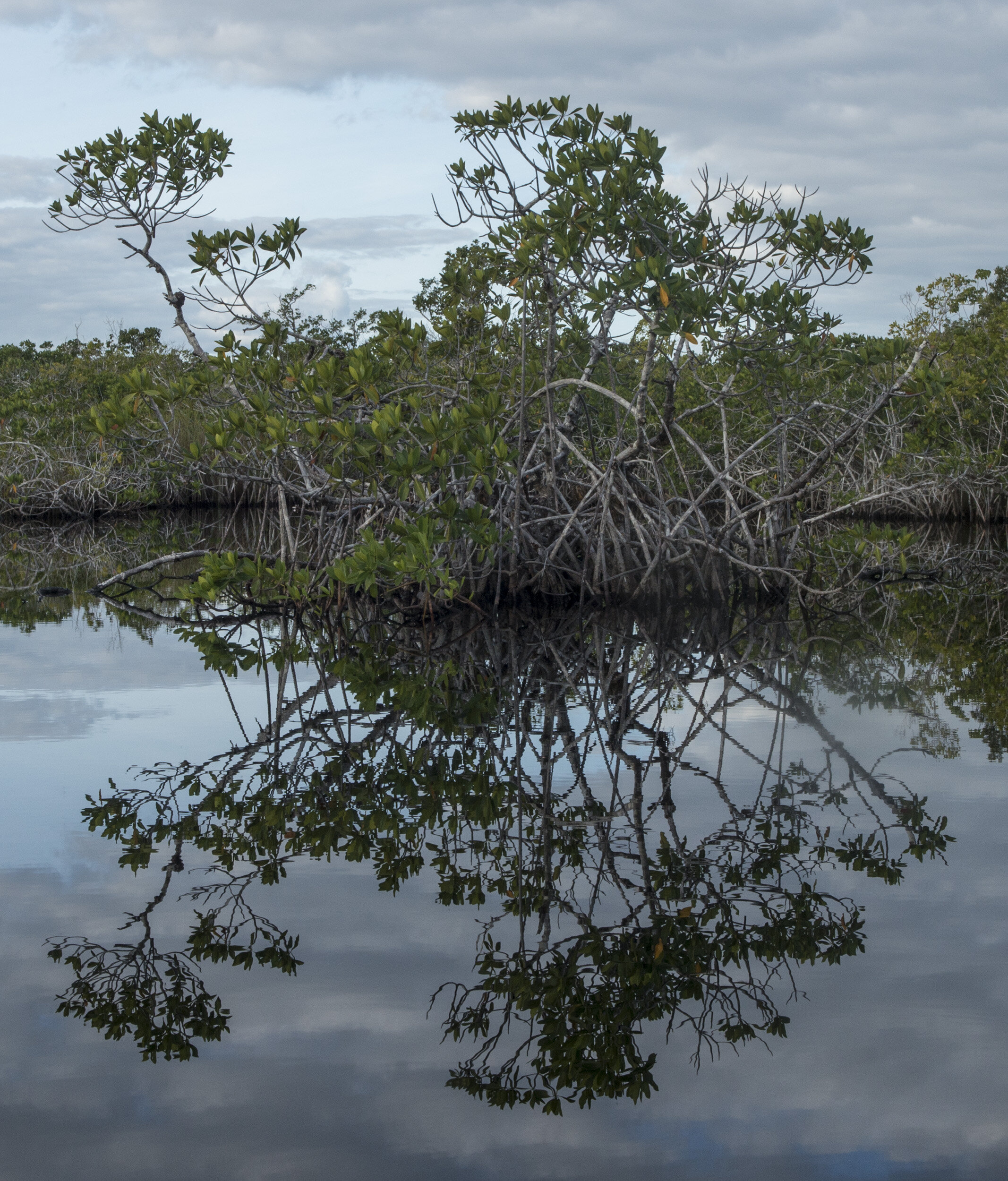
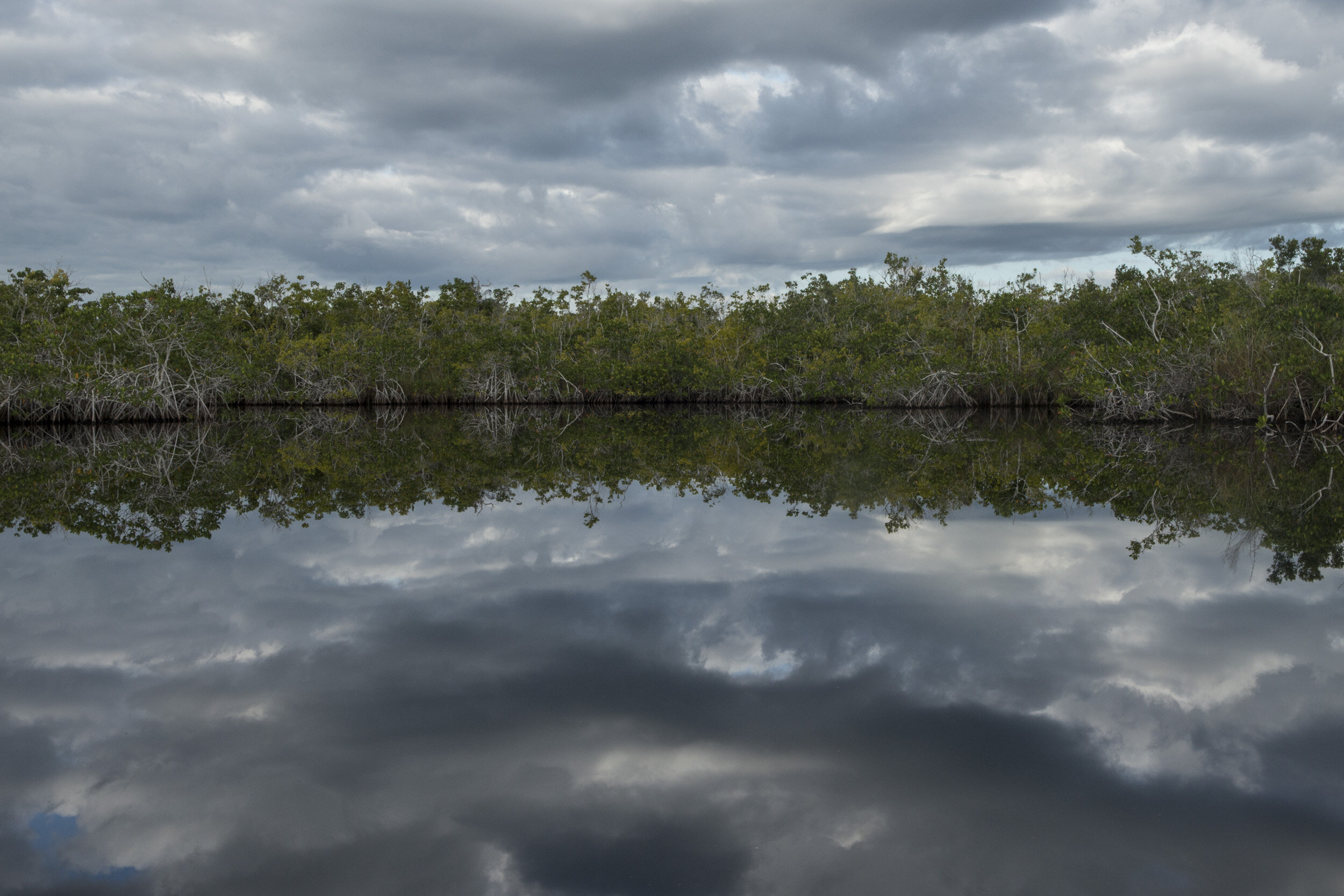
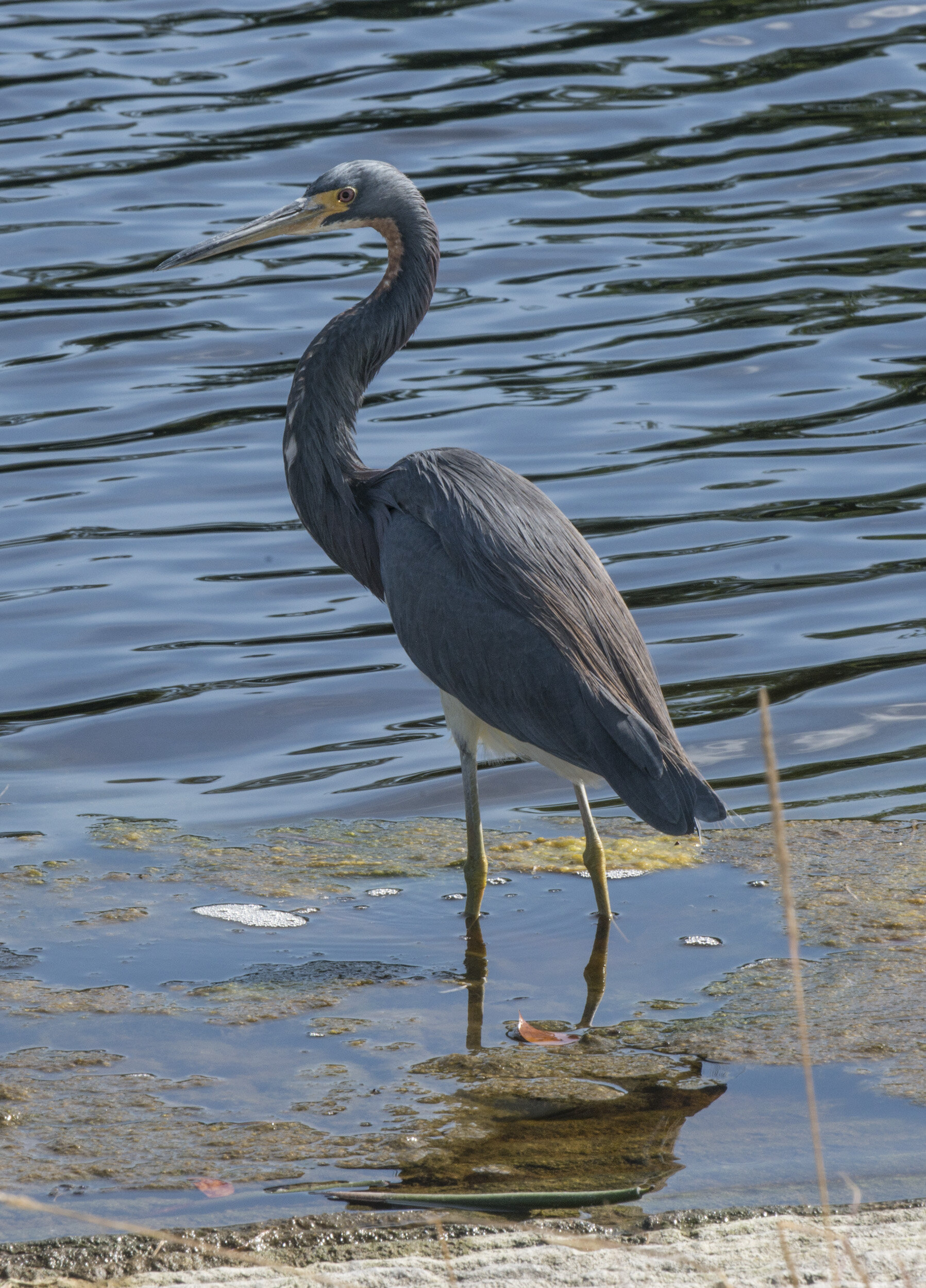
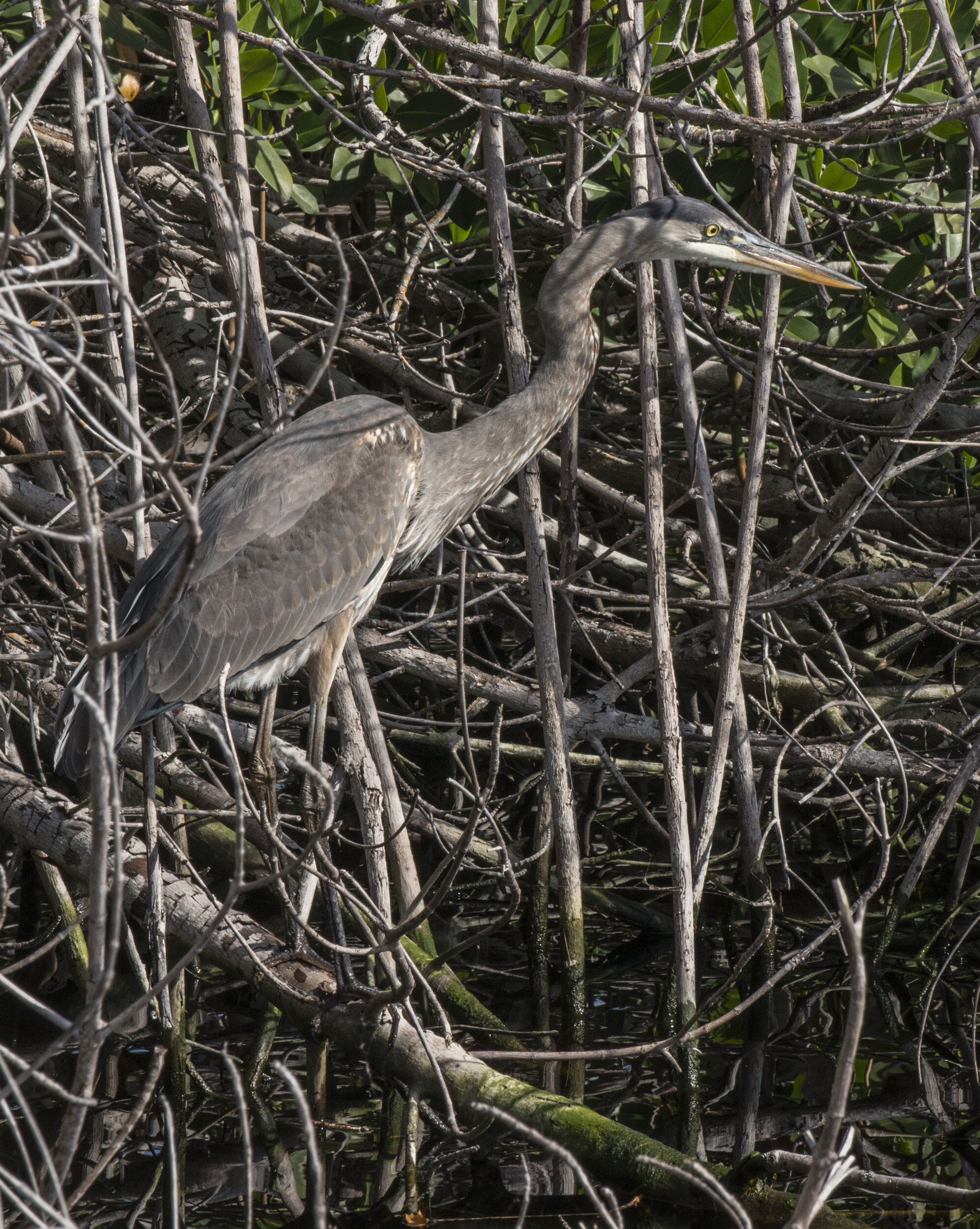
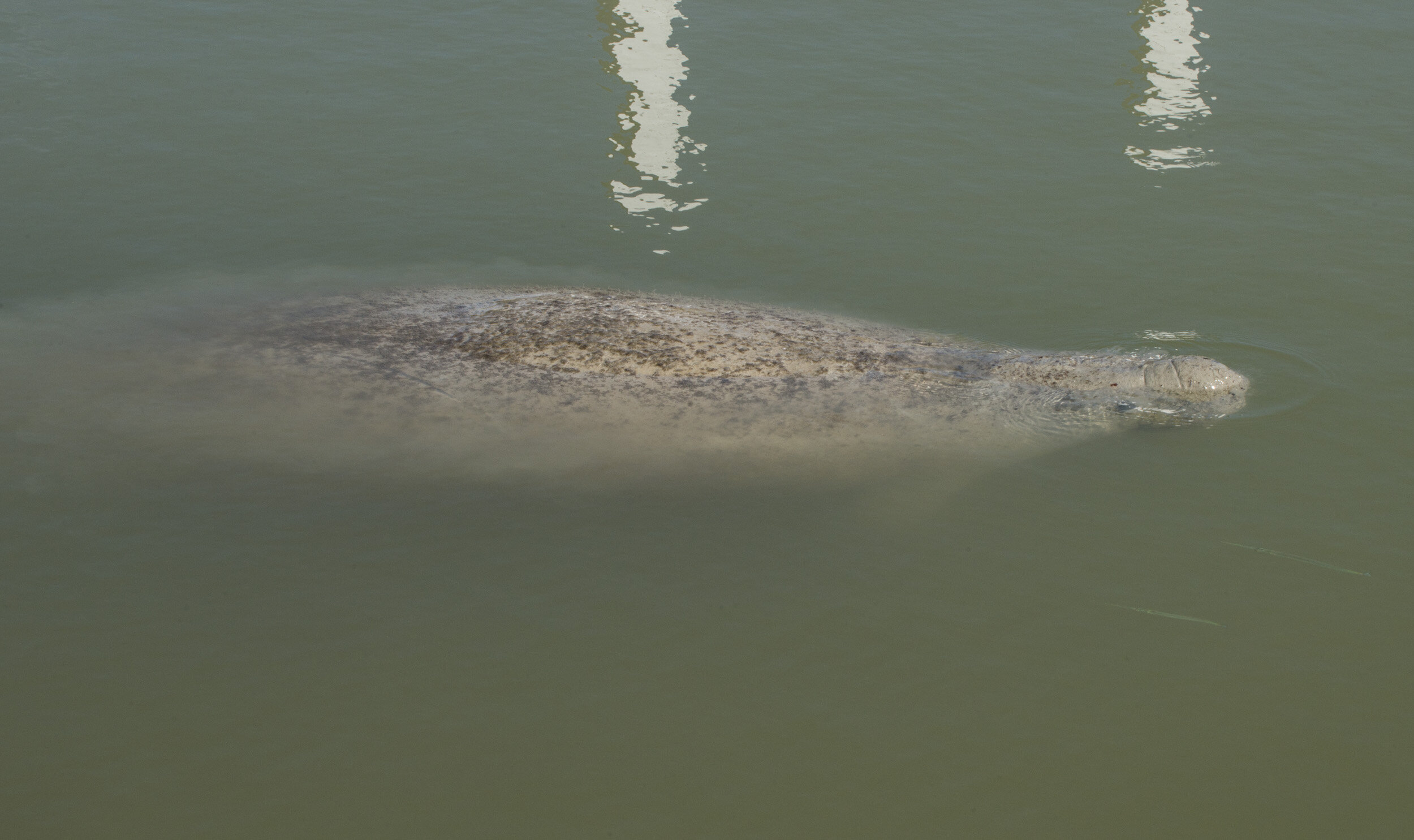
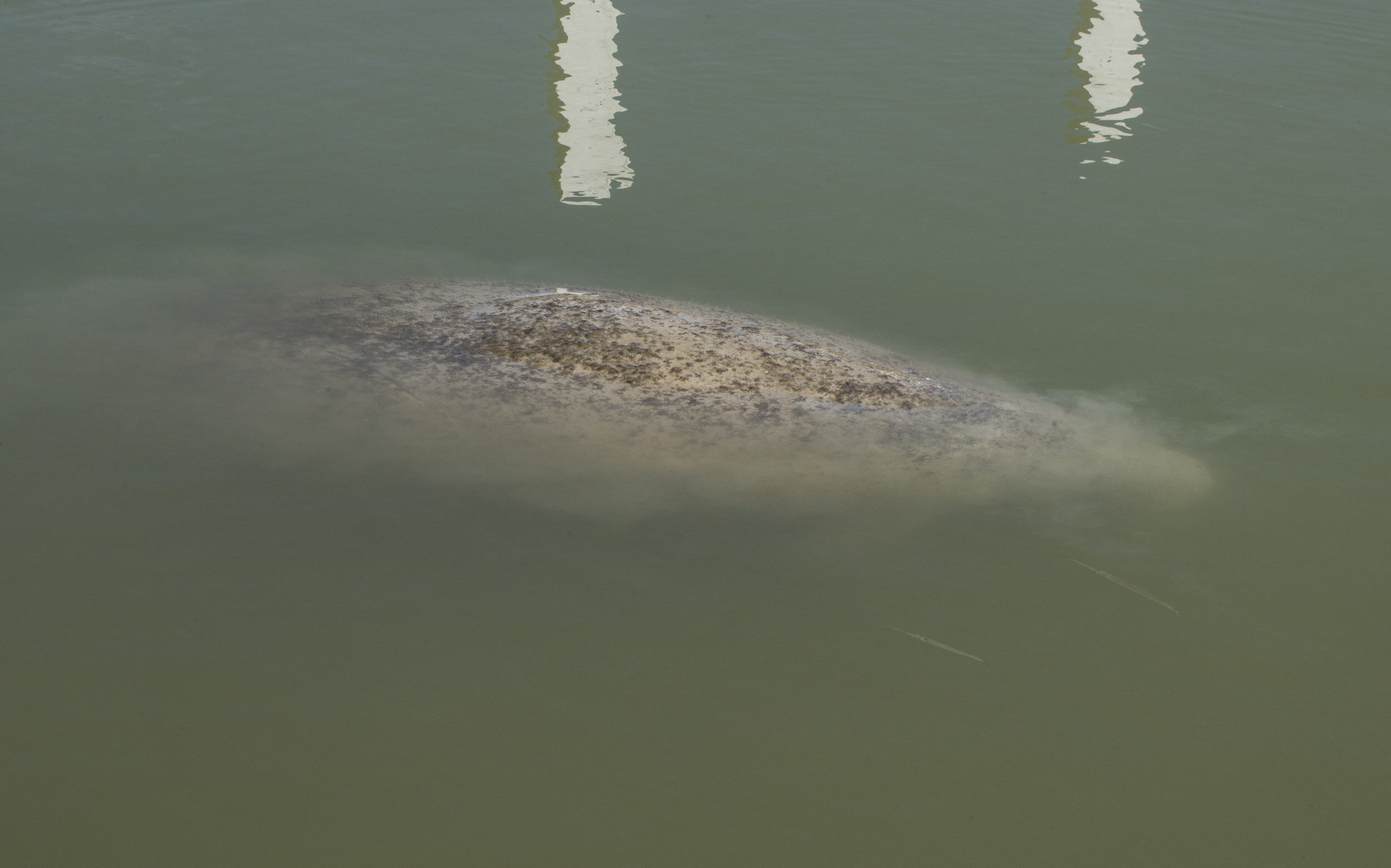
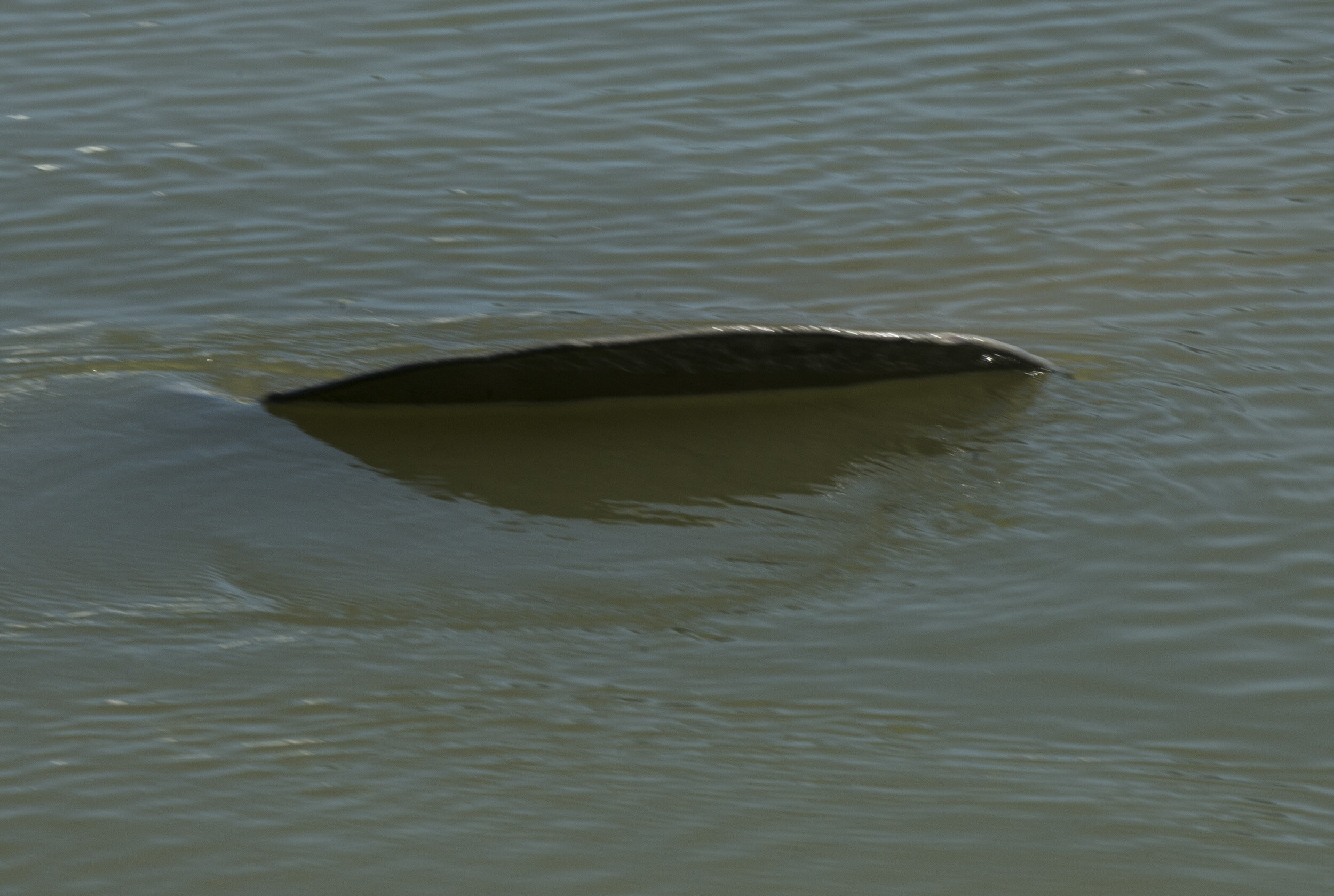

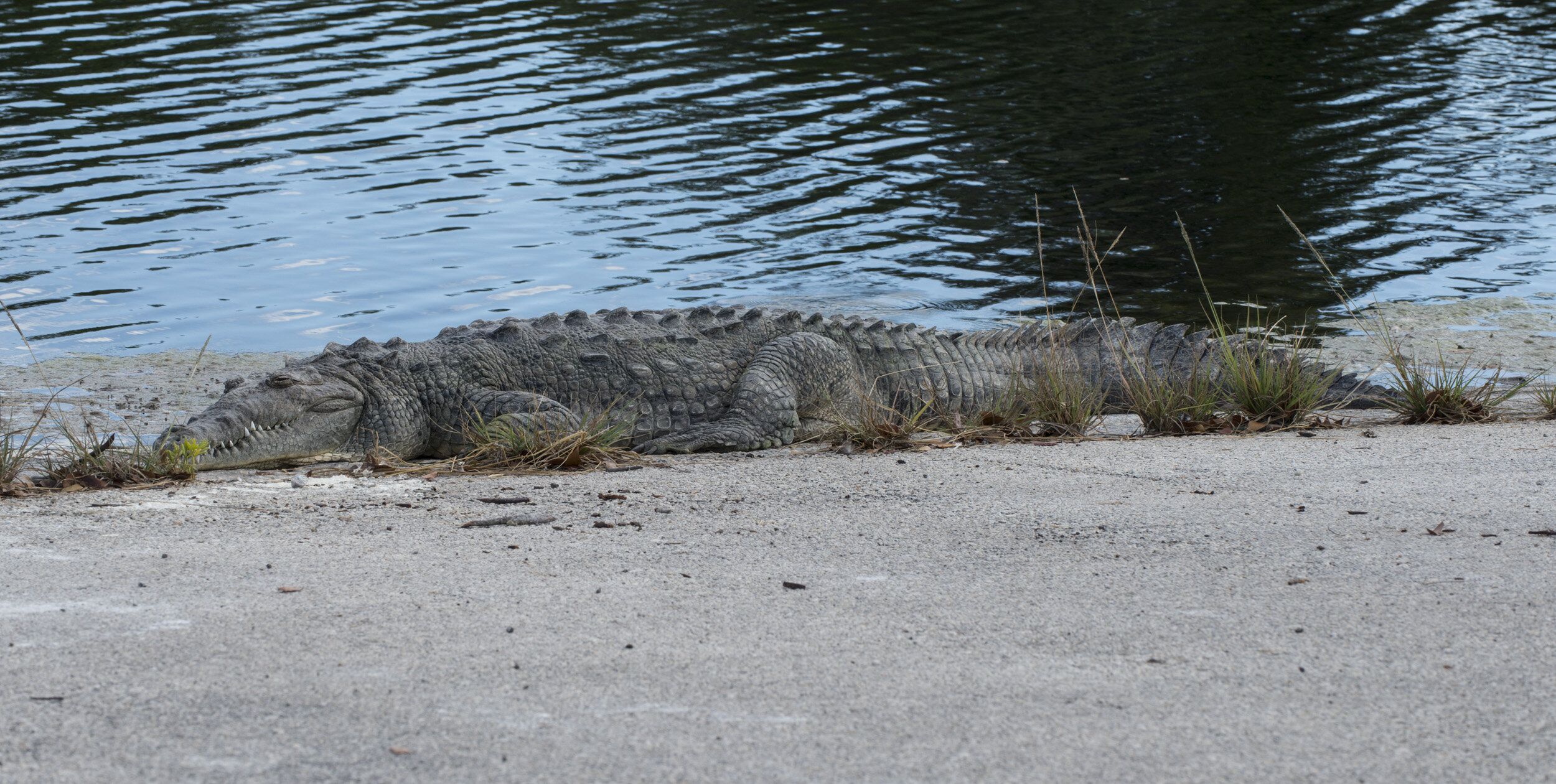
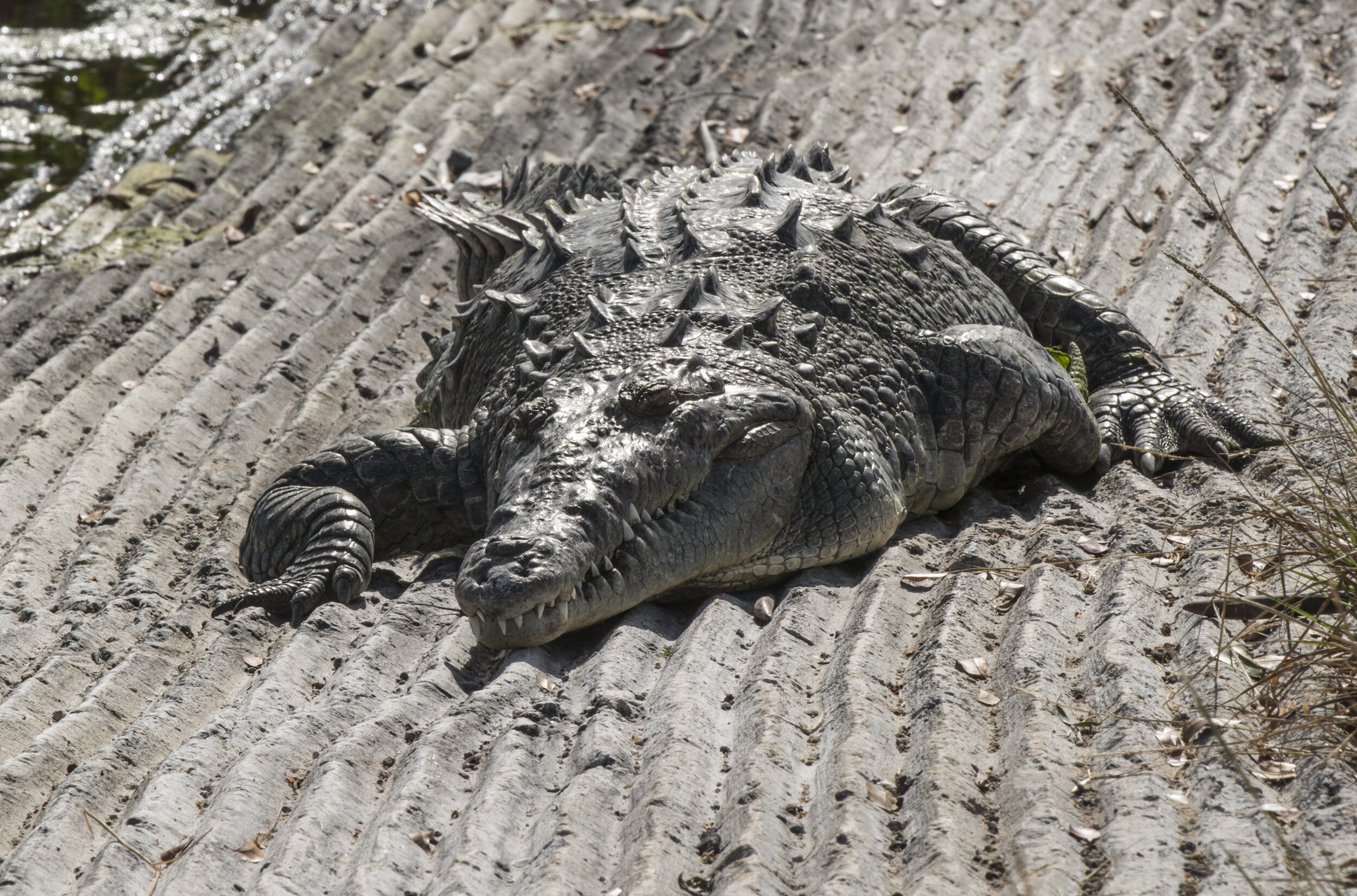
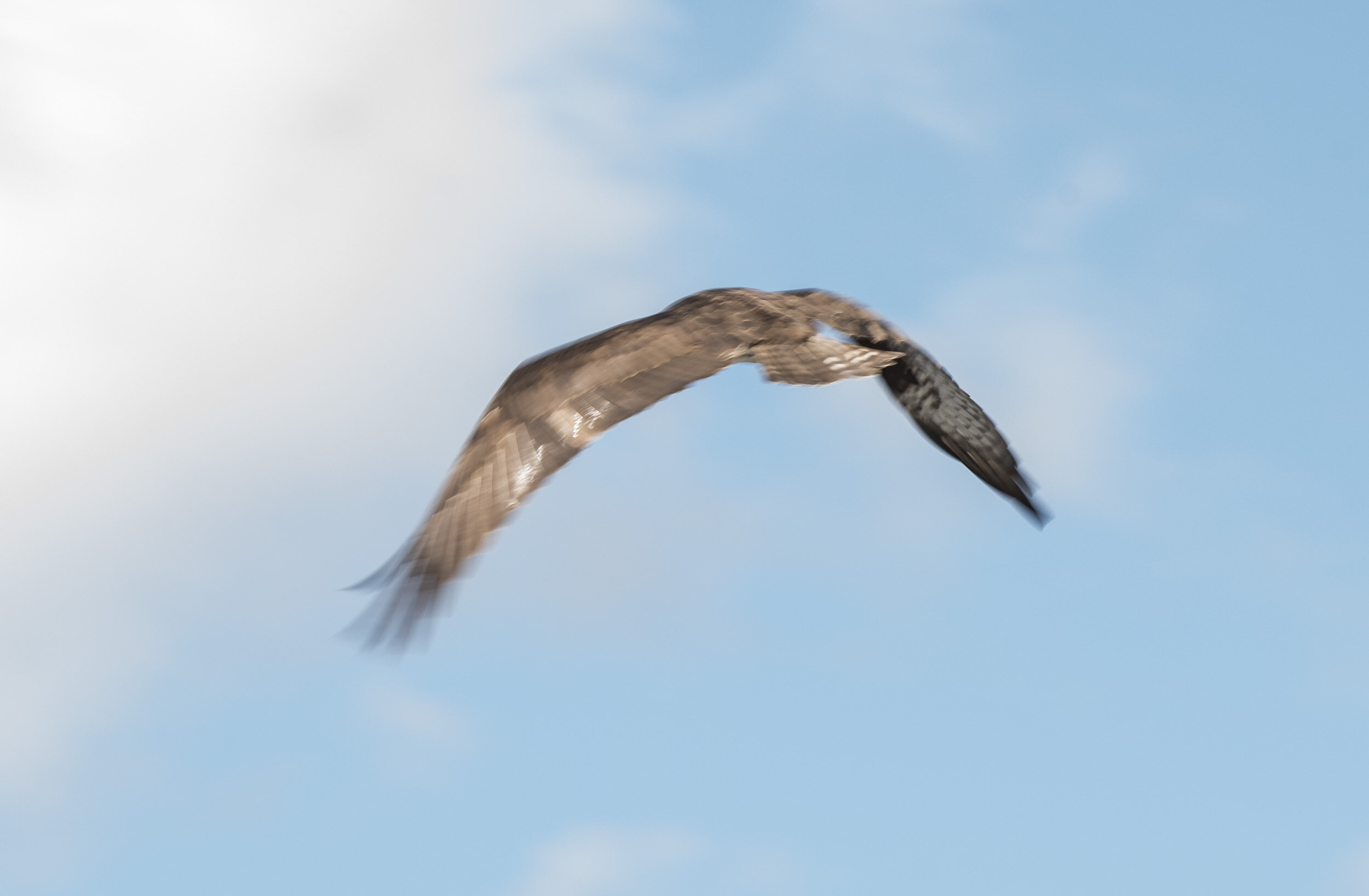
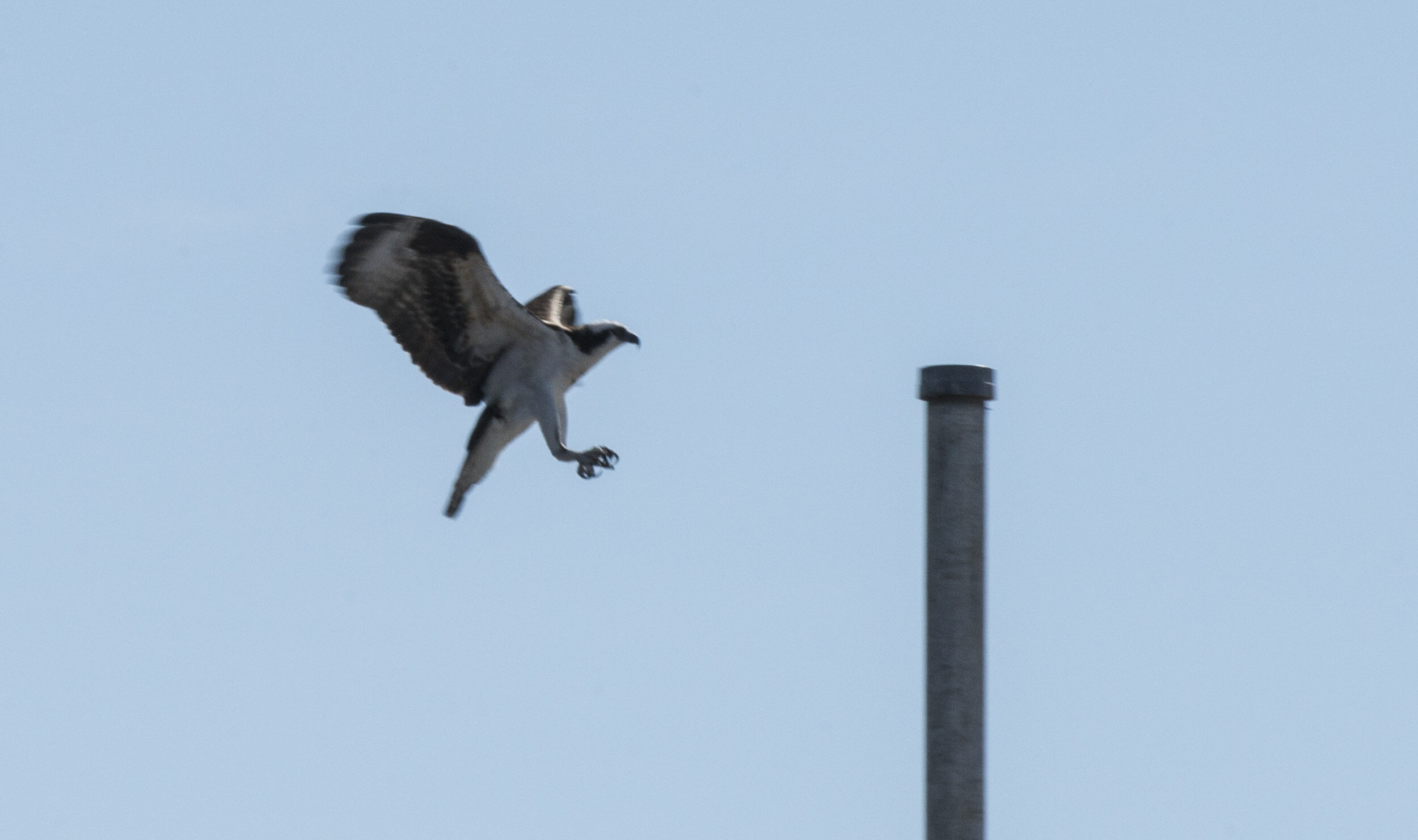
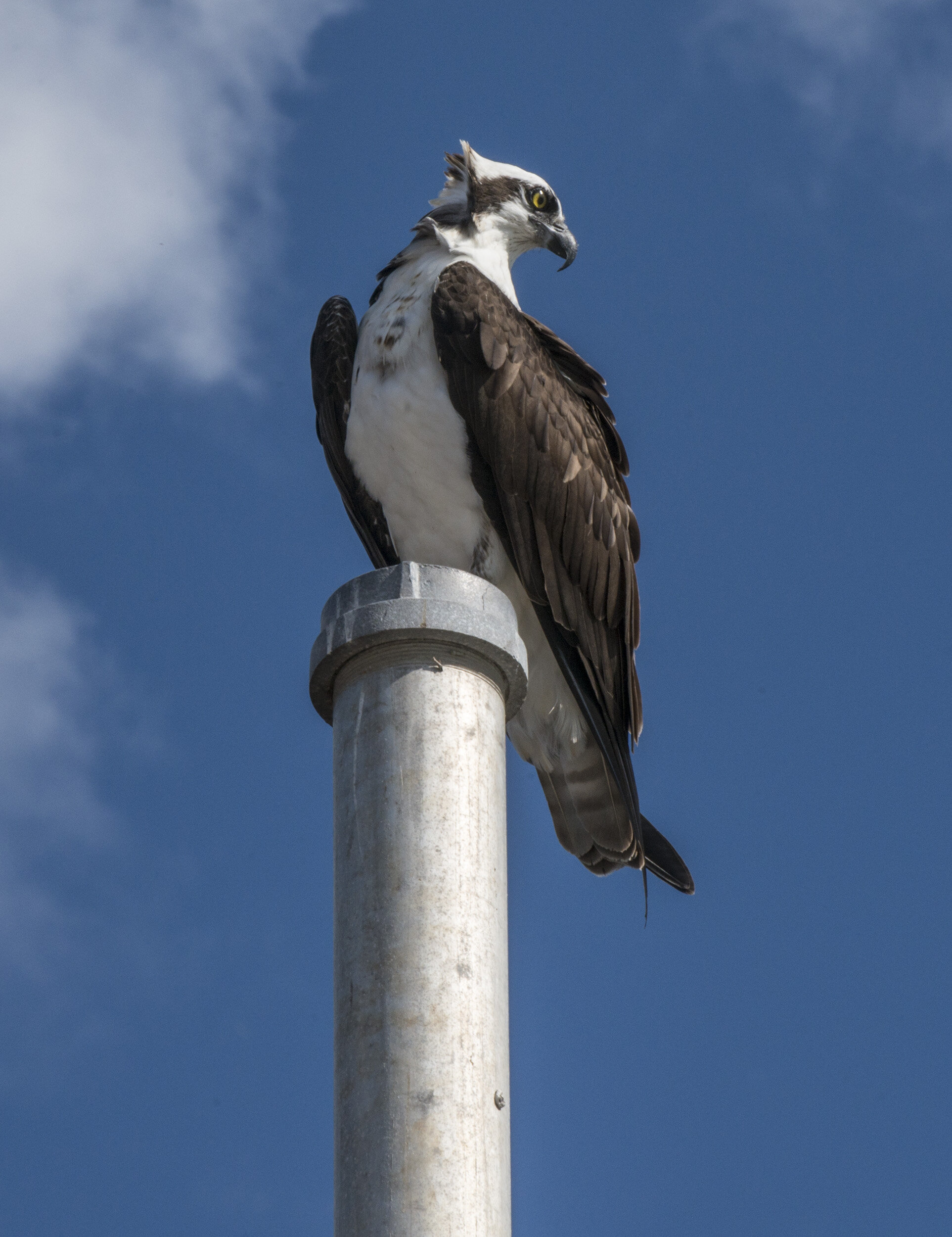
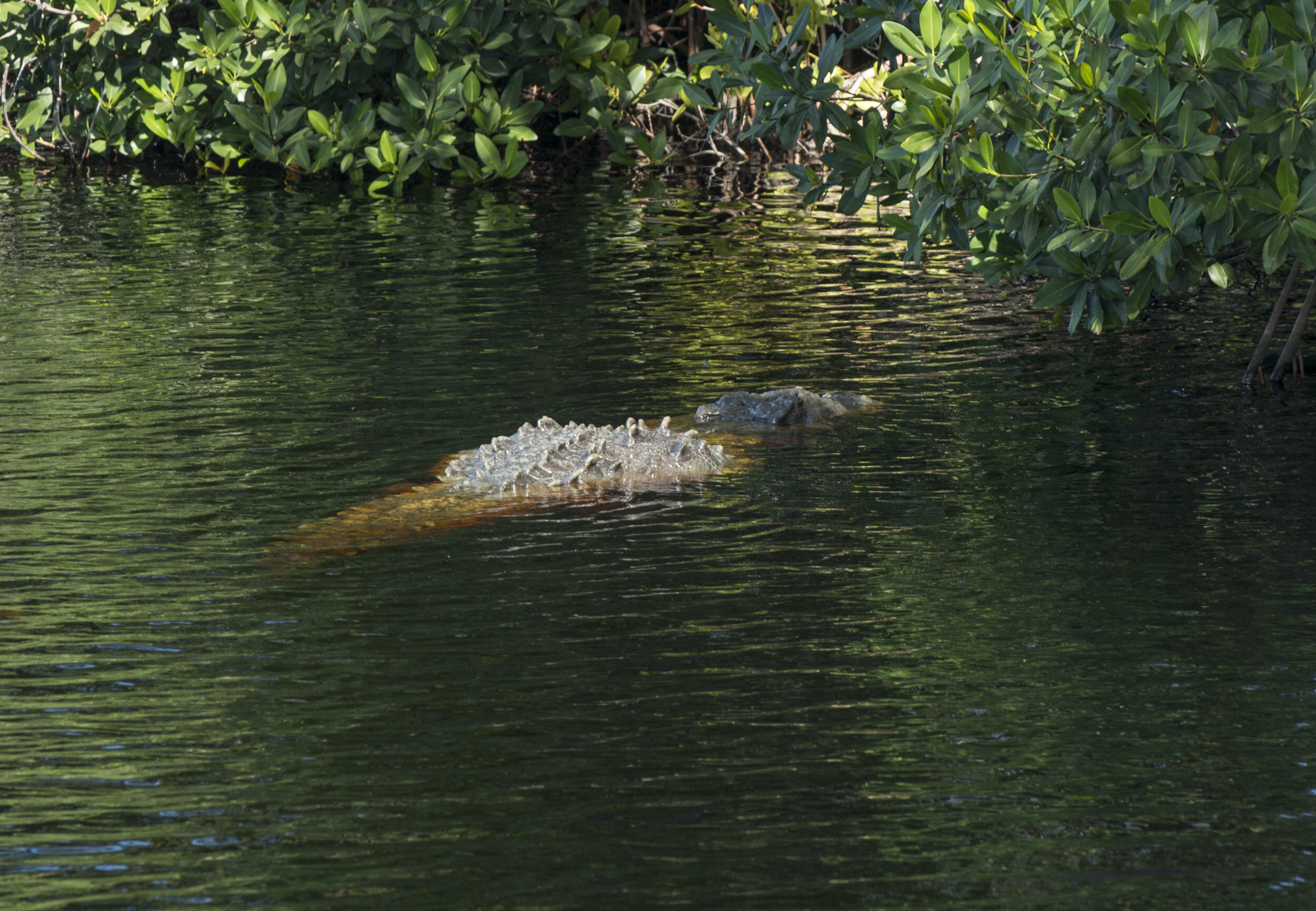
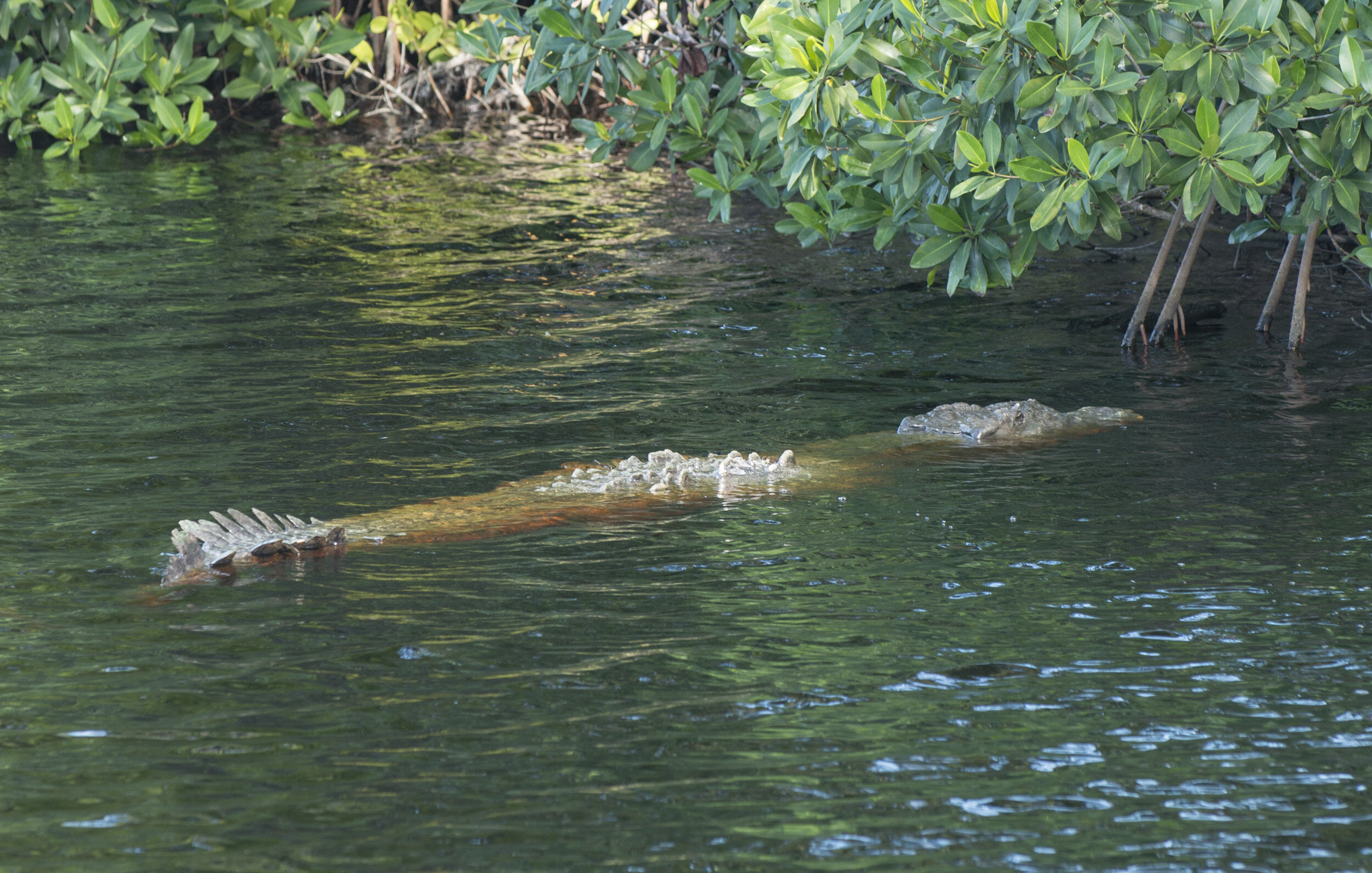
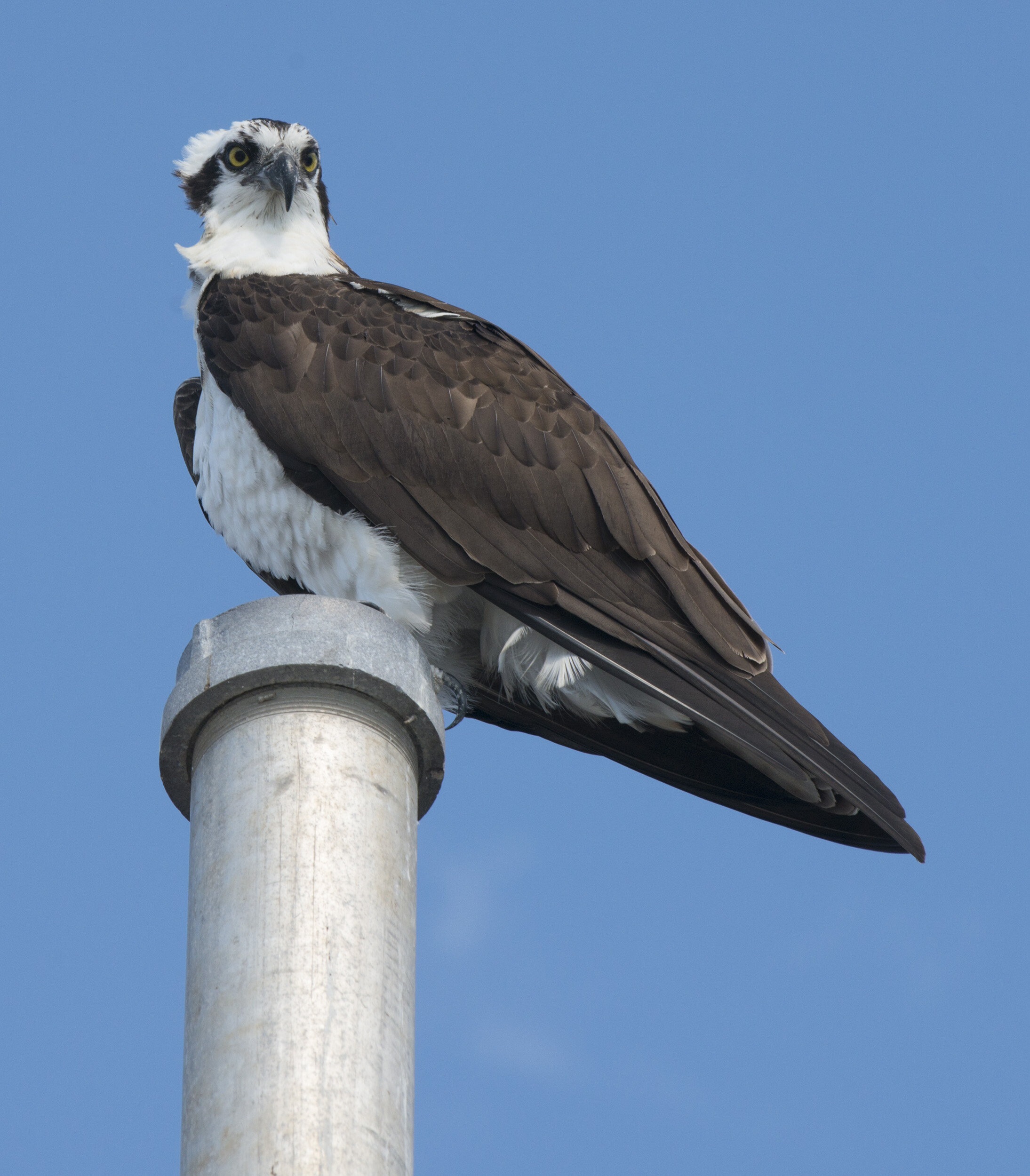
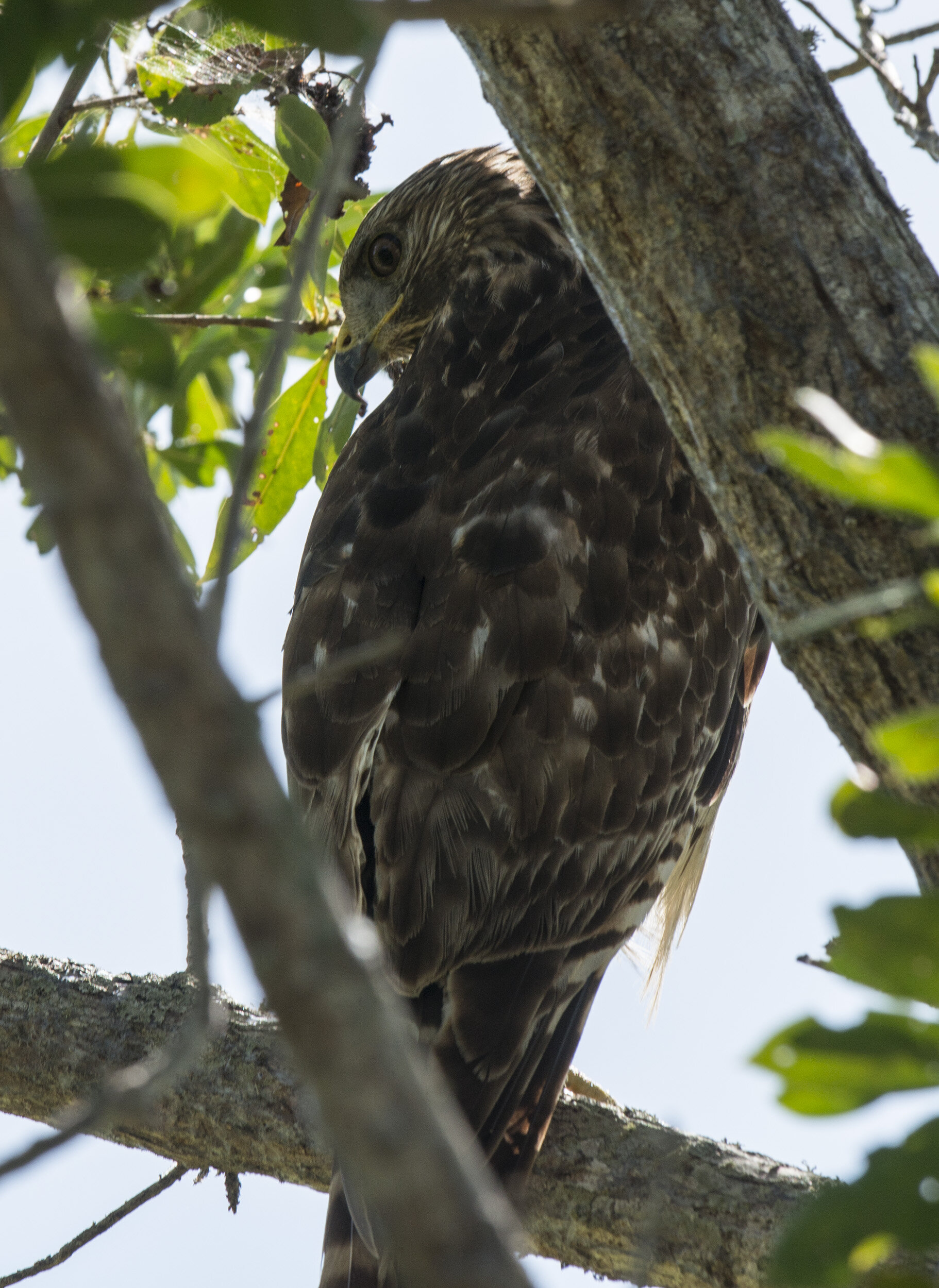
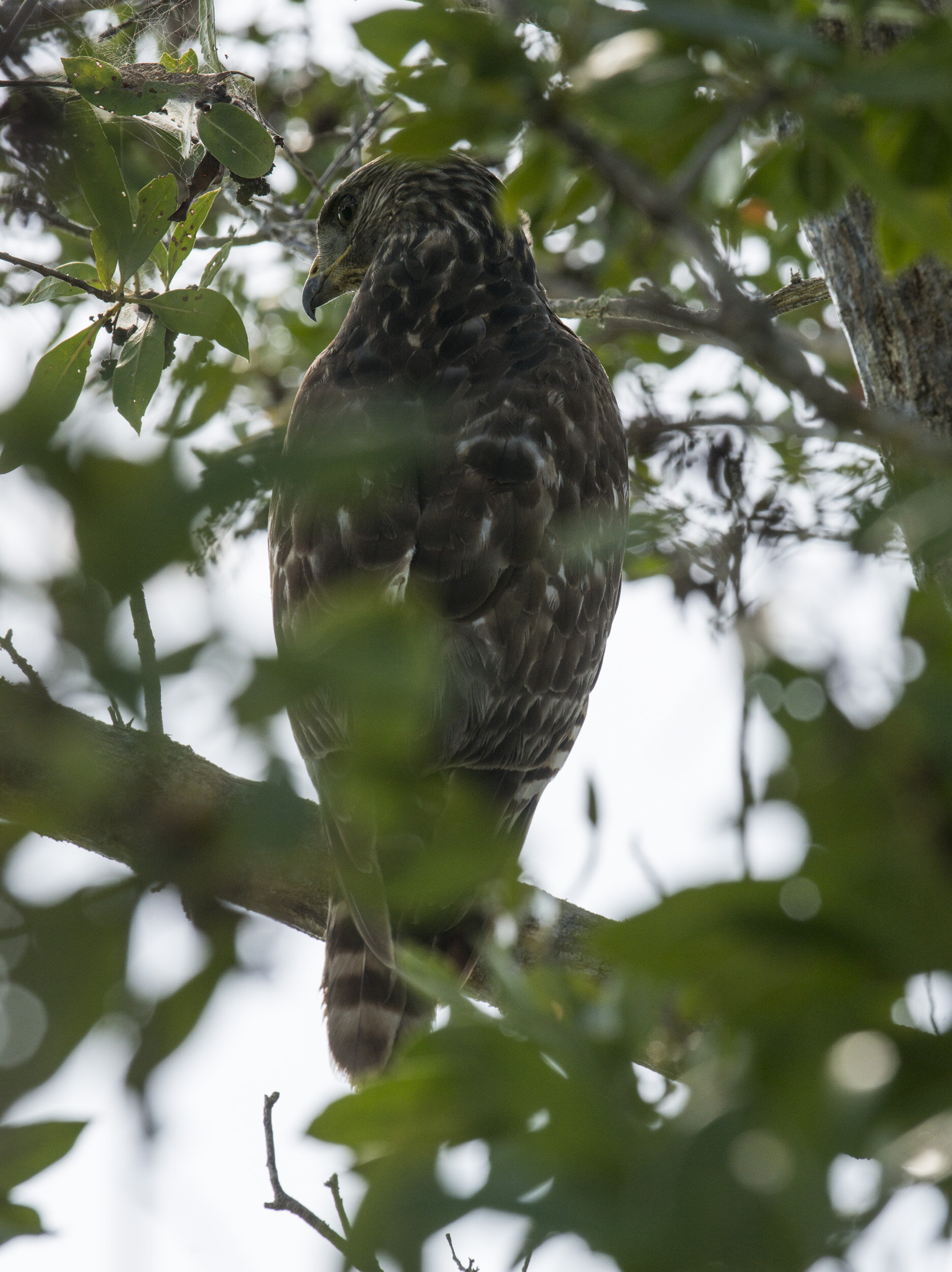
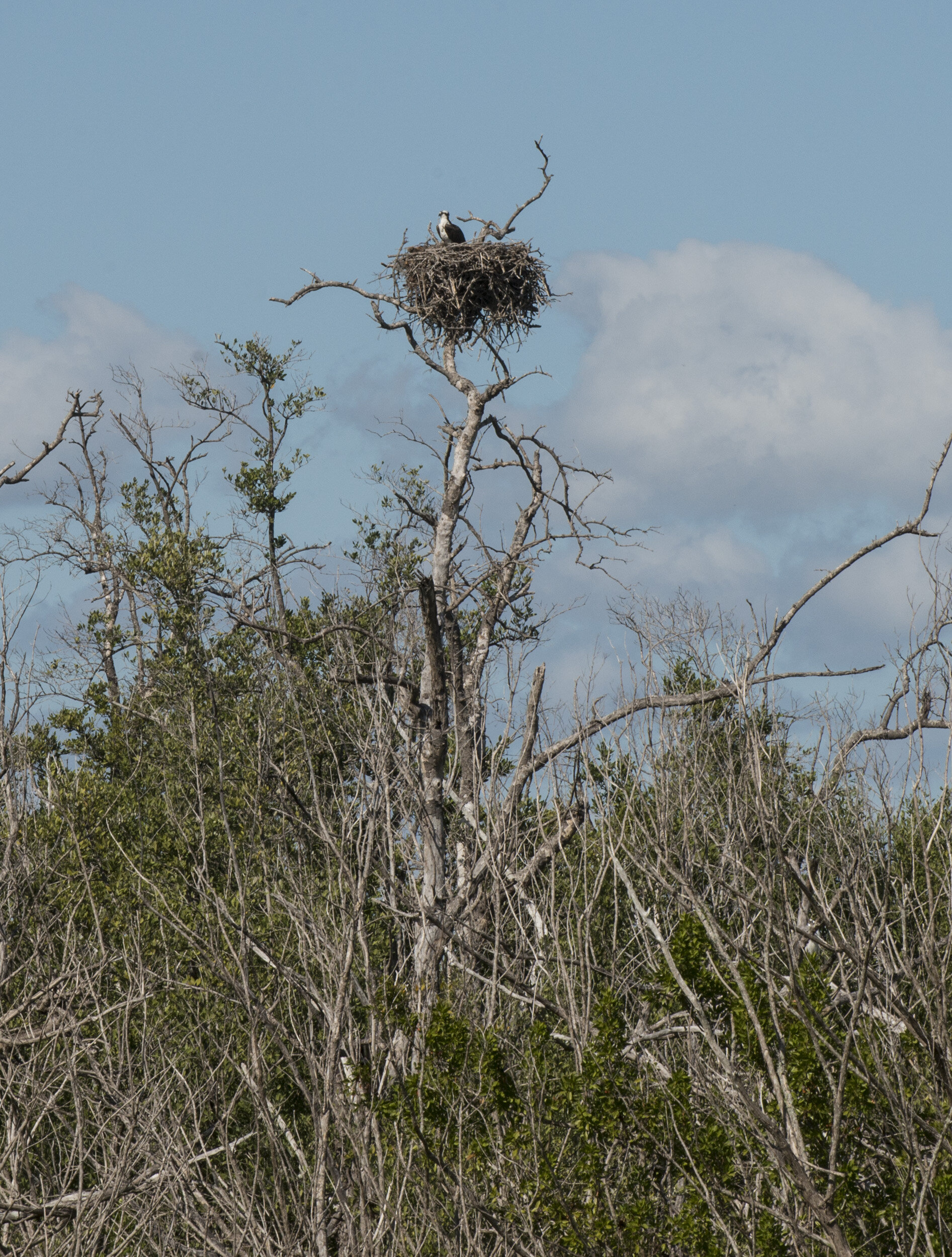
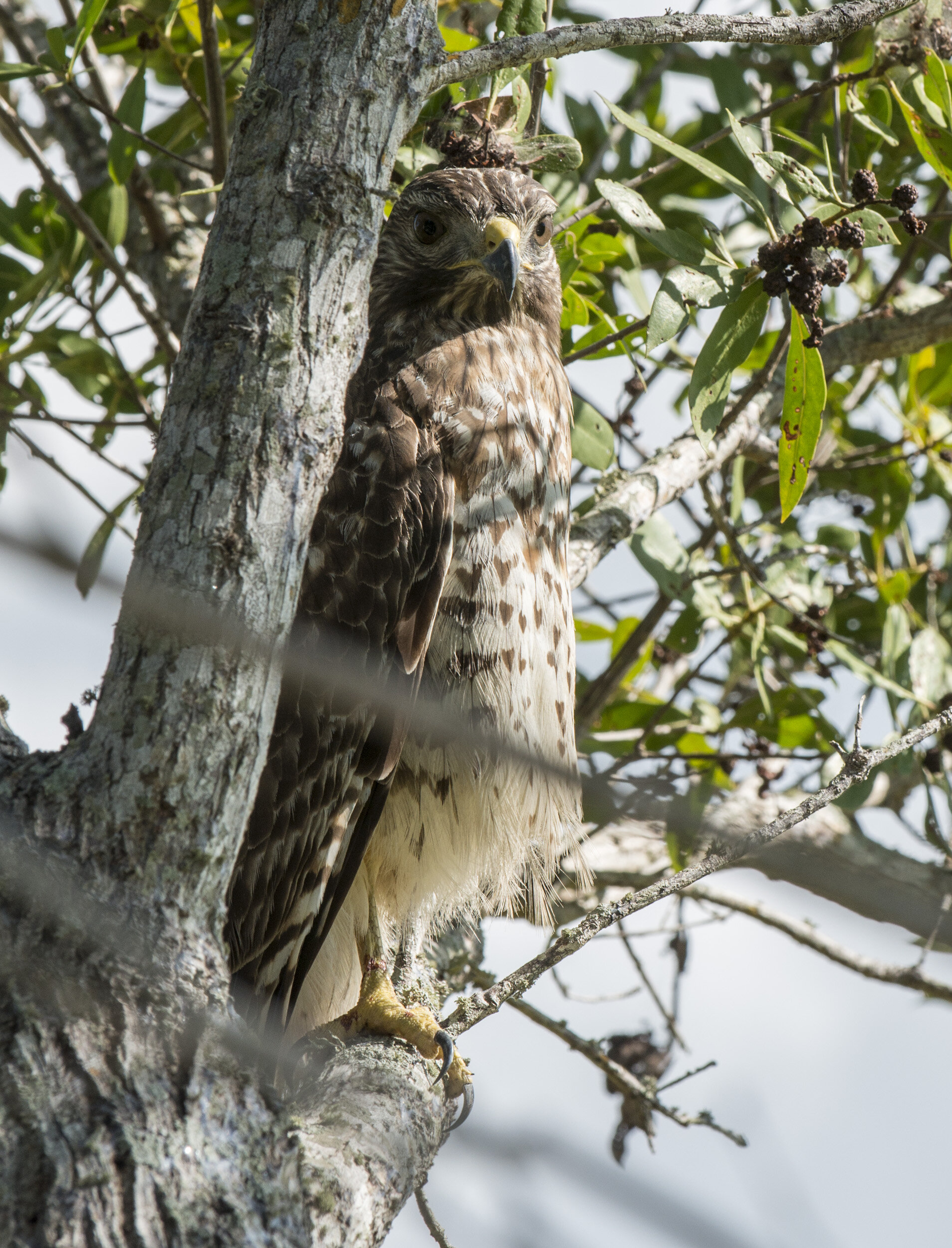
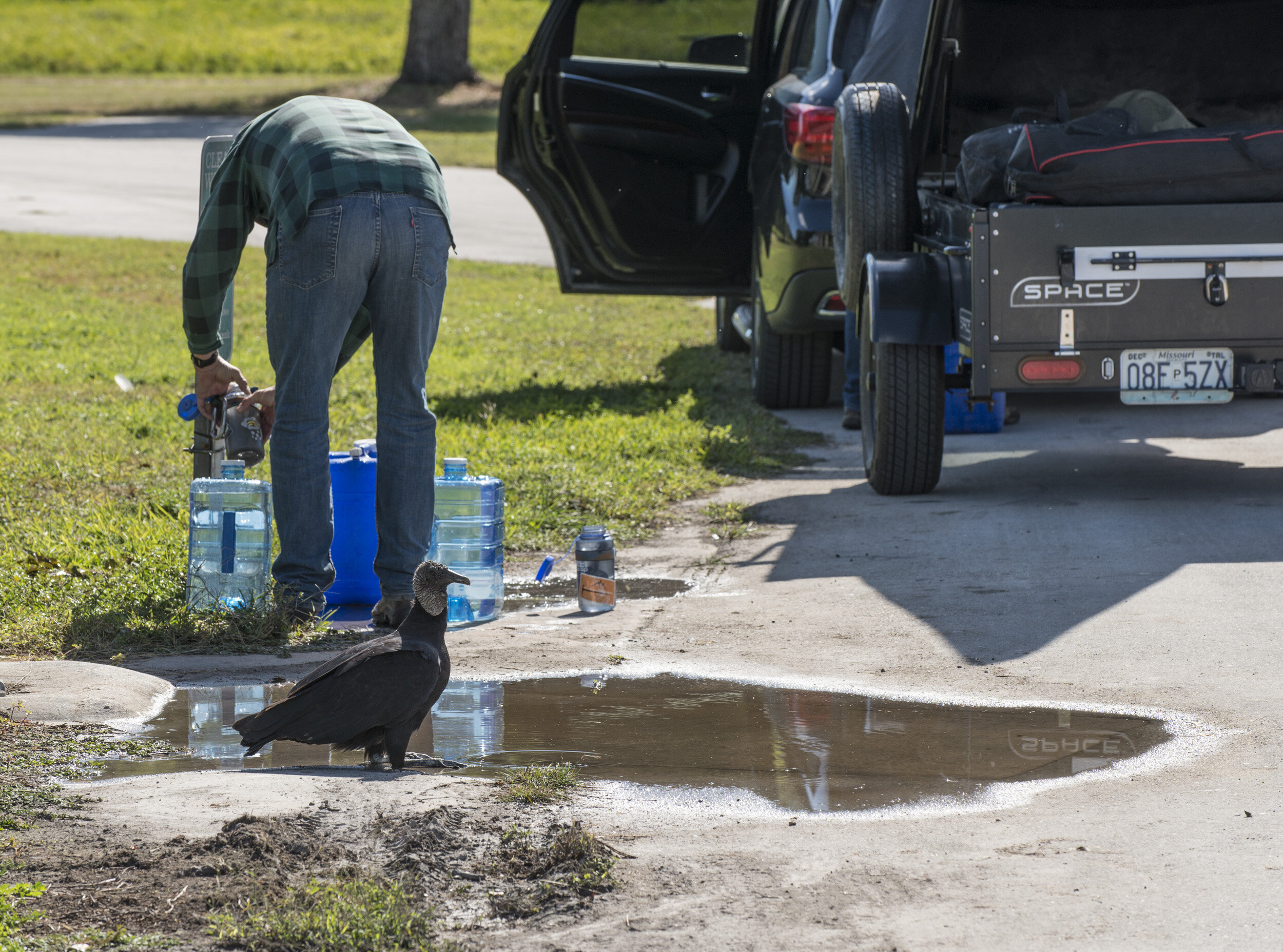
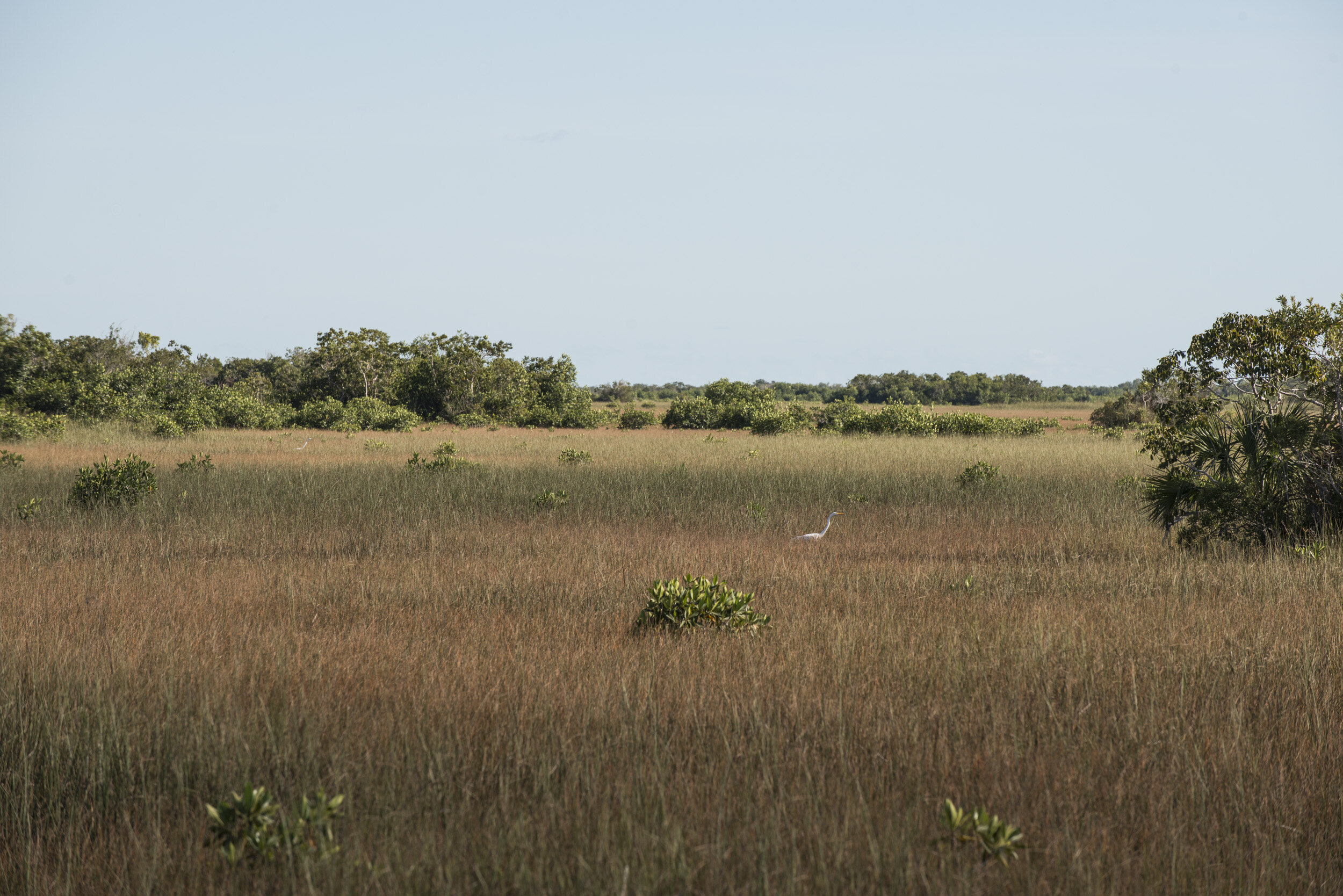
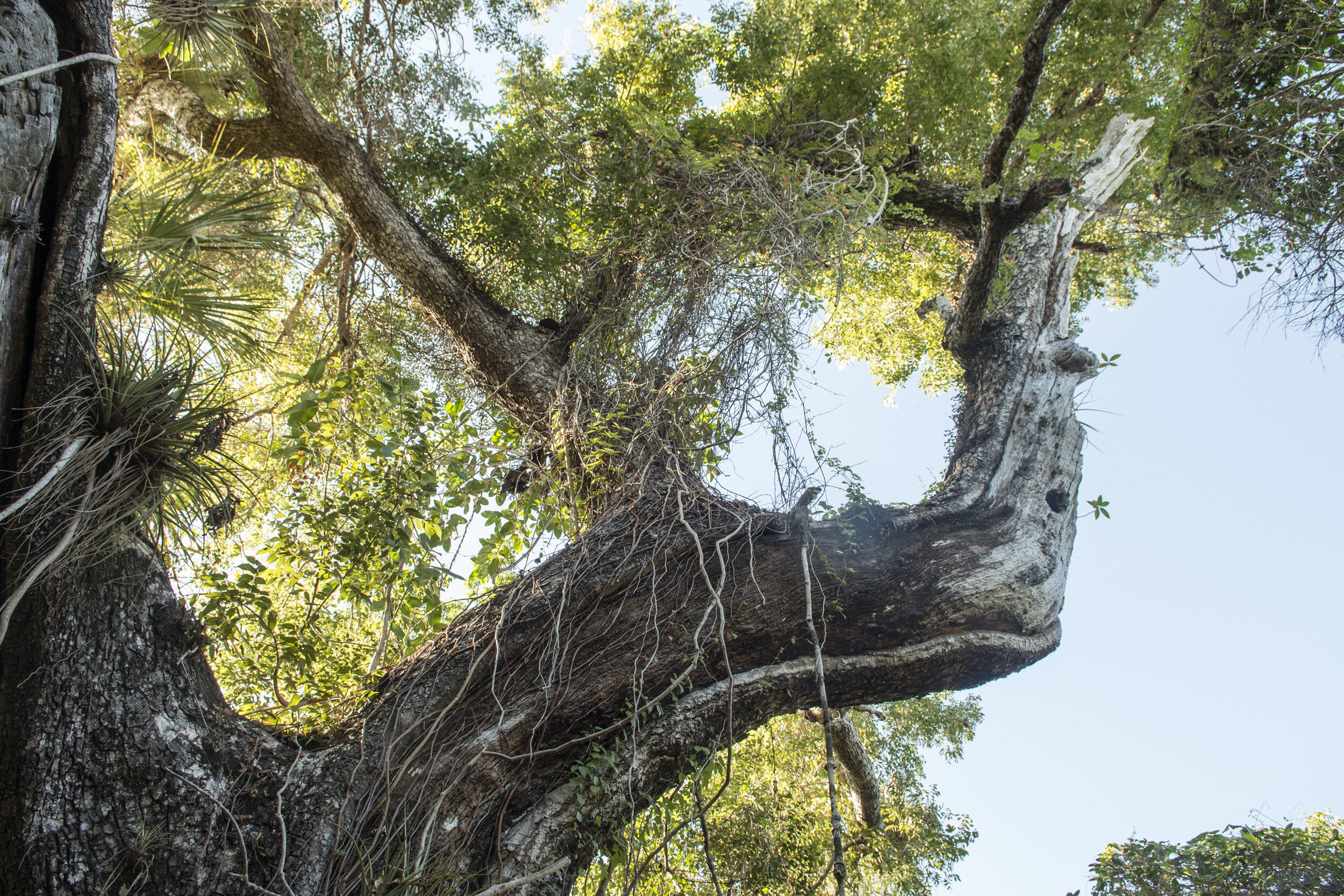
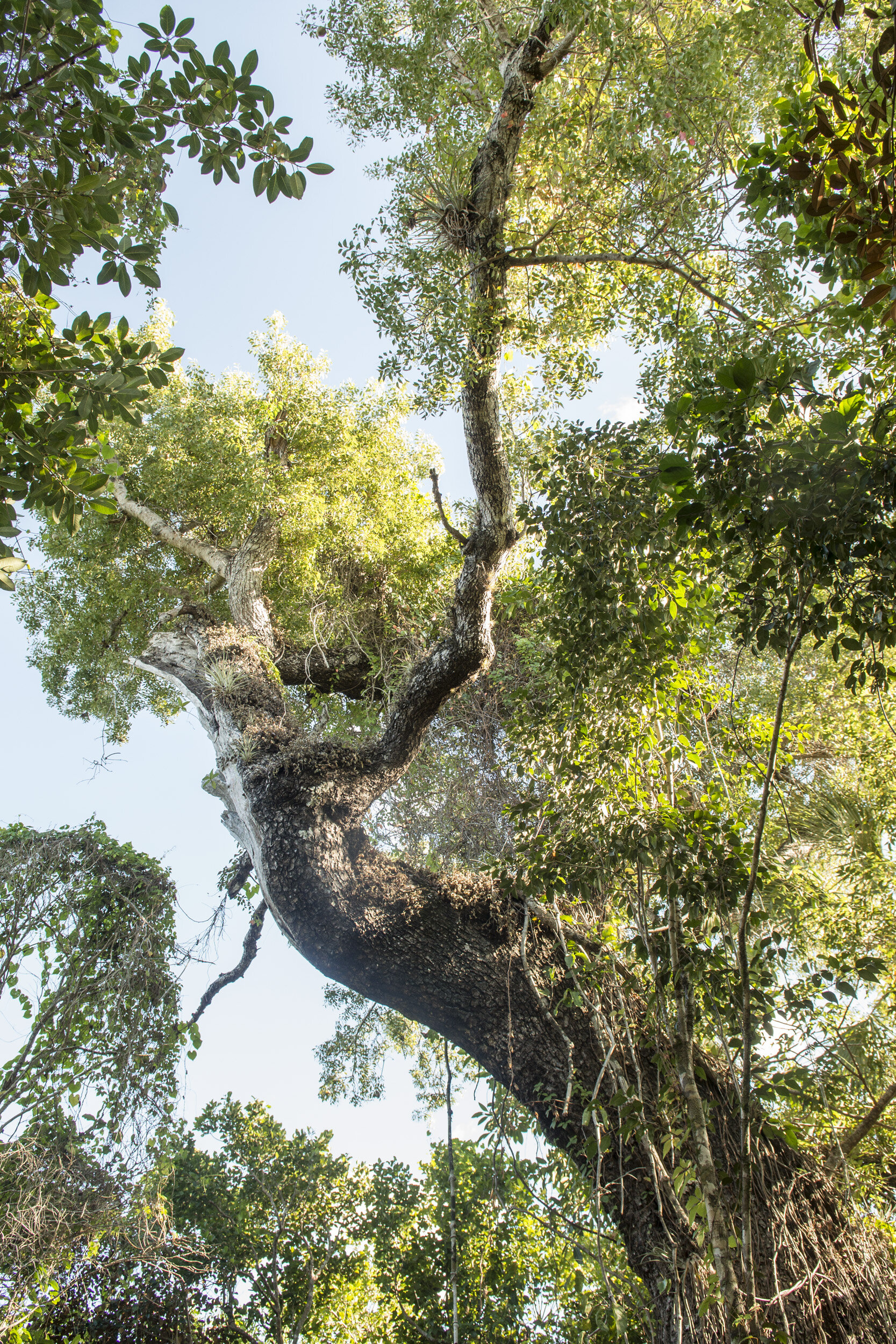
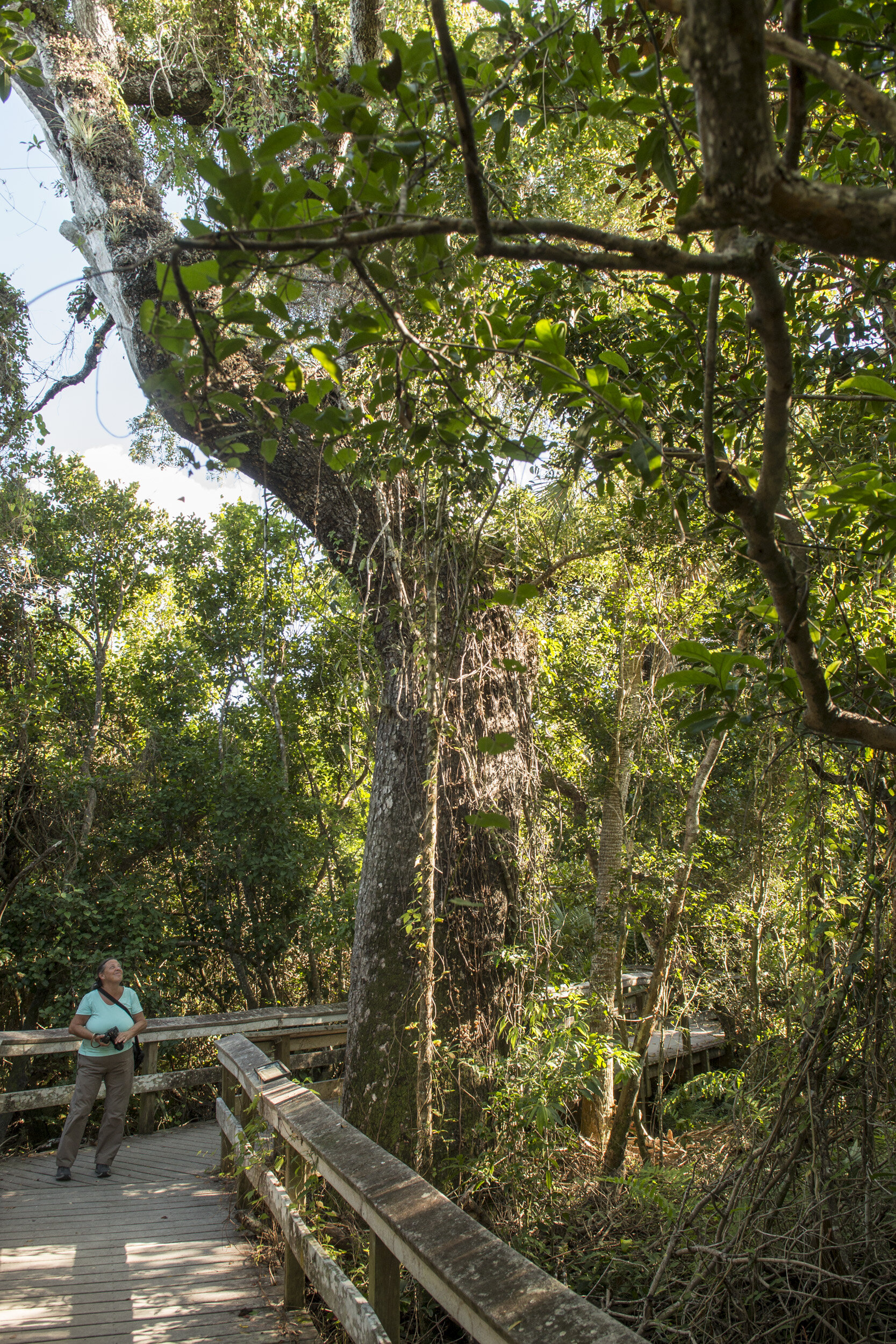
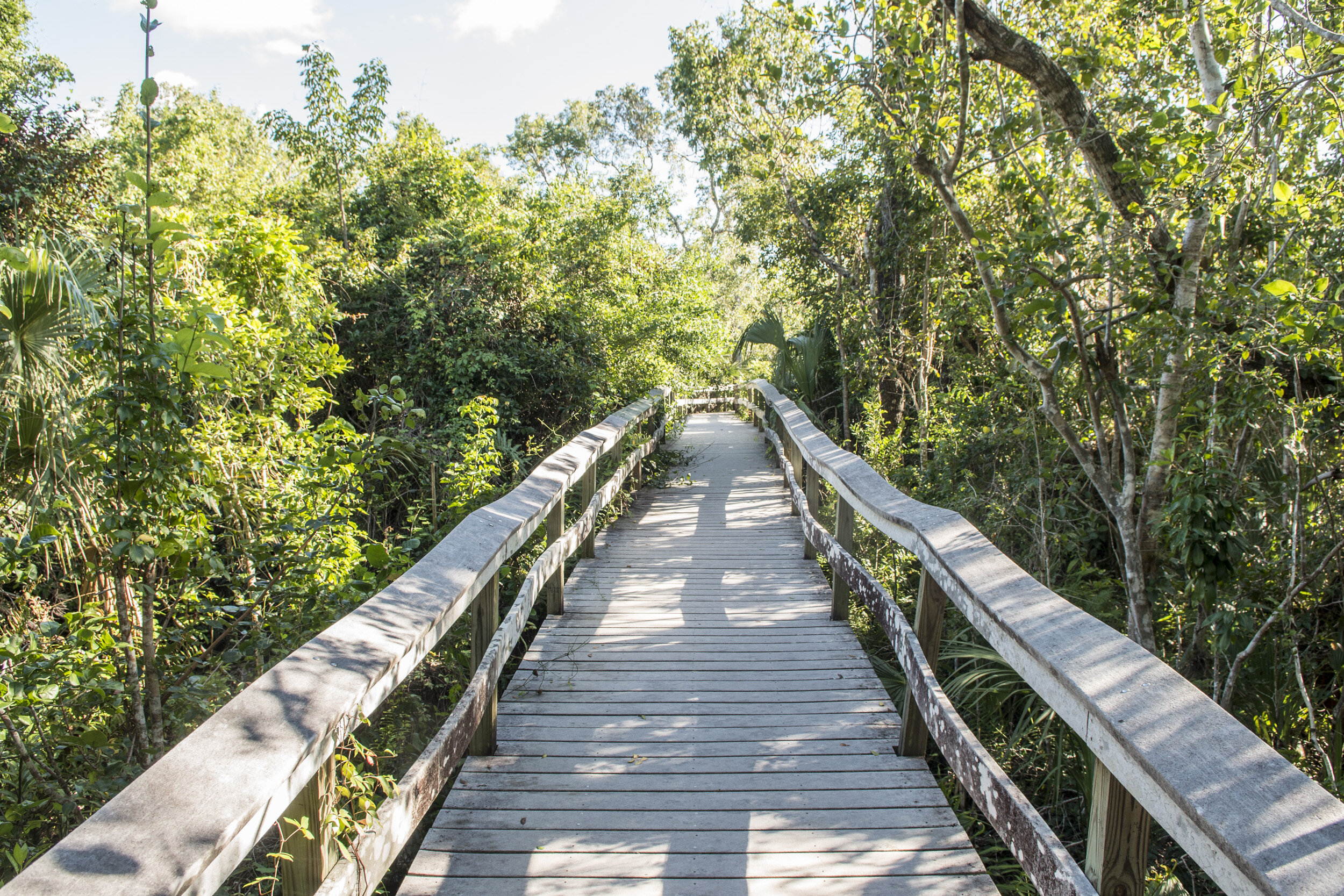
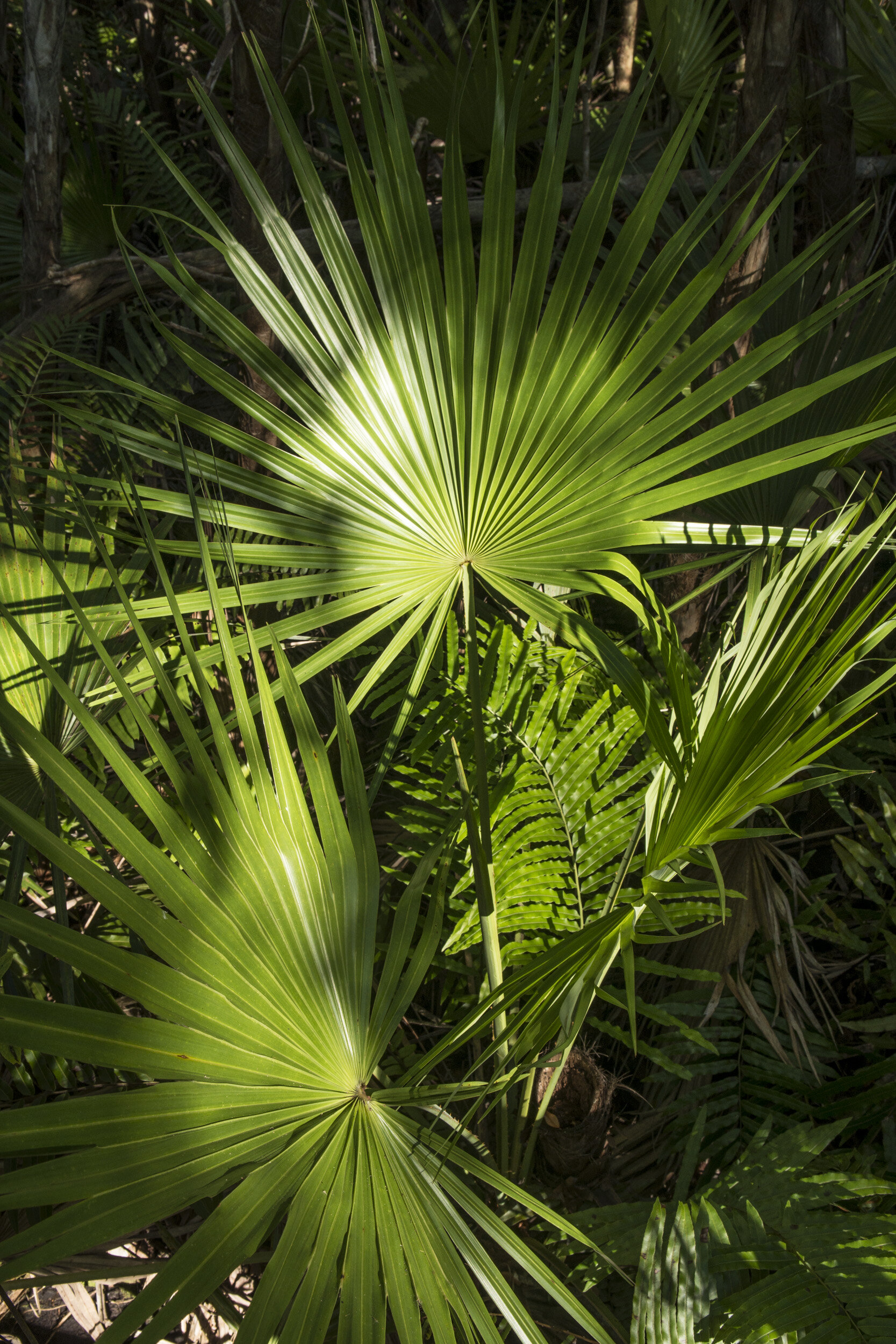

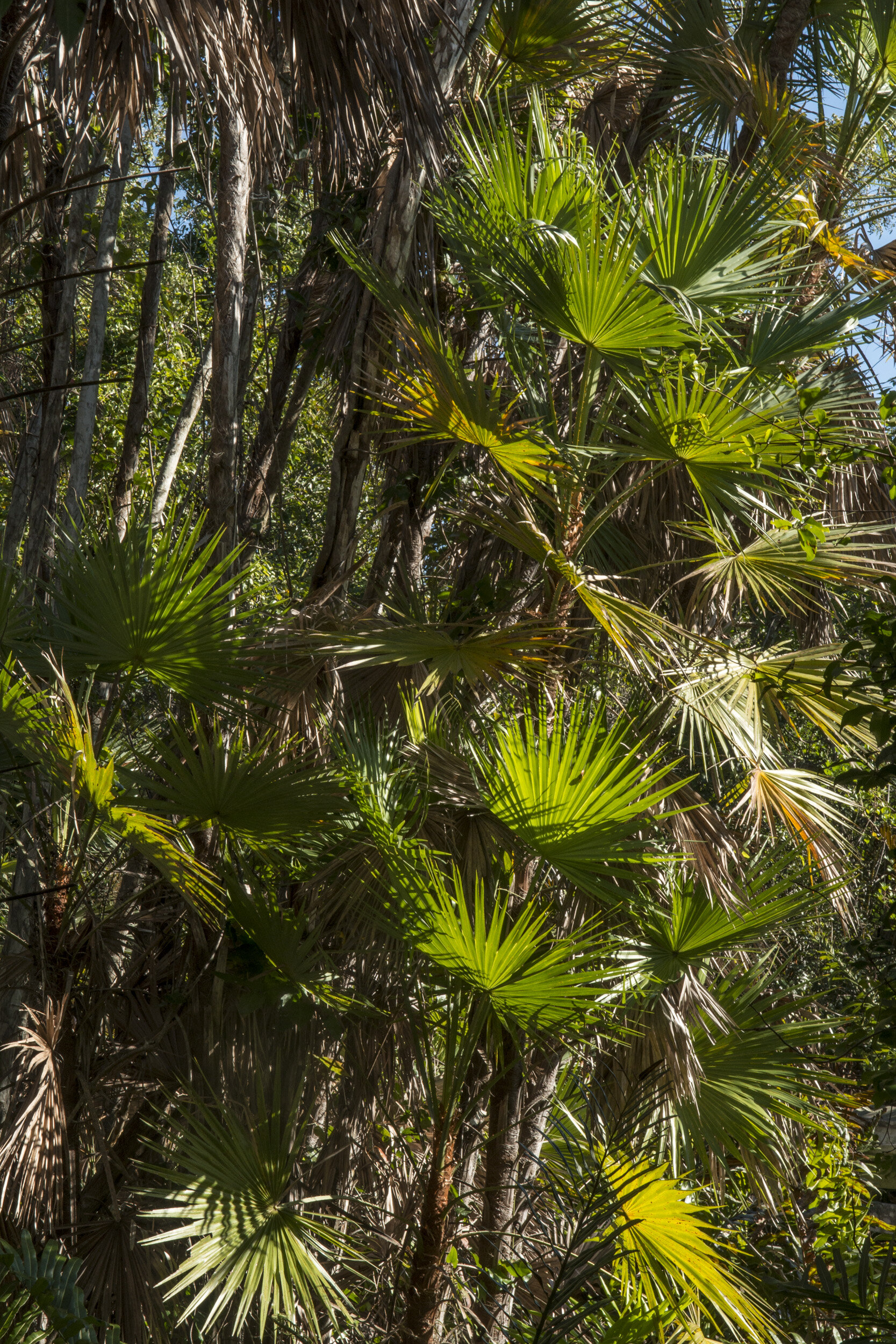
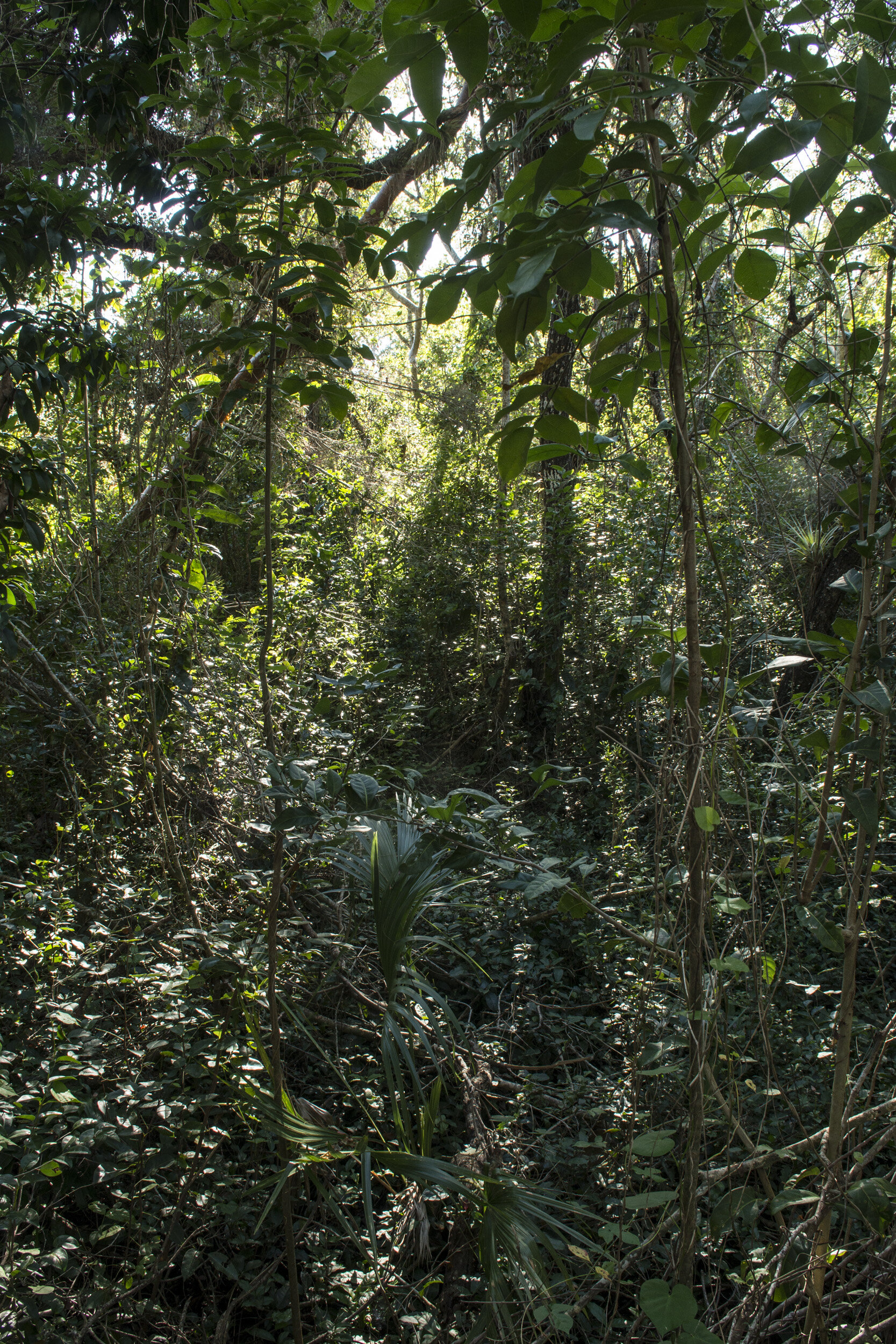
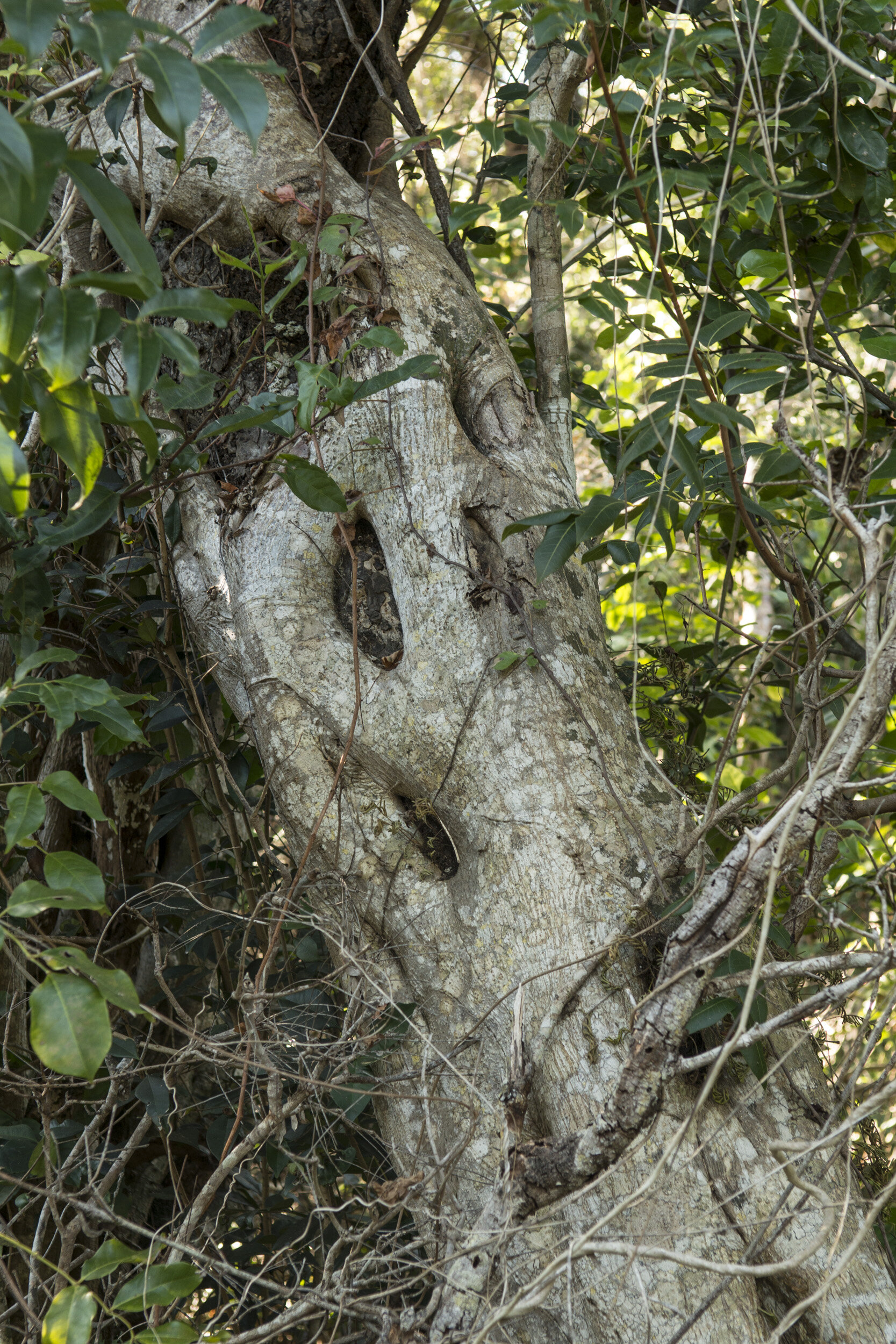
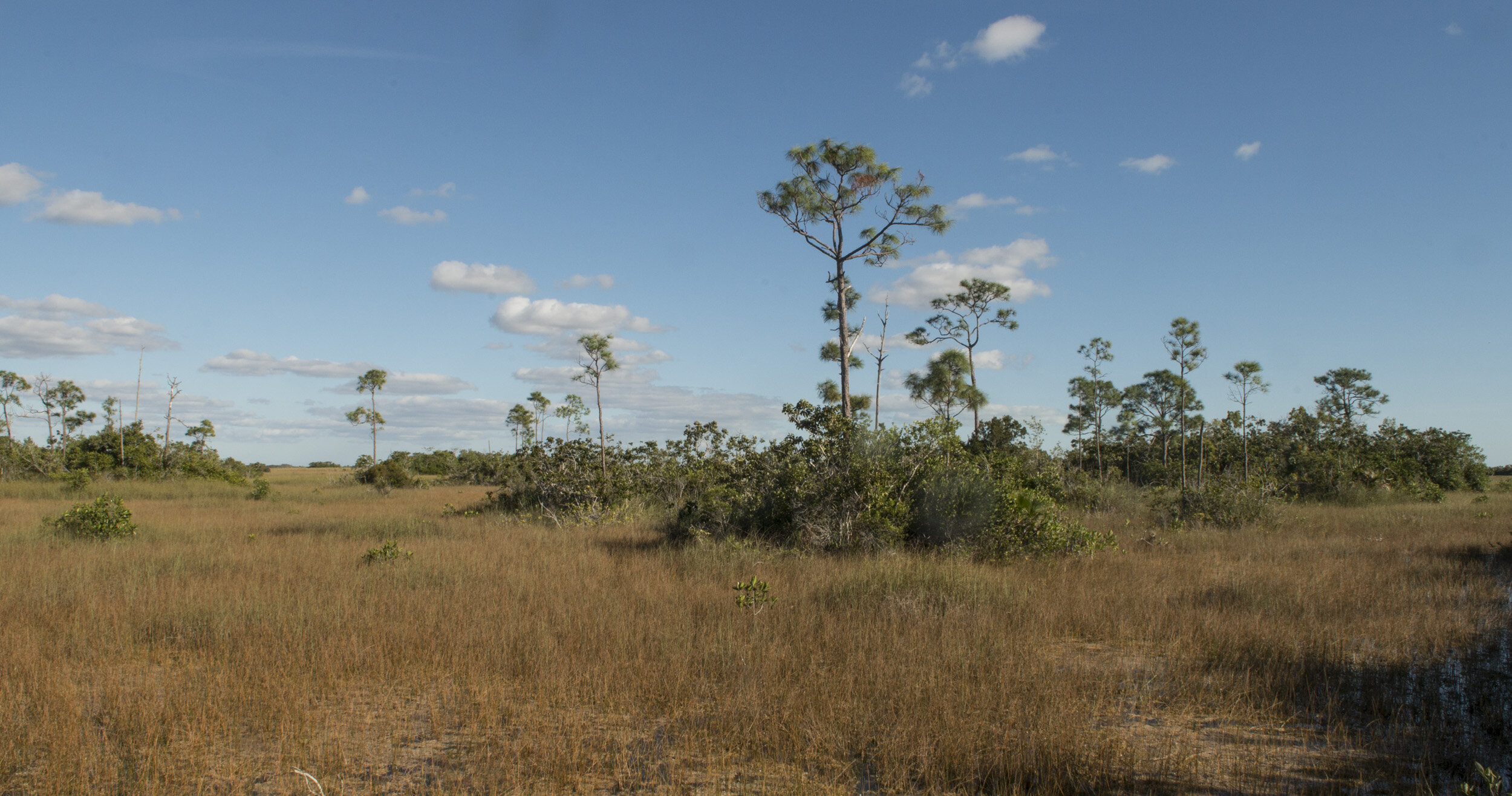
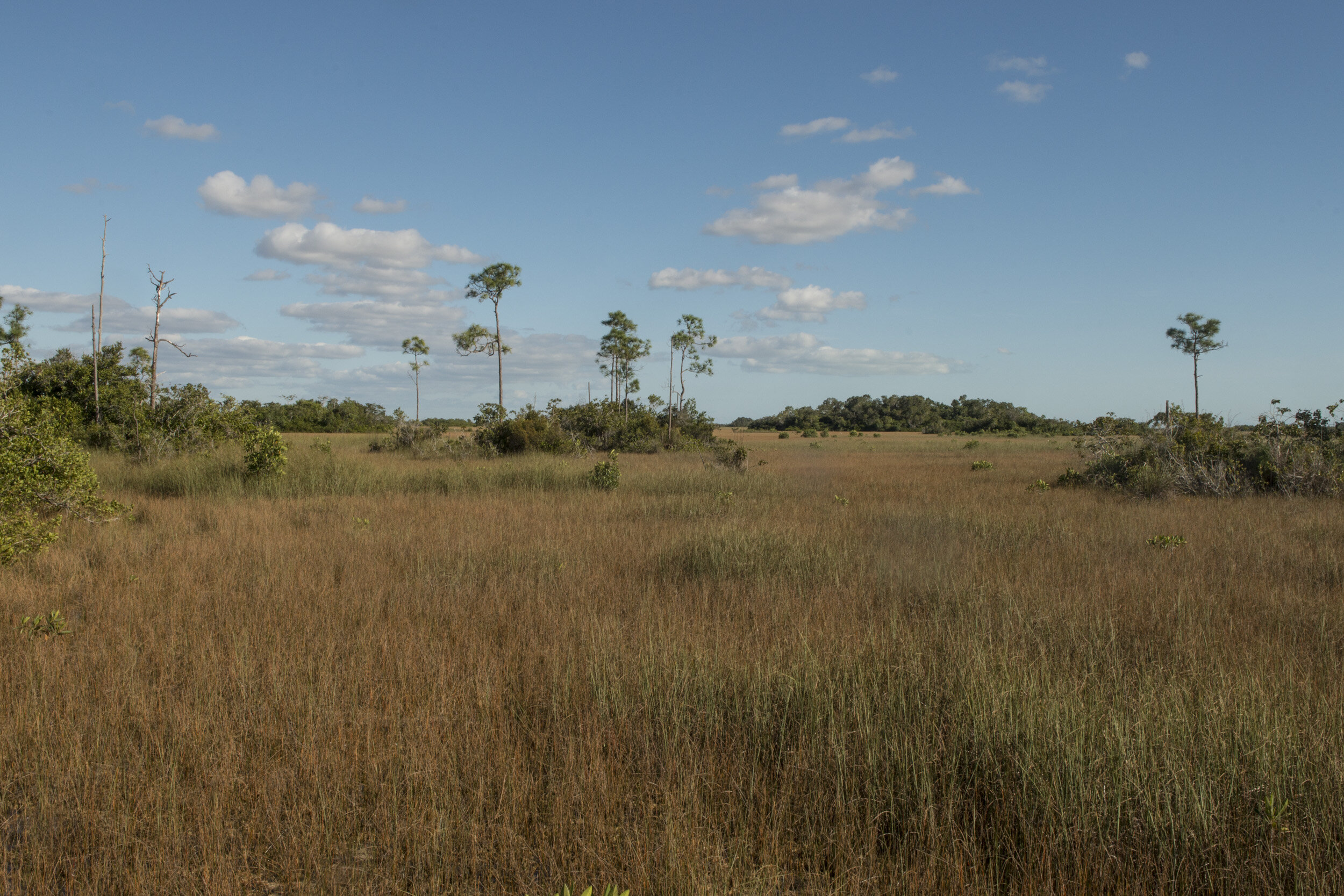
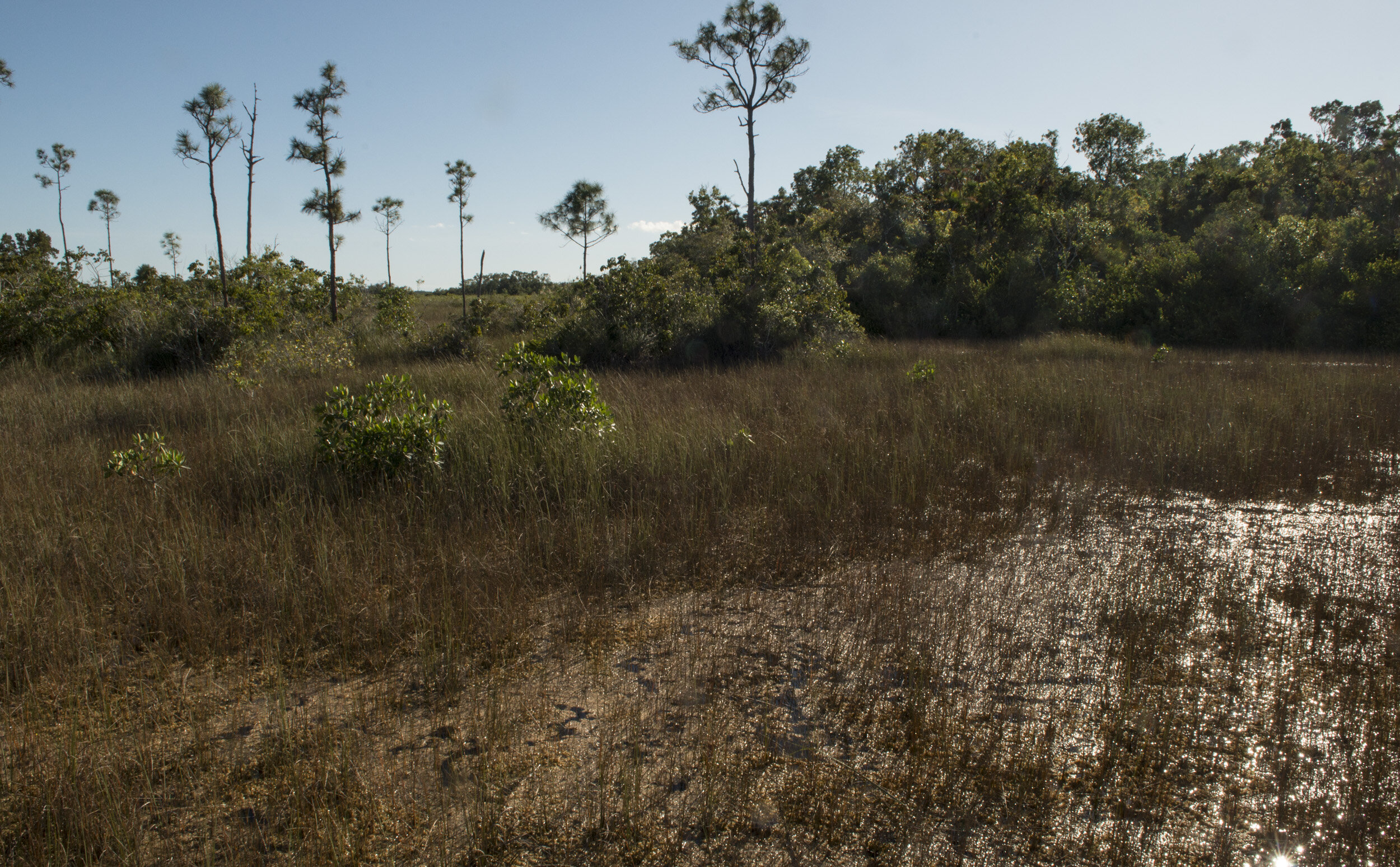
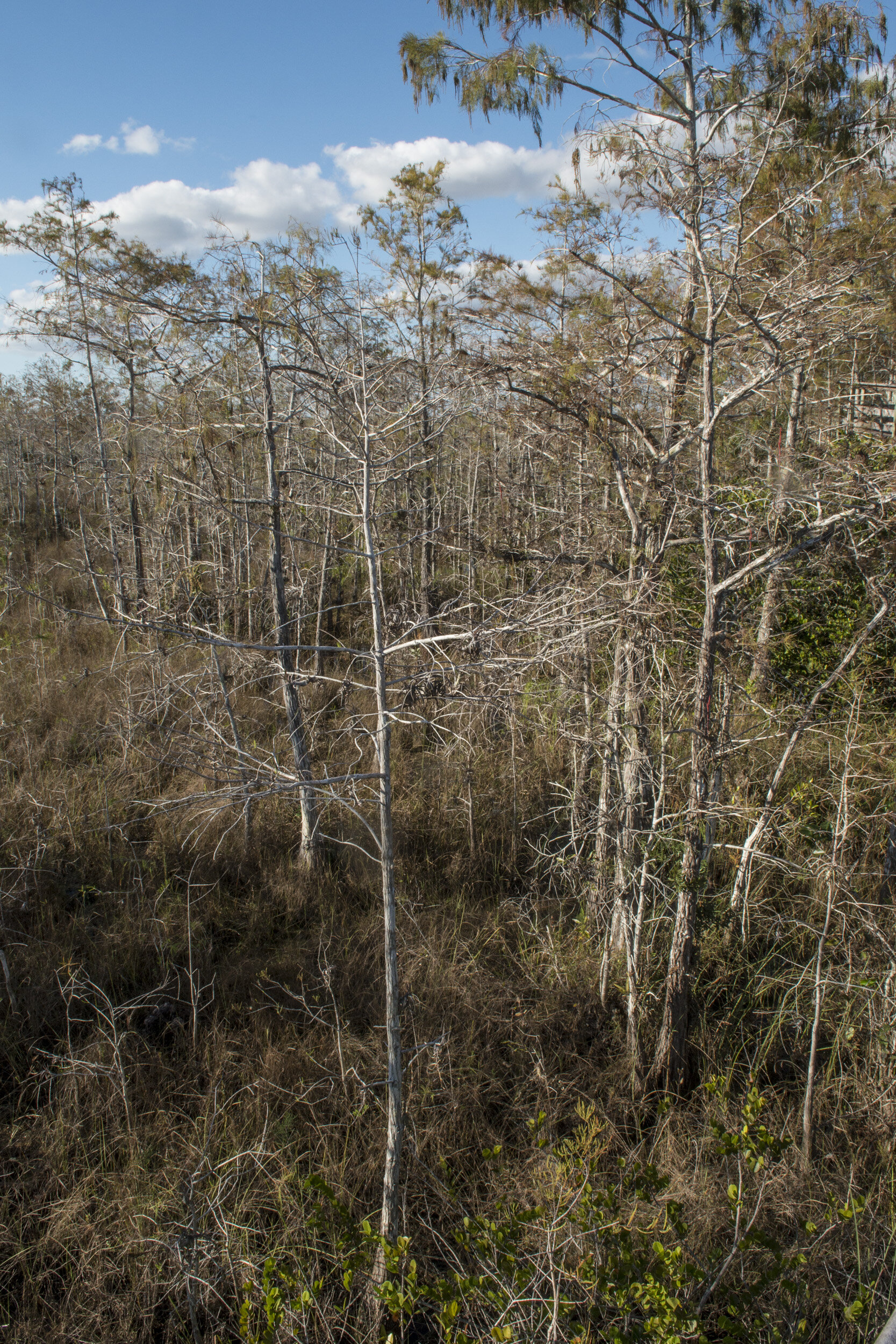
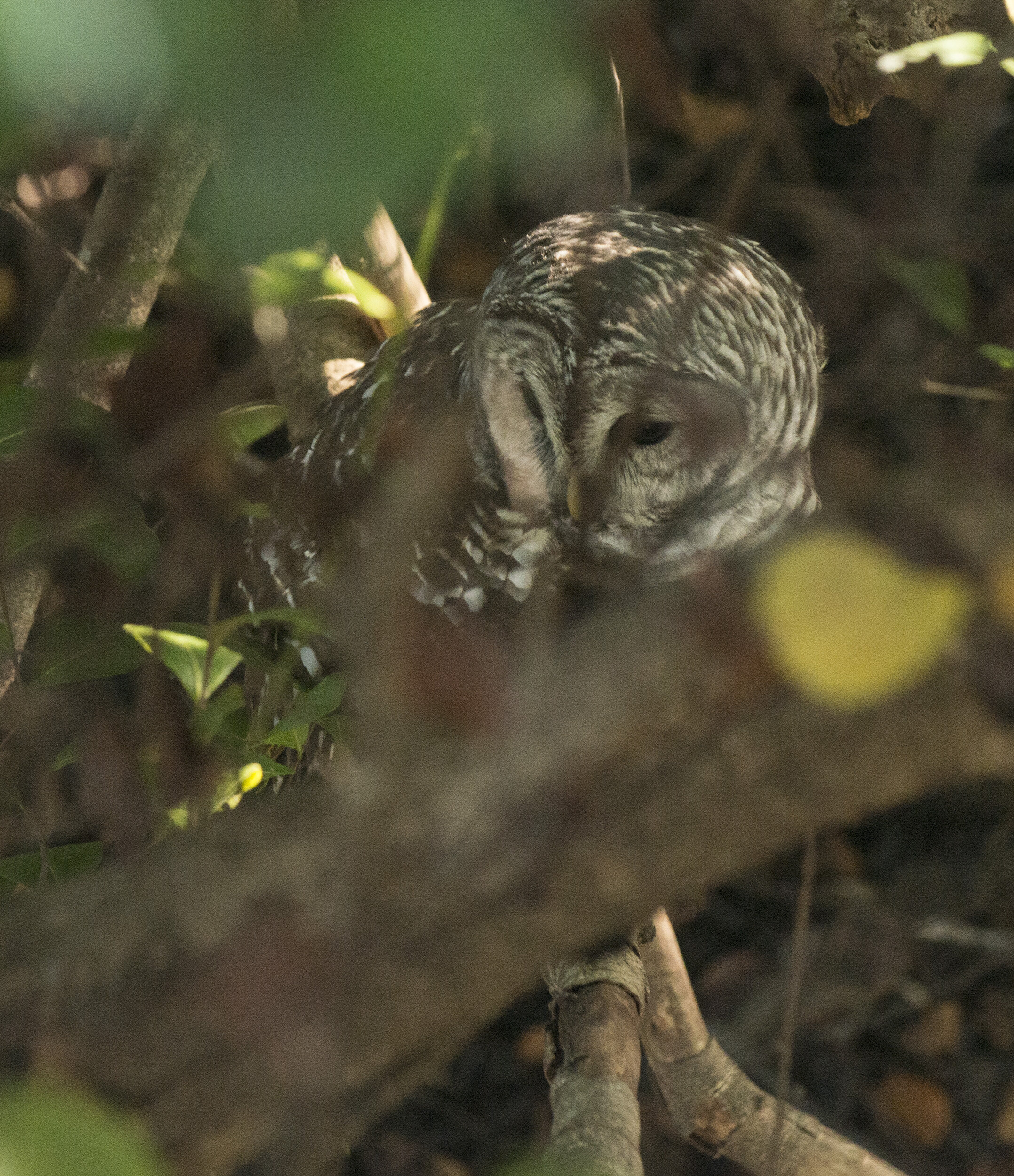
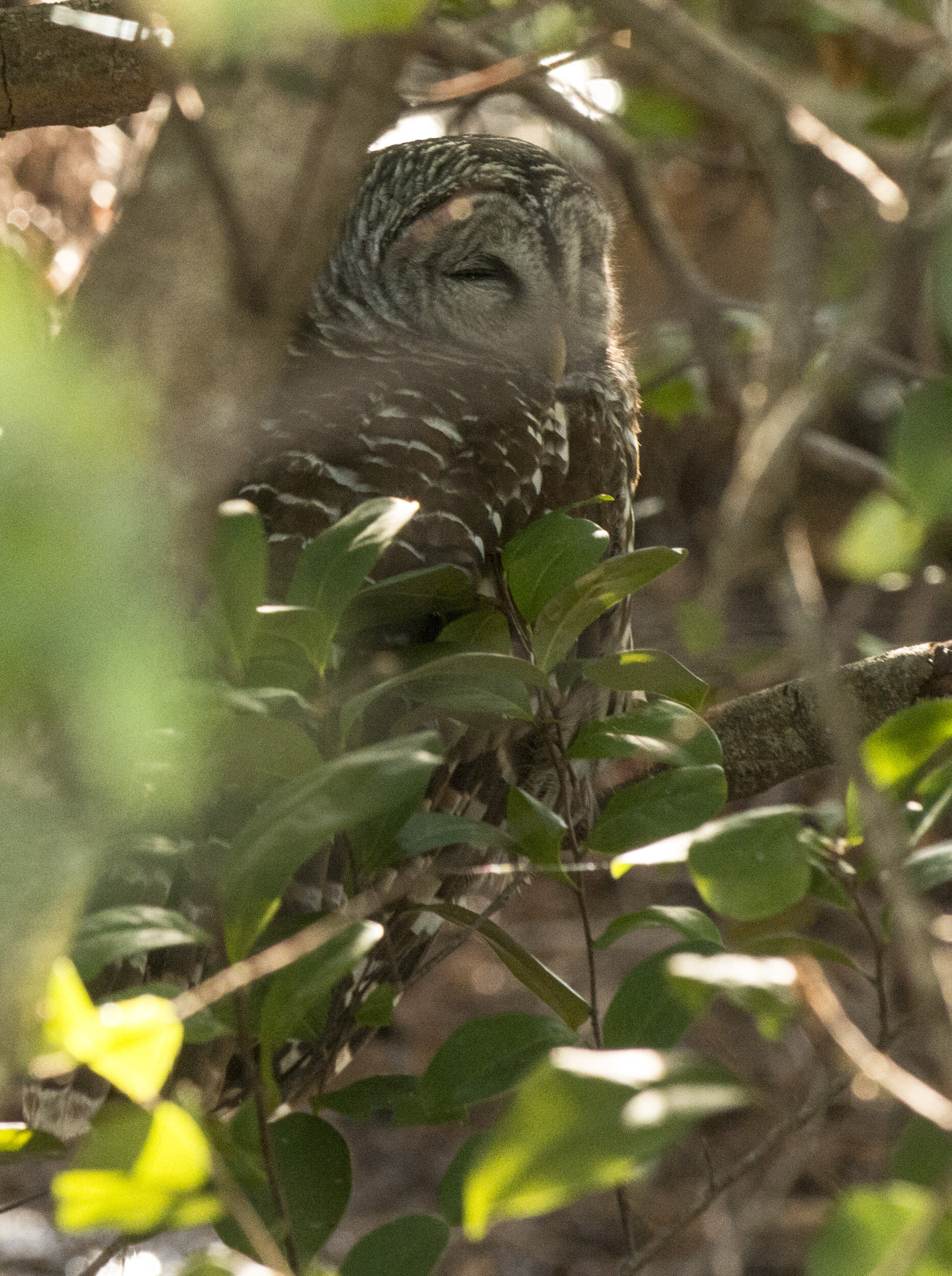
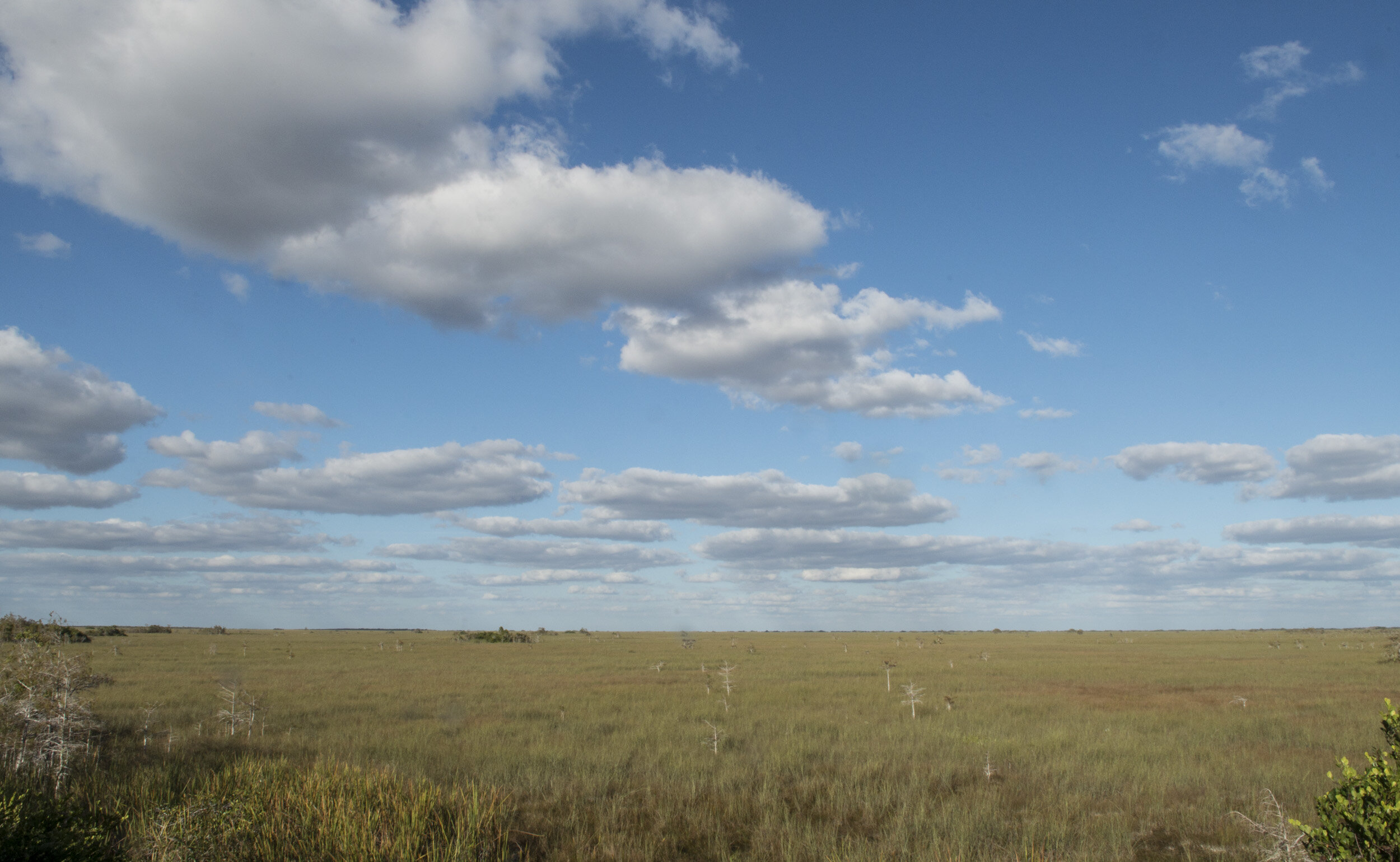
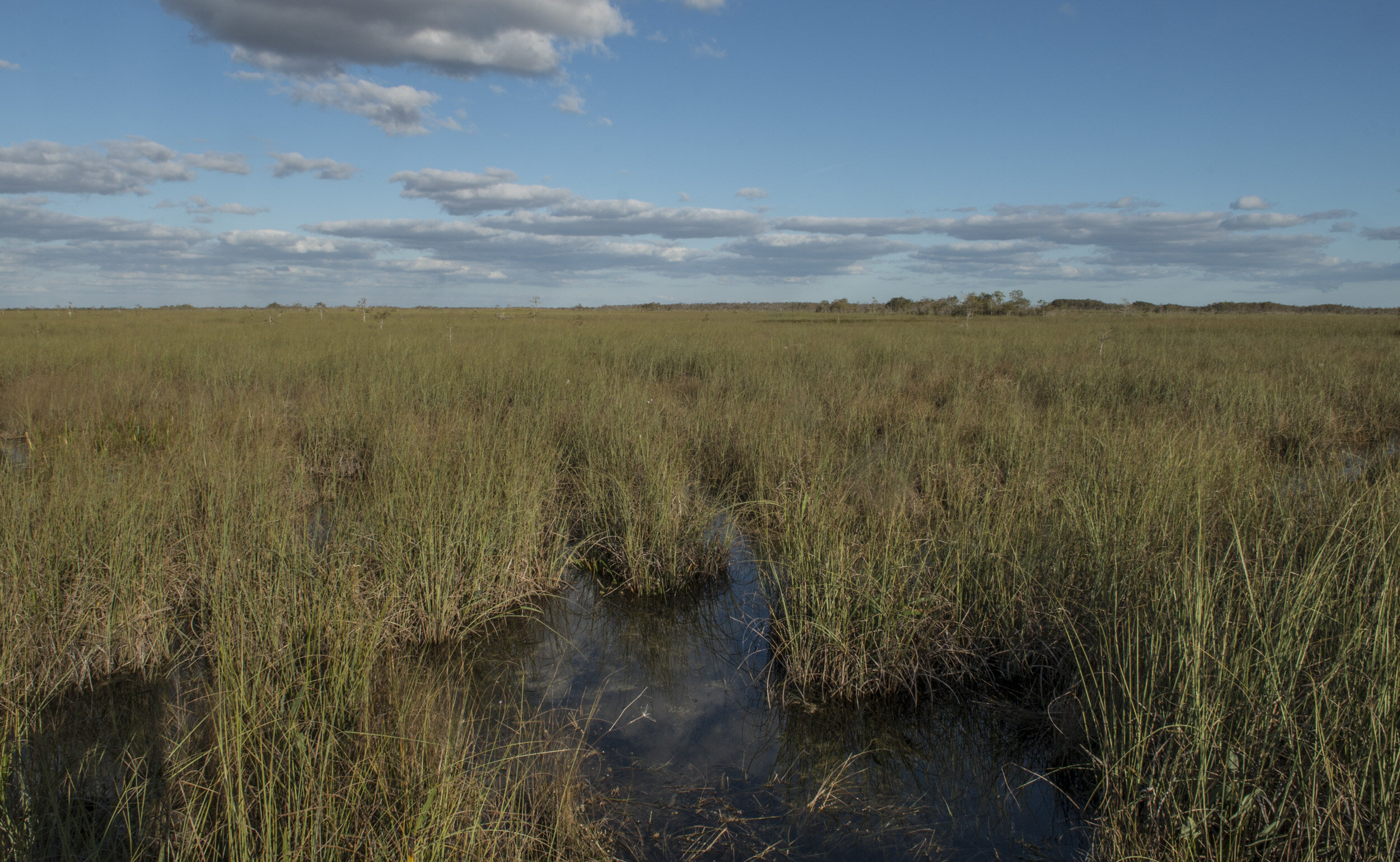
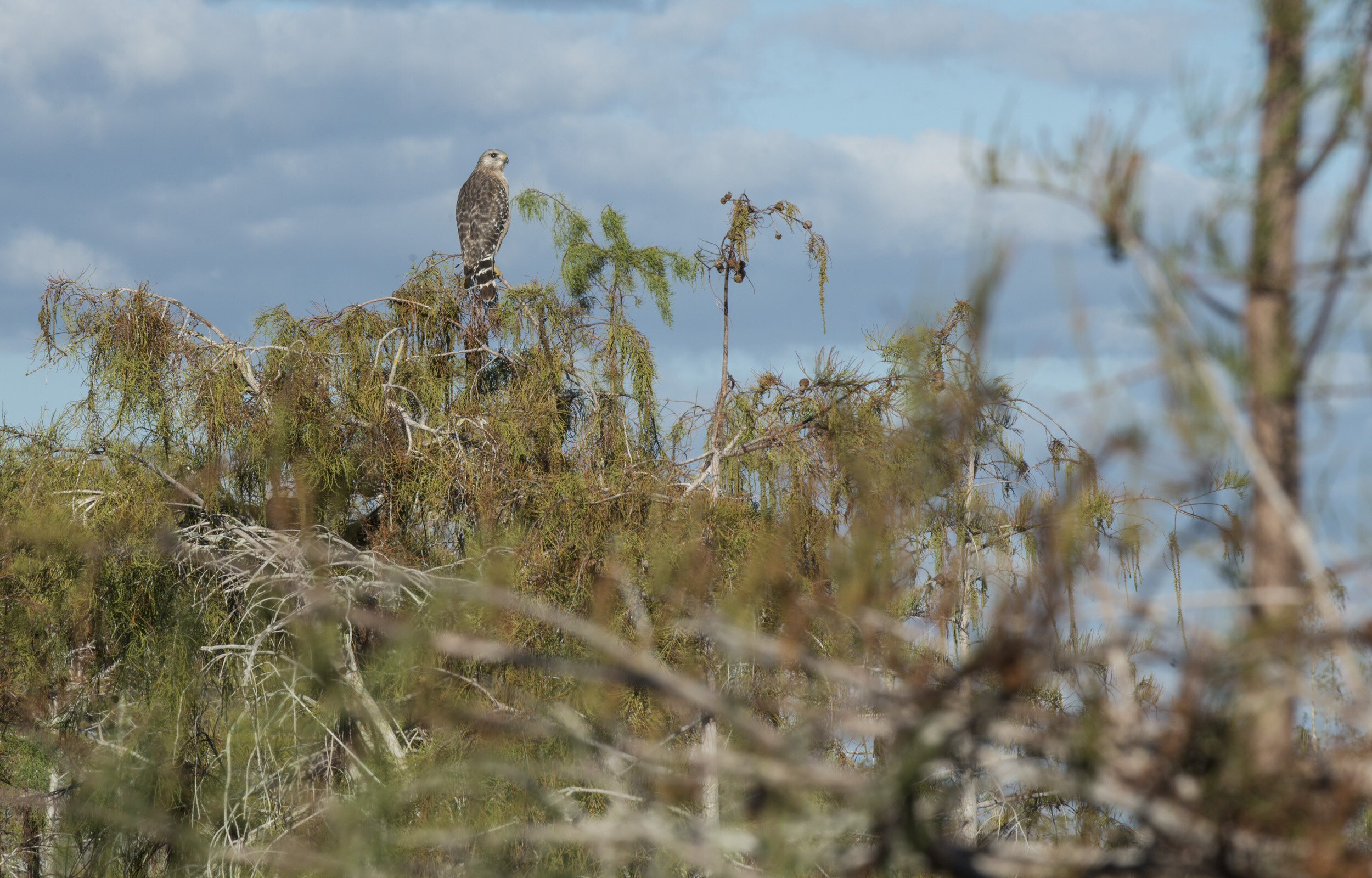
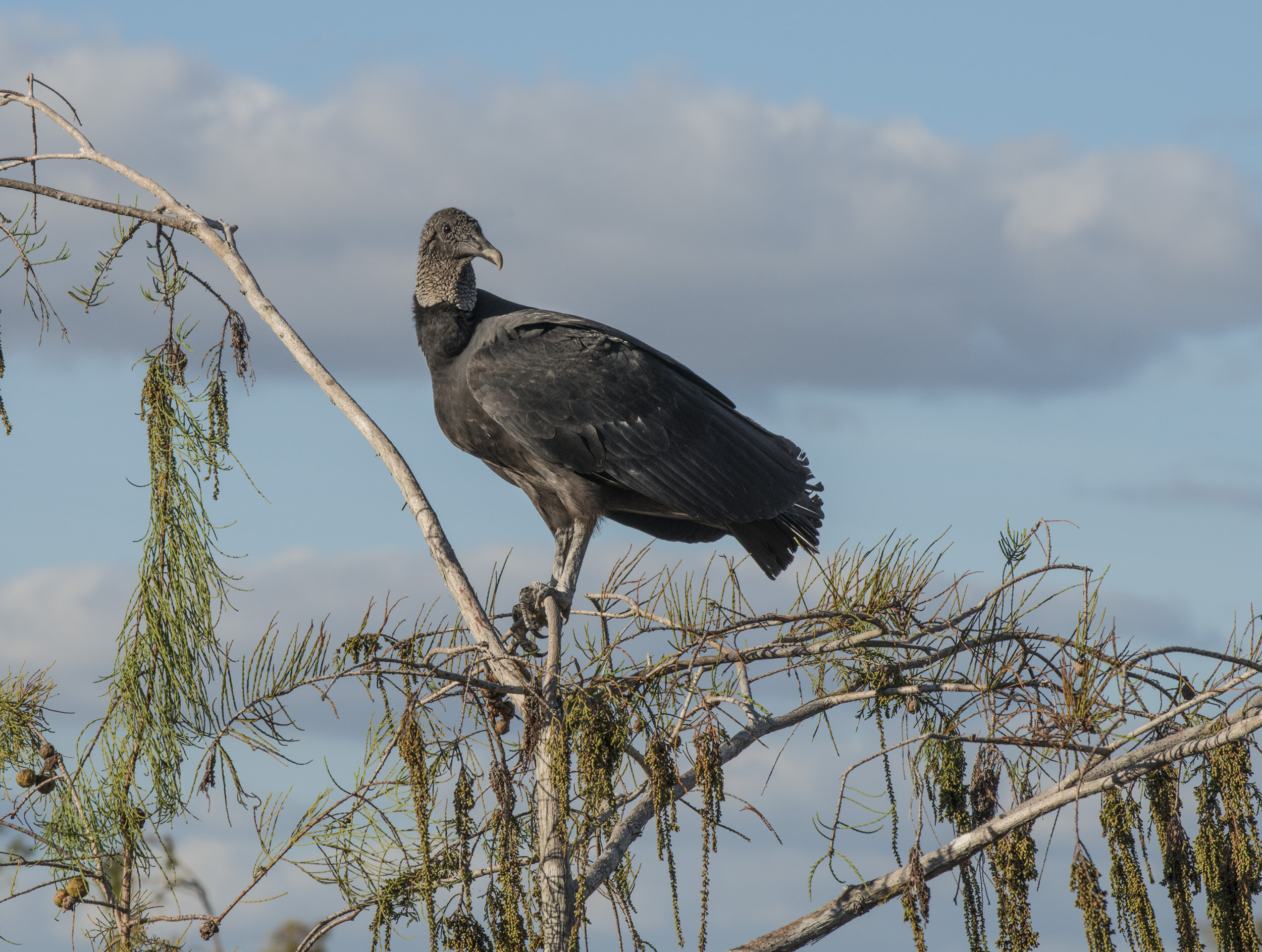
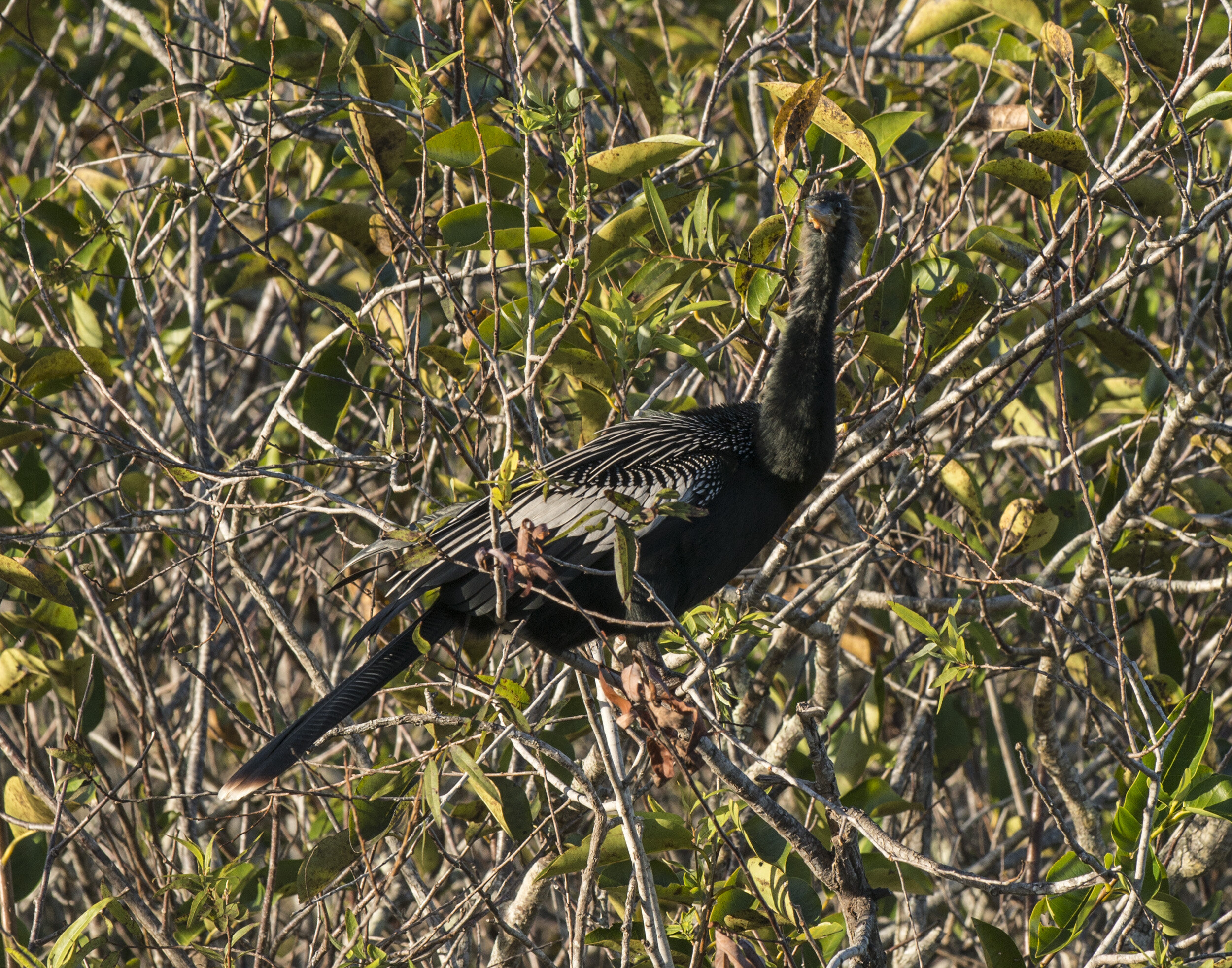
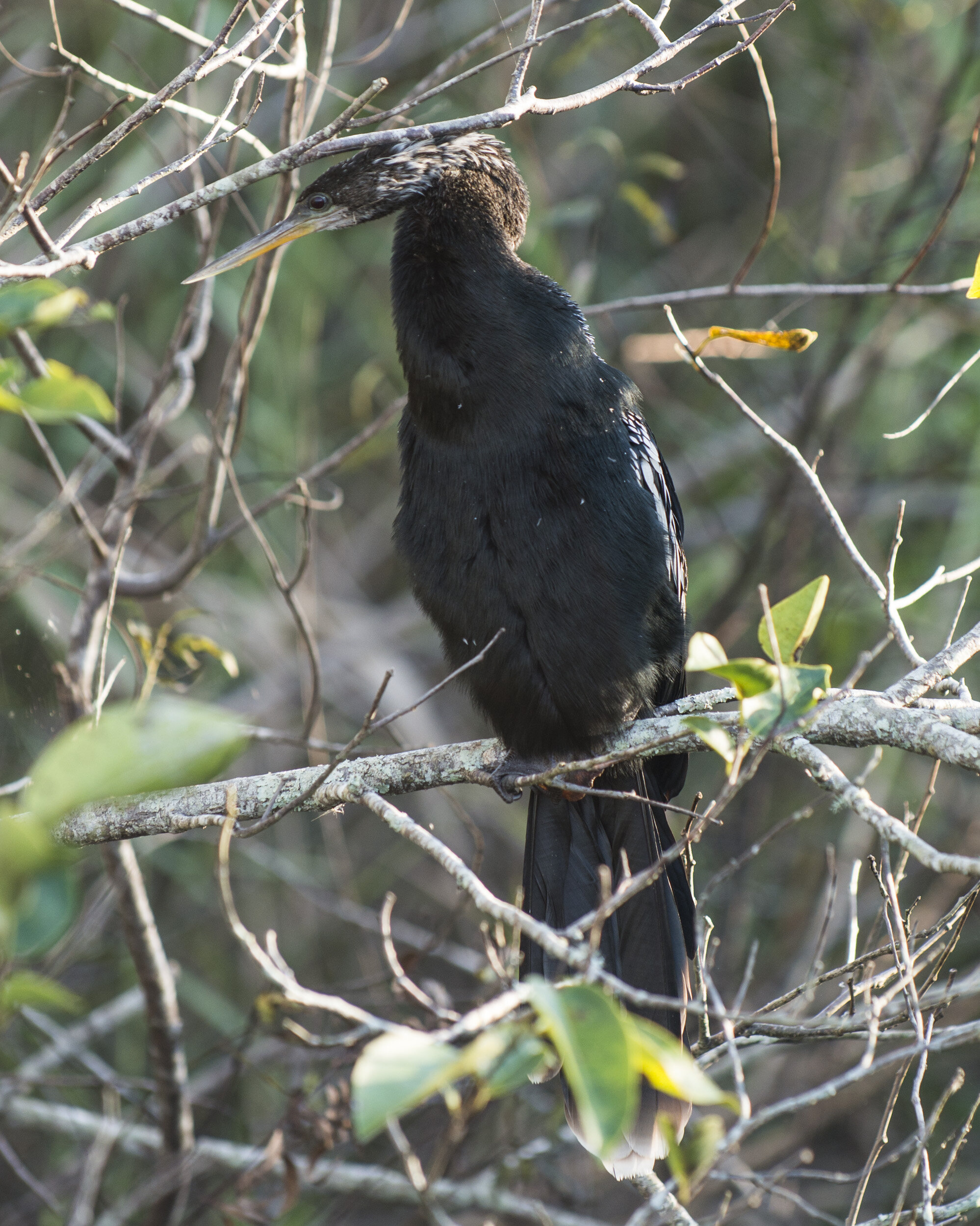
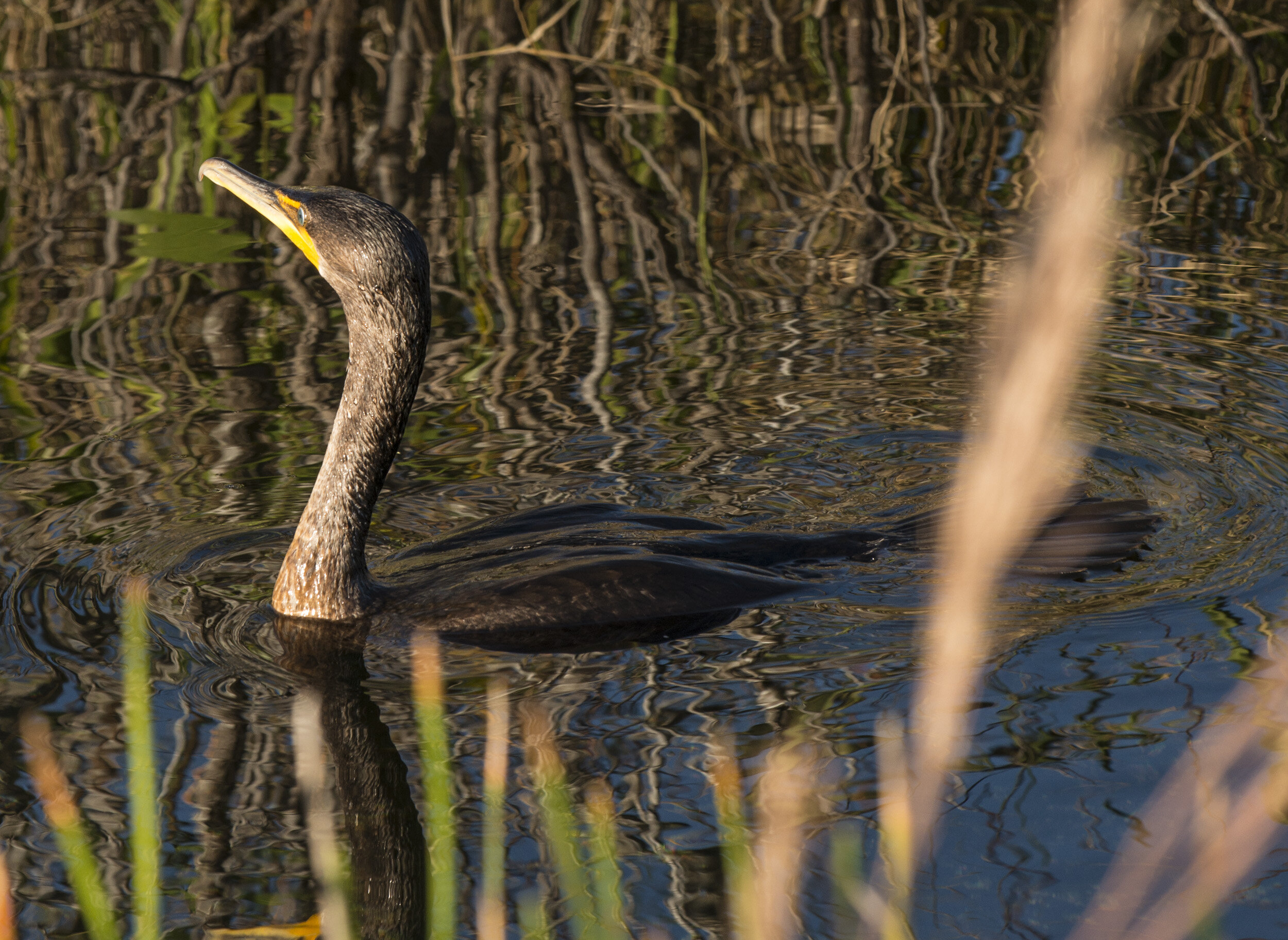
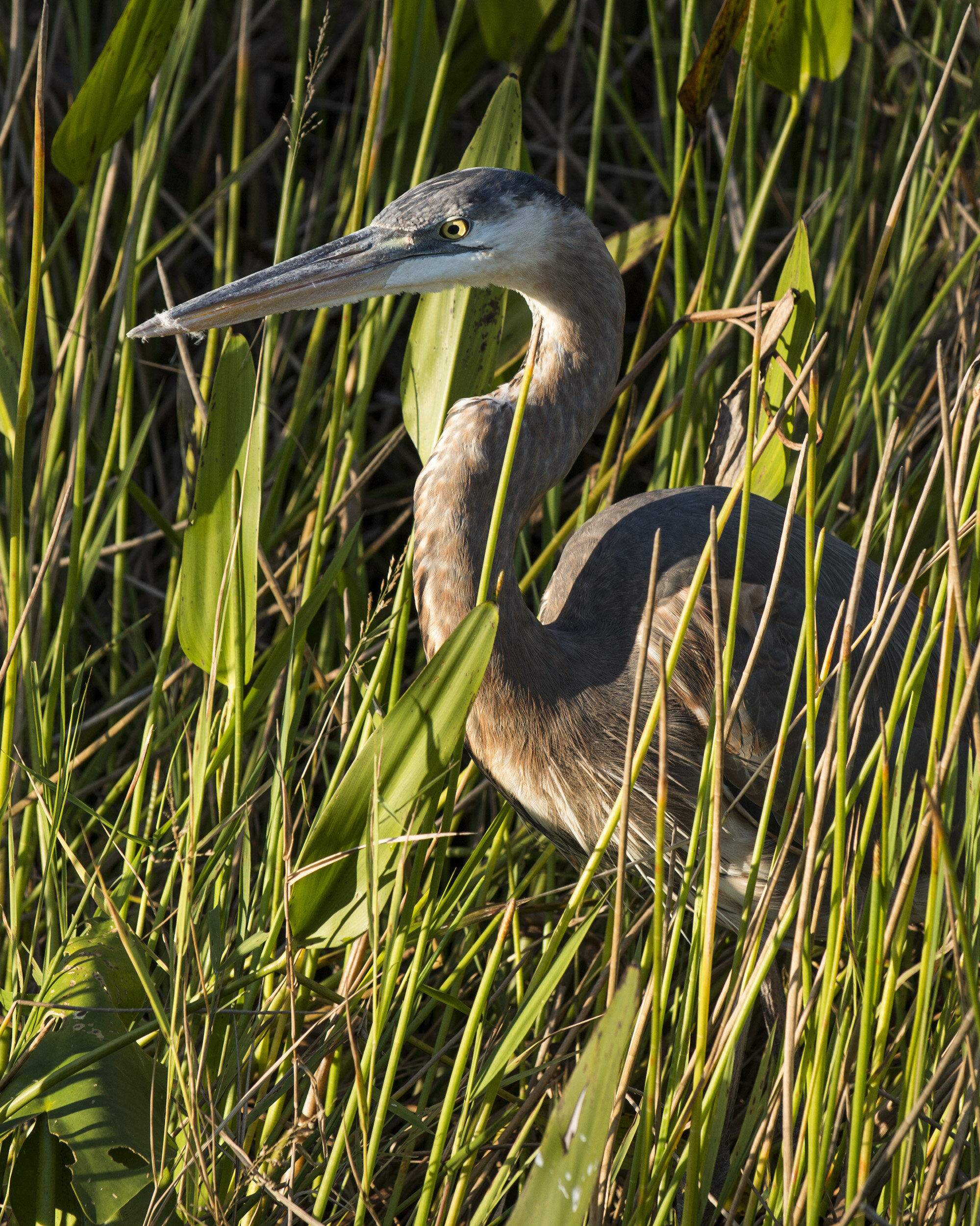
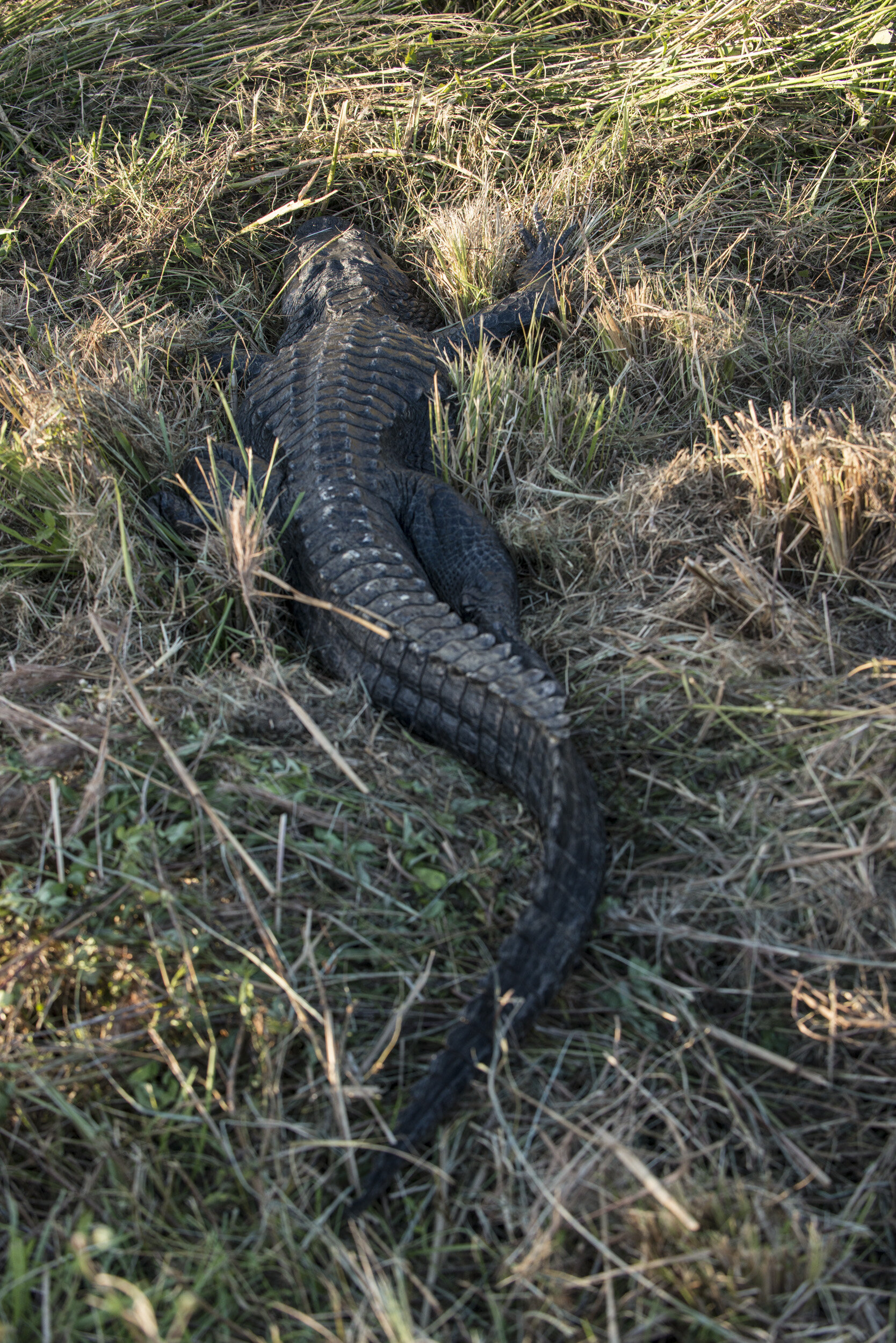
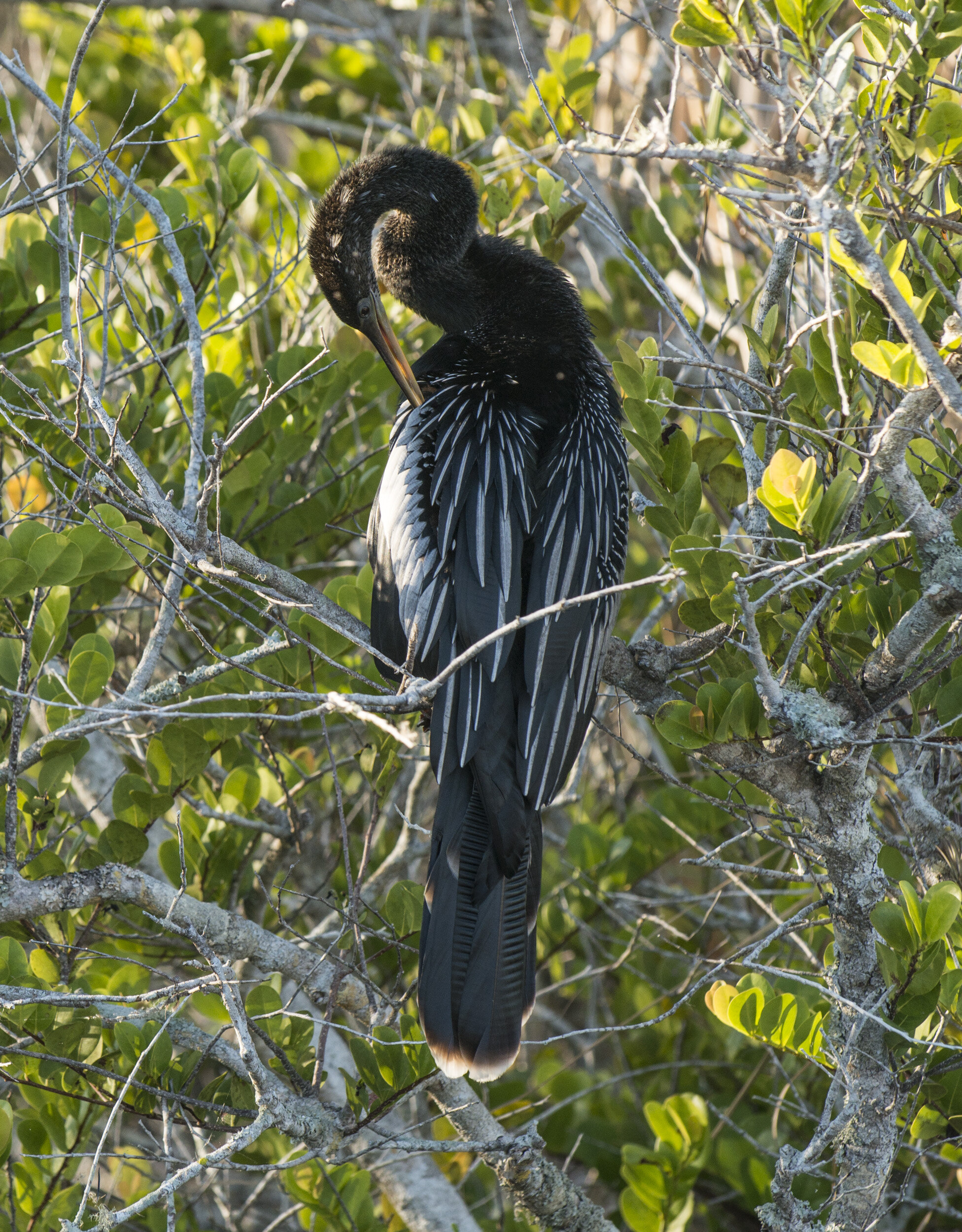
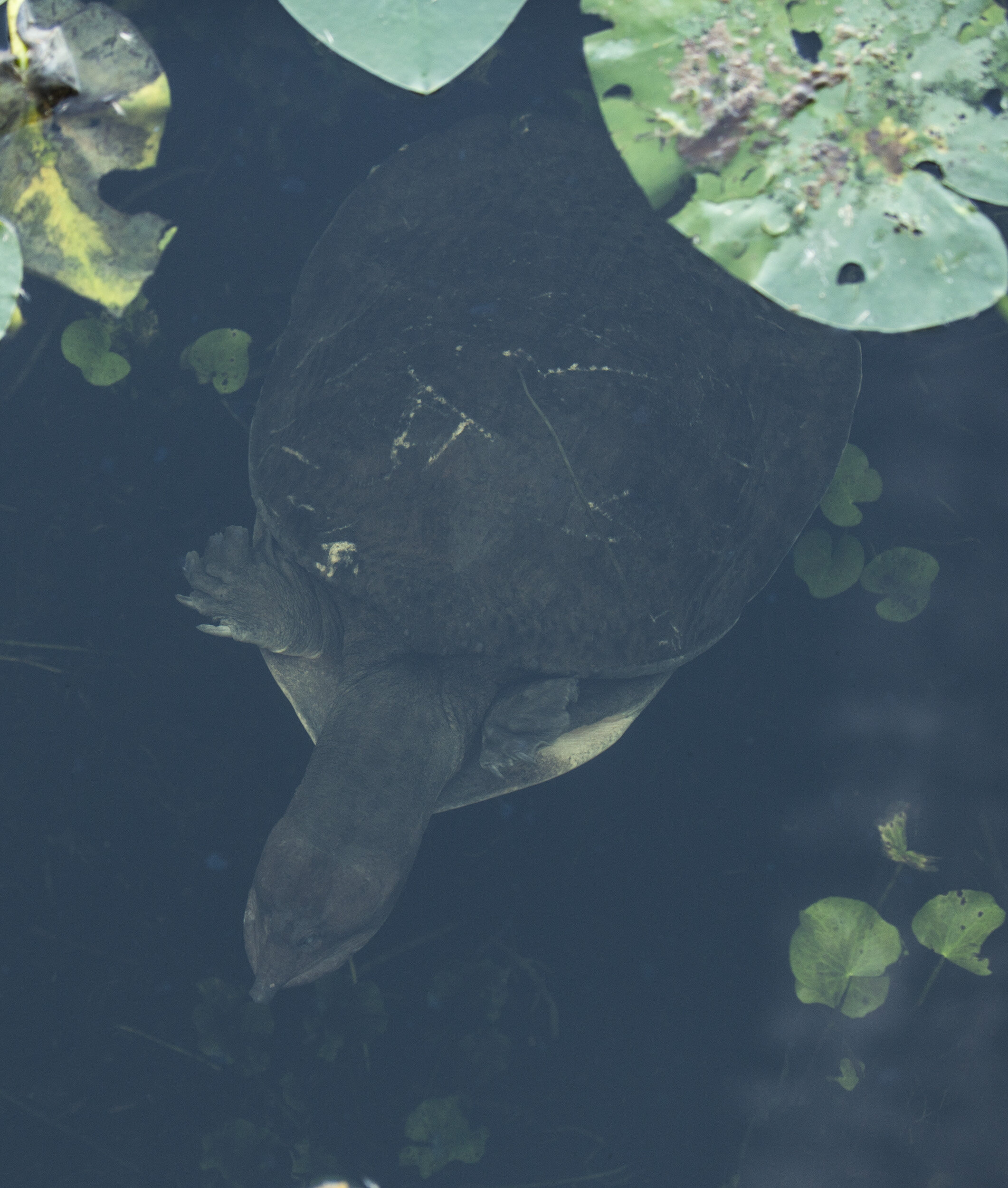
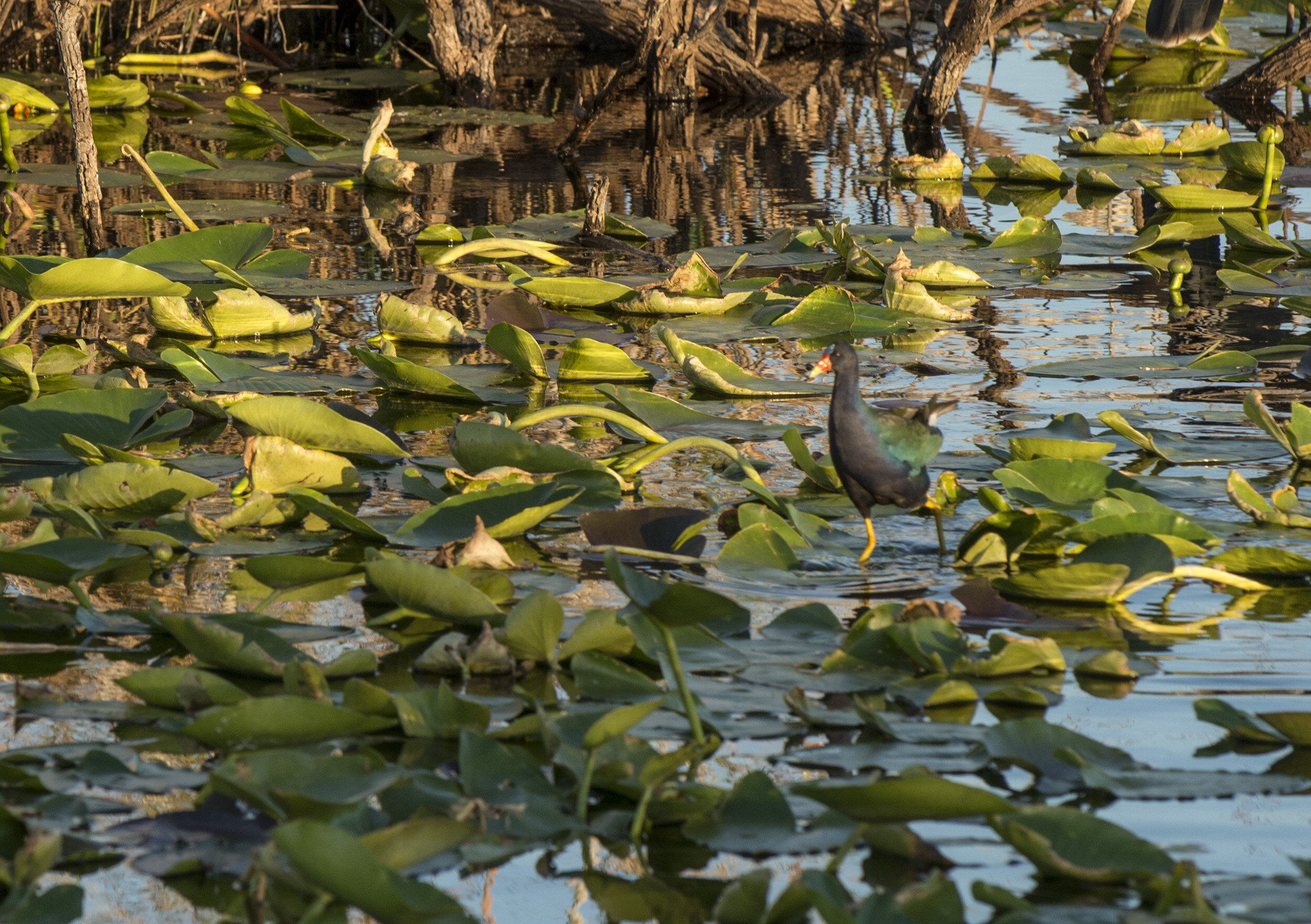
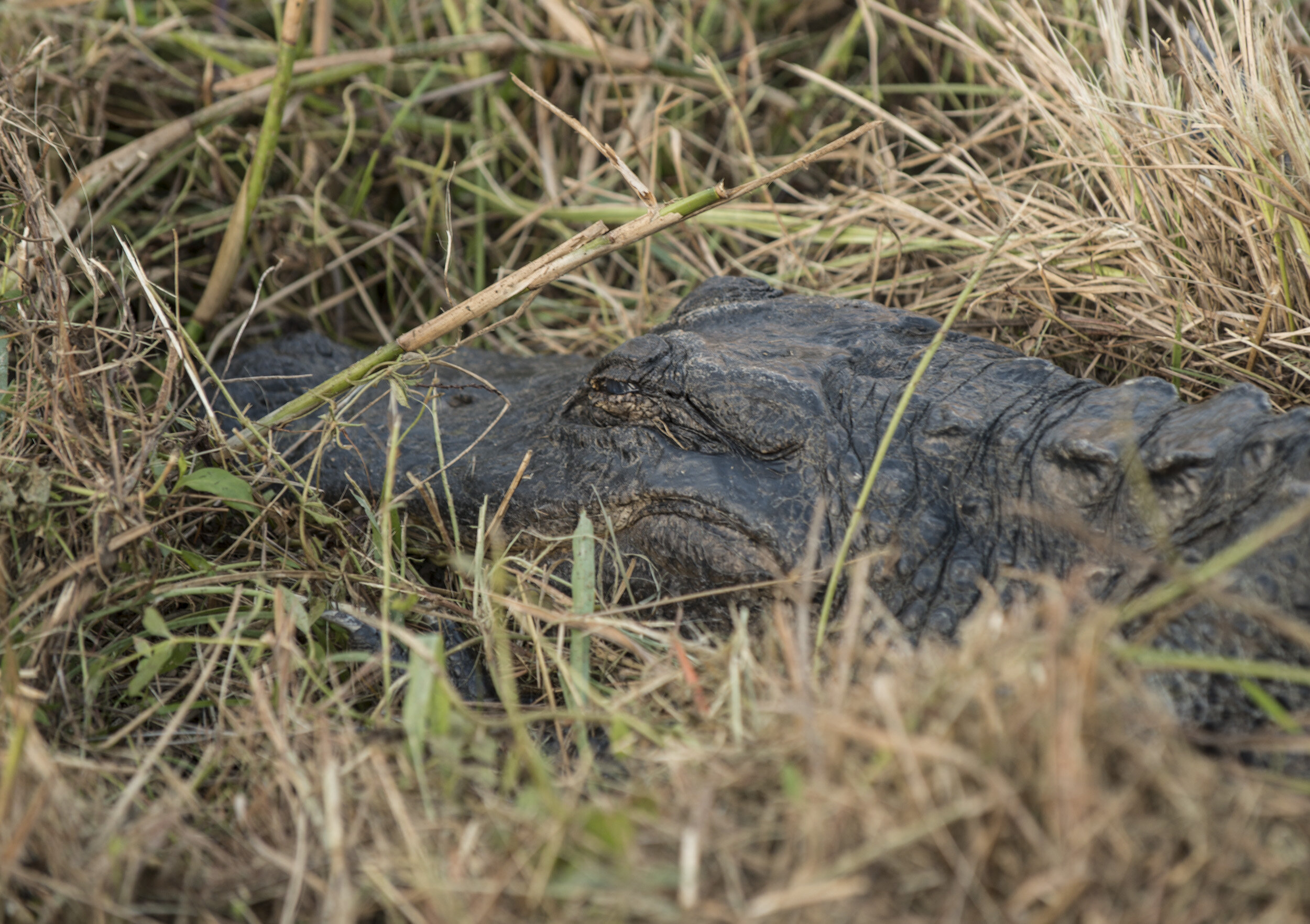

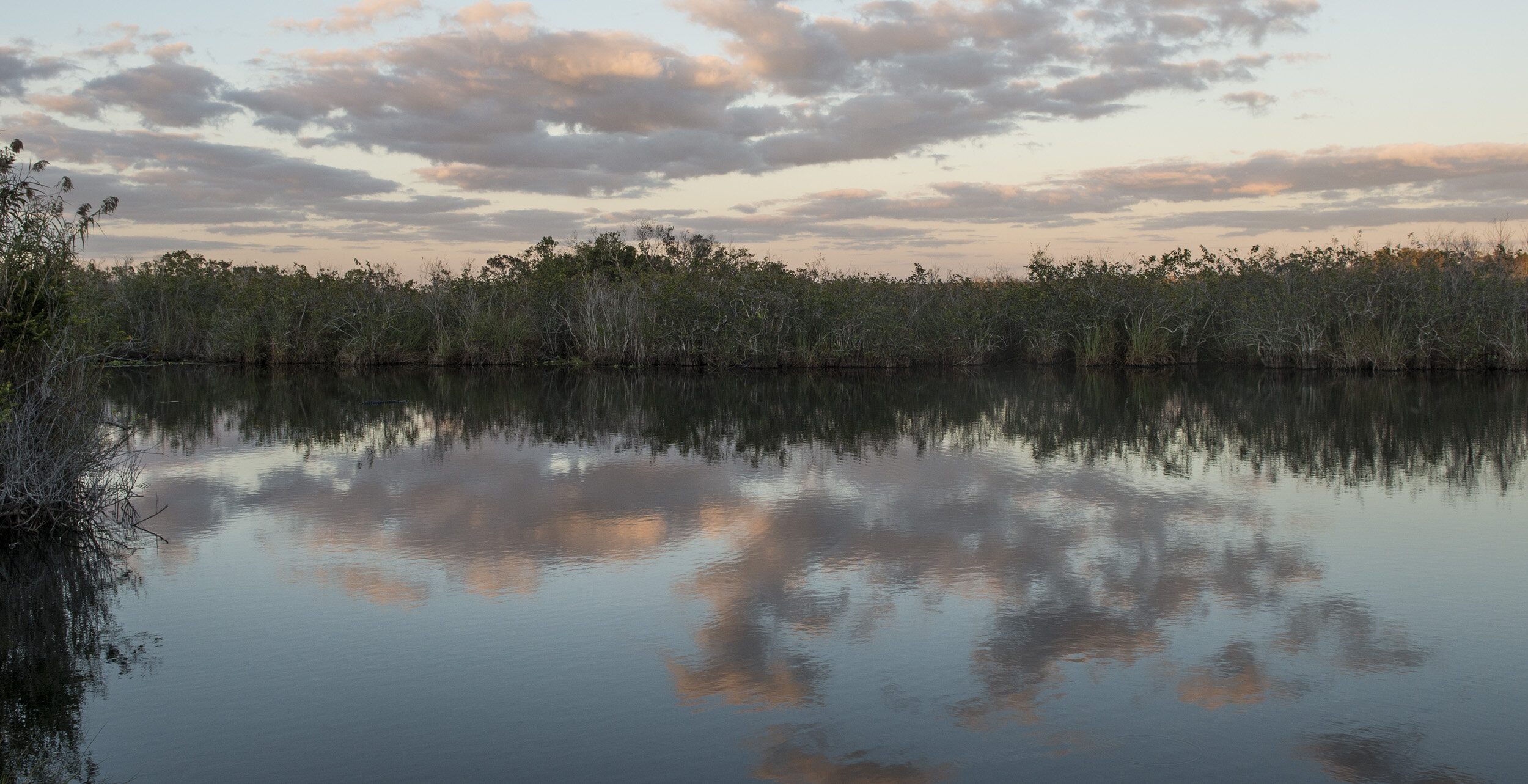
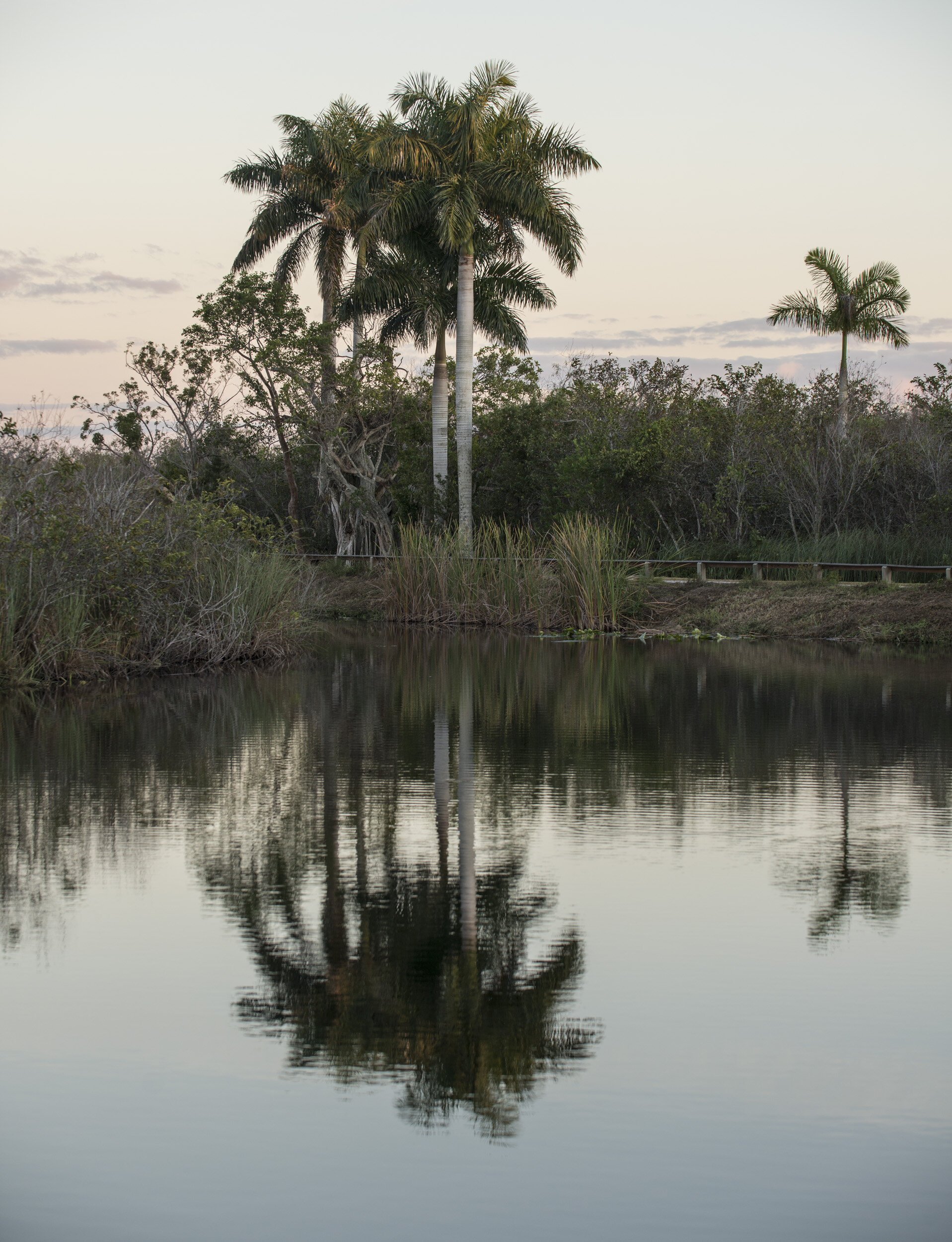
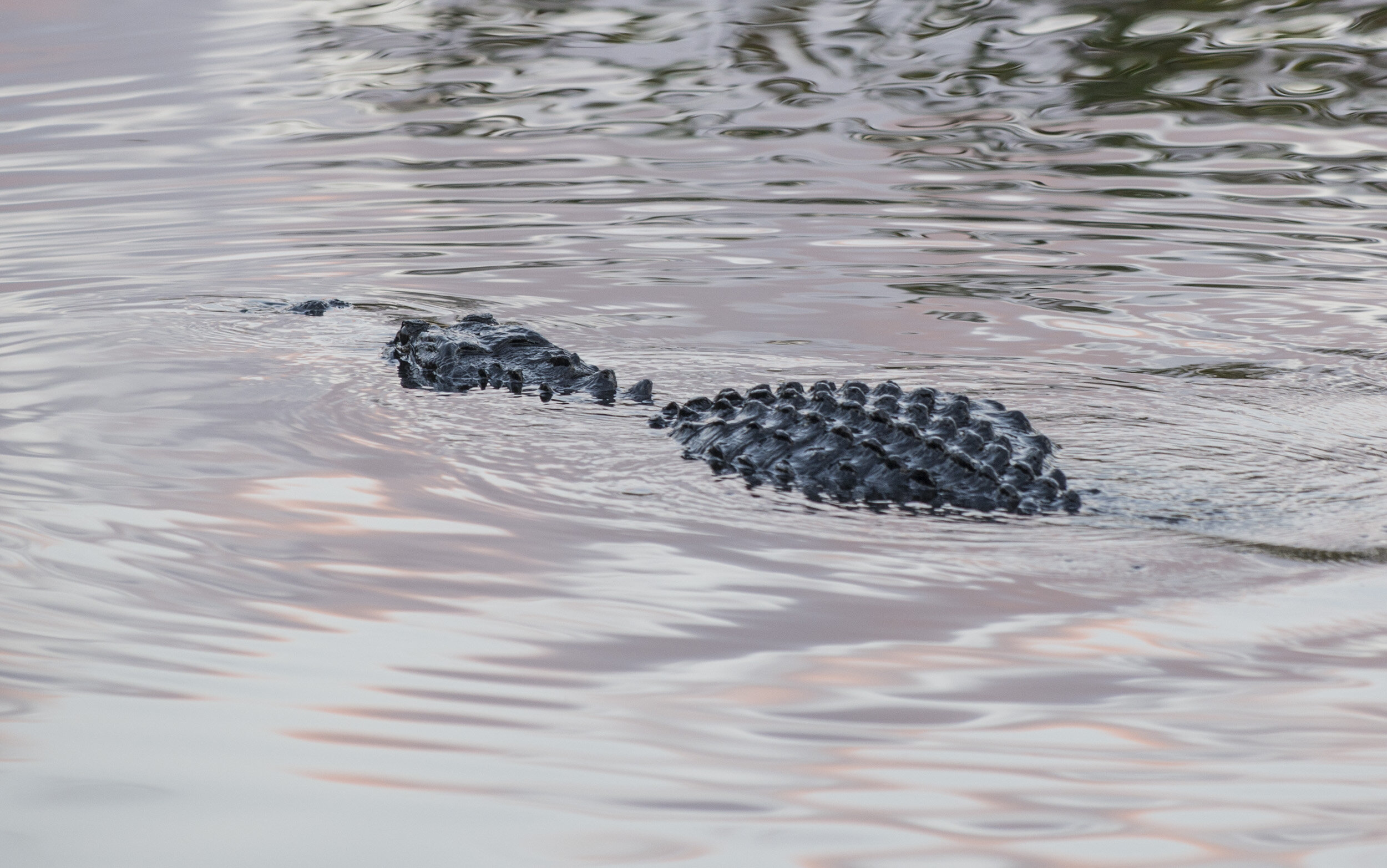
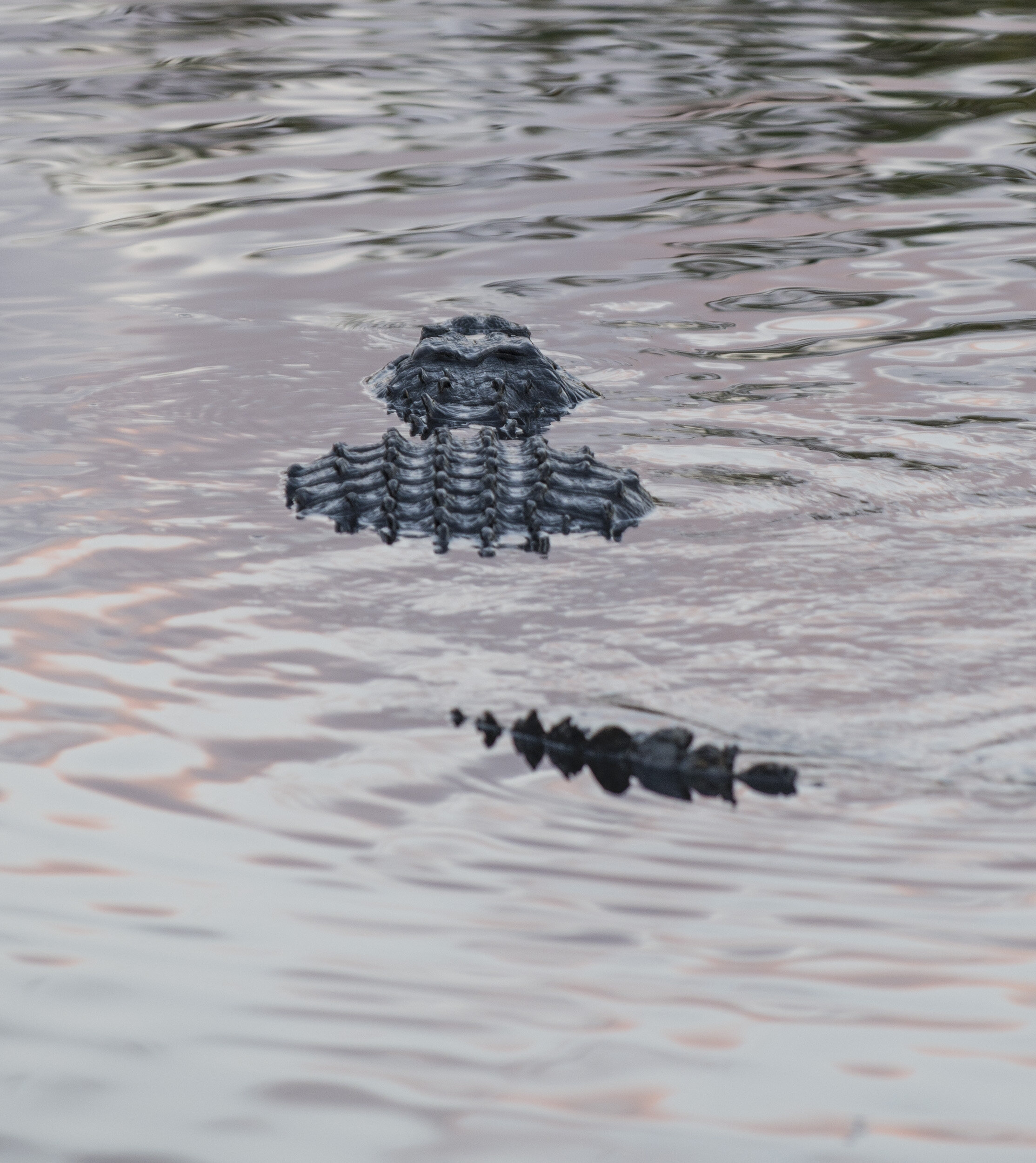
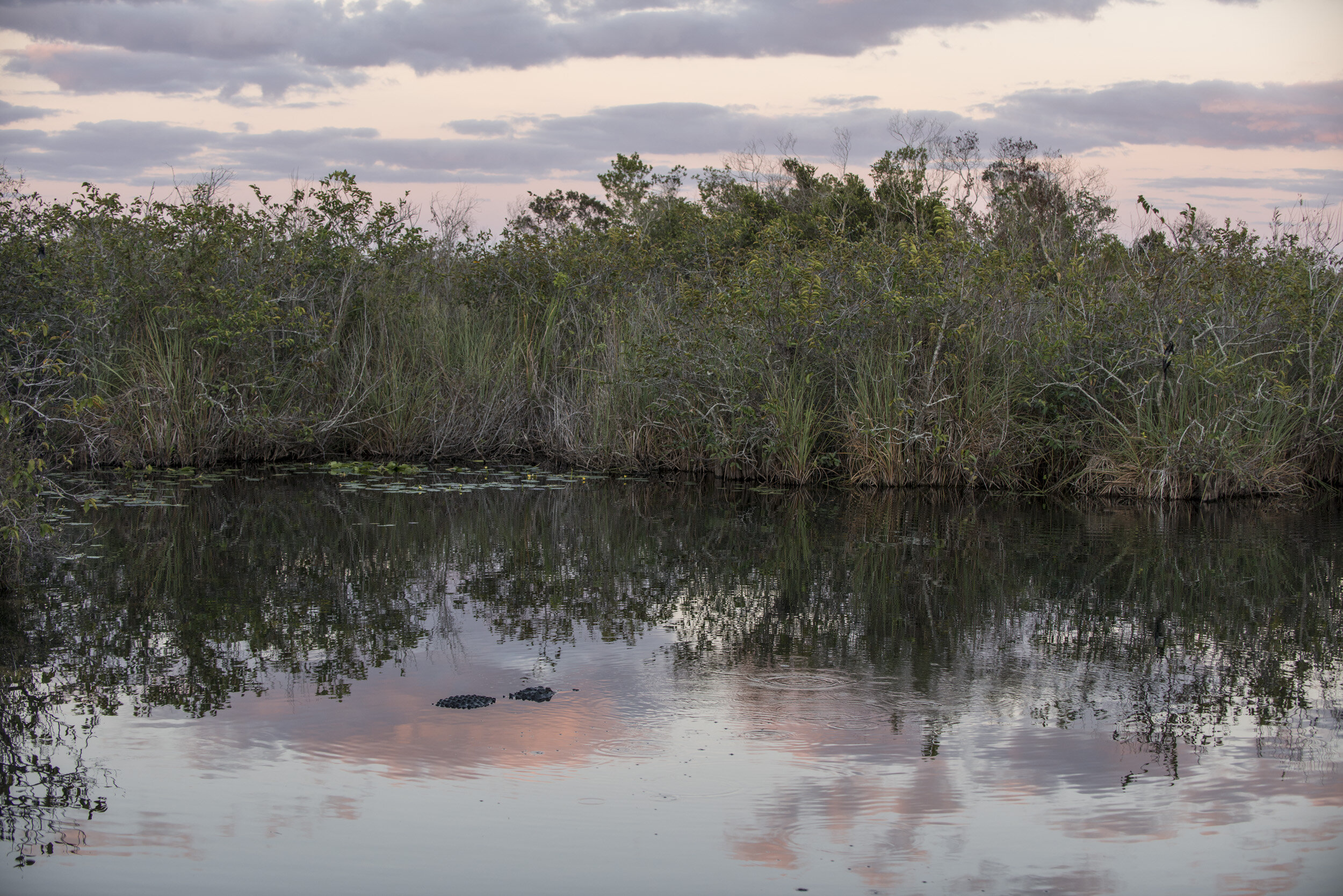
My experience in Everglades National Park was phenomenal. The wildlife viewing is world class. The solitude of the backcountry rivals any park I’ve been to. And while I admit it wasn’t deliberate, the timing of my visit was impeccable. That first week of December proved to be a great time to go. No crowds, (almost) no bugs, and relatively cool temperatures. Considering it sits next to a major metropolitan area, Everglades feels like it’s a million miles away. If I ever make it back I’d love to paddle the full 90 mile stretch of the Wilderness Waterway staying on chickees, or maybe circumnavigate Cape Sable and camp on the beach. If I don’t, I’m happy with the time I spent there and it’ll rank as one of my favorite national park adventures.
Other posts in this series:
Great Sand Dunes National Park, Colorado. An Alien Planet In The Middle Of America.
Gateway Arch National Park, Missouri. Super sketchy, But I Did It.
Dry Tortugas National Park, Florida. Best Birthday Ever.
Theodore Roosevelt National Park, North Dakota. Stuck In A Dangerous Situation.
Great Basin National Park, Nevada. An Unexpected Journey.
White Butte, Highpoint of North Dakota. Really? More Goats?
Mount Katahdin, Highpoint of Maine. If At First you Don't Succeed...
Hawkeye Point, Highpoint of Iowa. So... Much... Corn...
Granite Peak, Highpoint of Montana. I Have Seen The Top Of The Mountain, And It Is Good.
Mount Borah, Highpoint of Idaho. The Great American Eclipse Of 2017.
Tri-Point Of Iowa, Nebraska, And South Dakota. Hot. Damn Hot. Real Hot.
Sassafras Mountain, Highpoint of South Carolina. Please excuse our mess.
Ebright Azimuth, Highpoint of Delaware. Rock bands and space shuttles.
Charles Mound, Highpoint of Illinois. A farmland stroll.
Tri-point of NC, TN, and VA. My car meets its match.
Mount Rogers, Highpoint of Virginia. OH MY GOD!!! LOOK AT ALL THE FUZZY PONIES!!!
Guadalupe Peak, Highpoint of Texas. Birth of an obsession. And big freaking bugs.


























